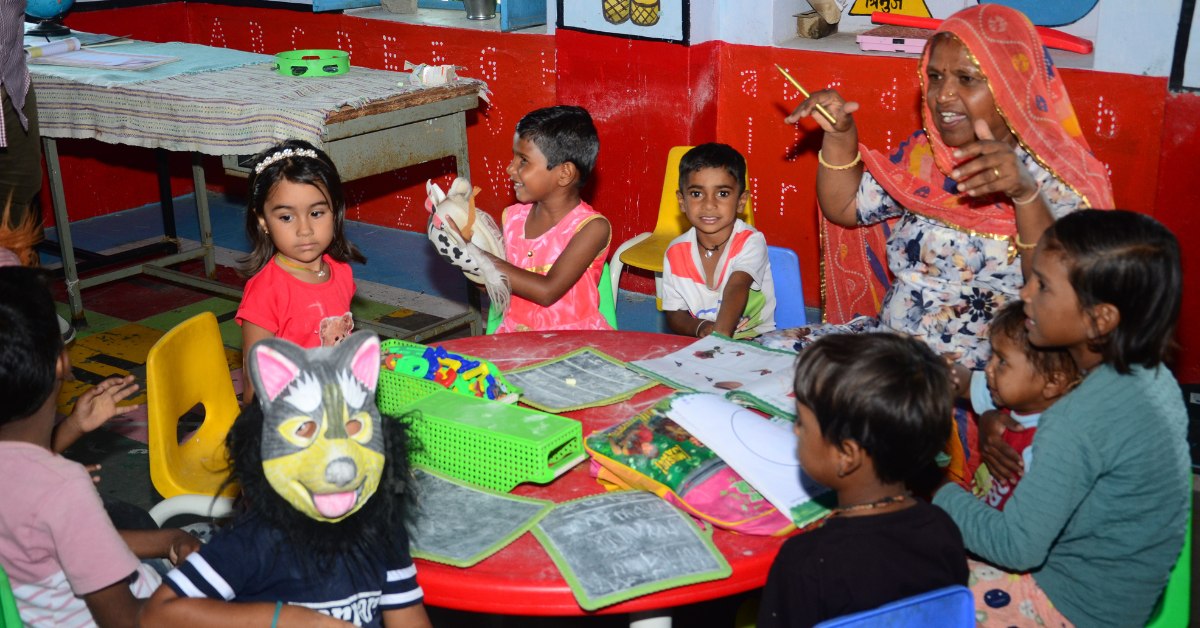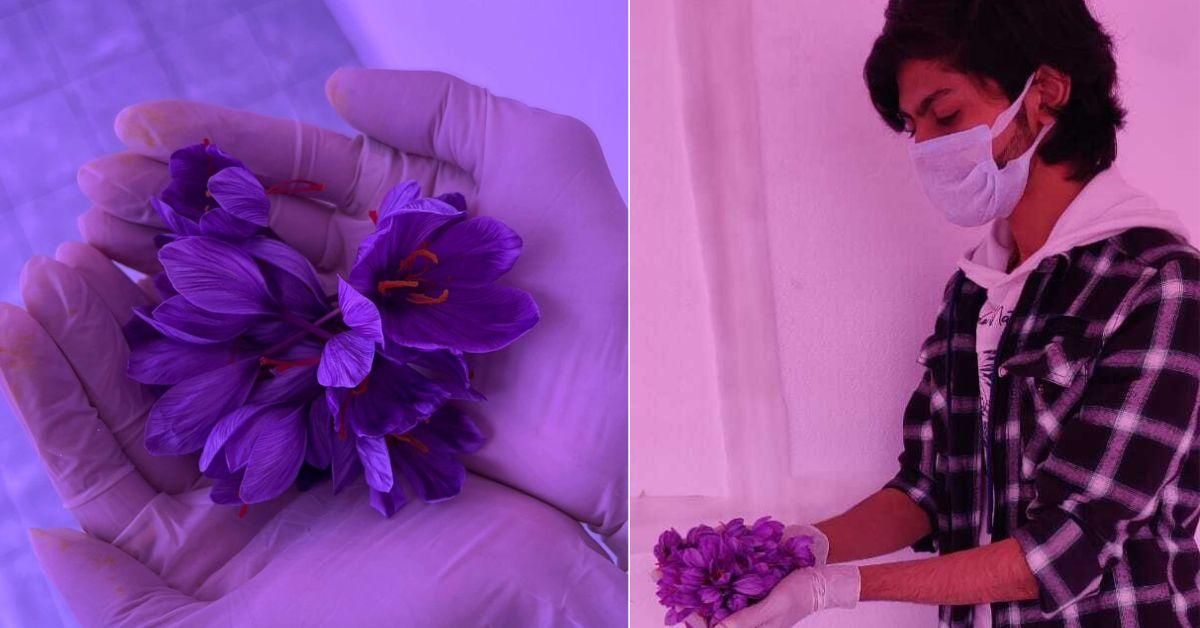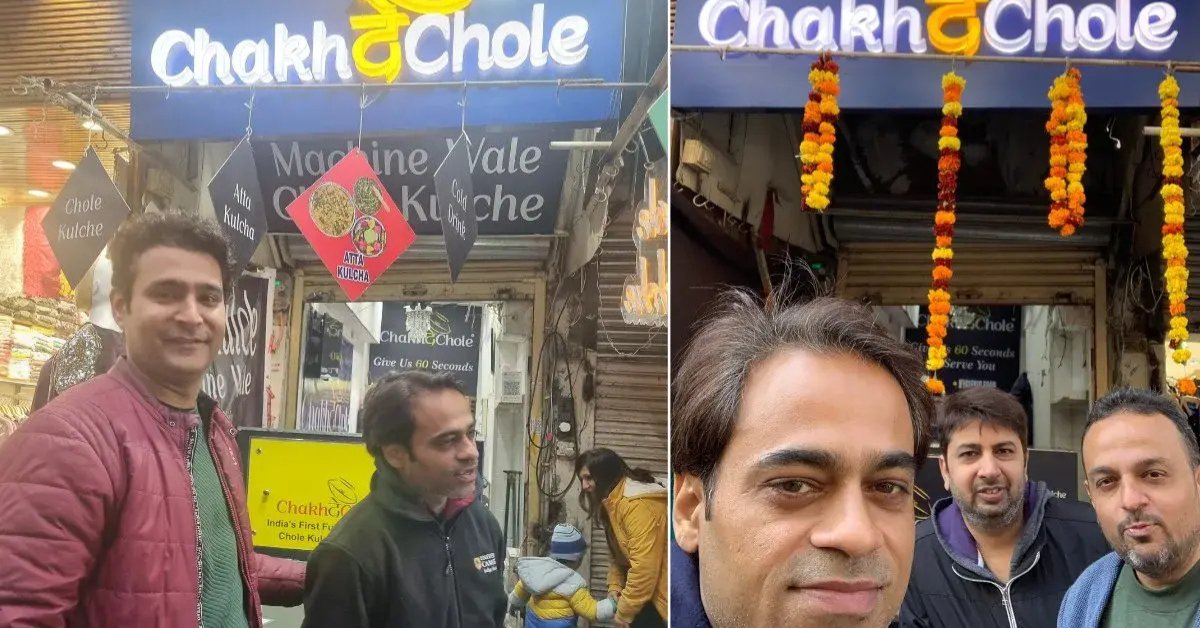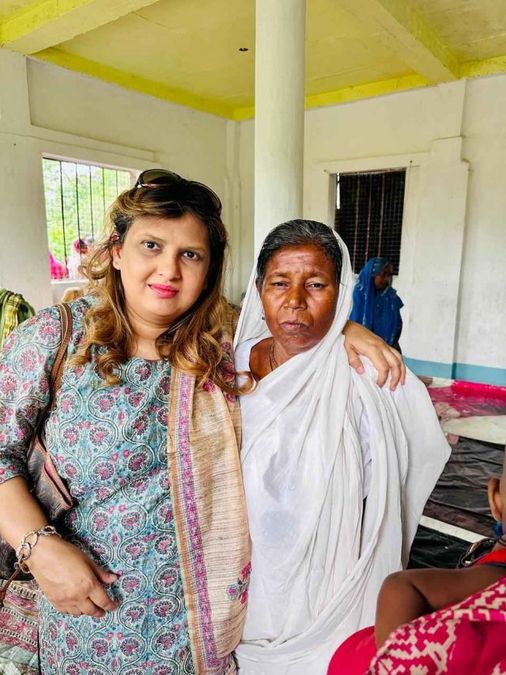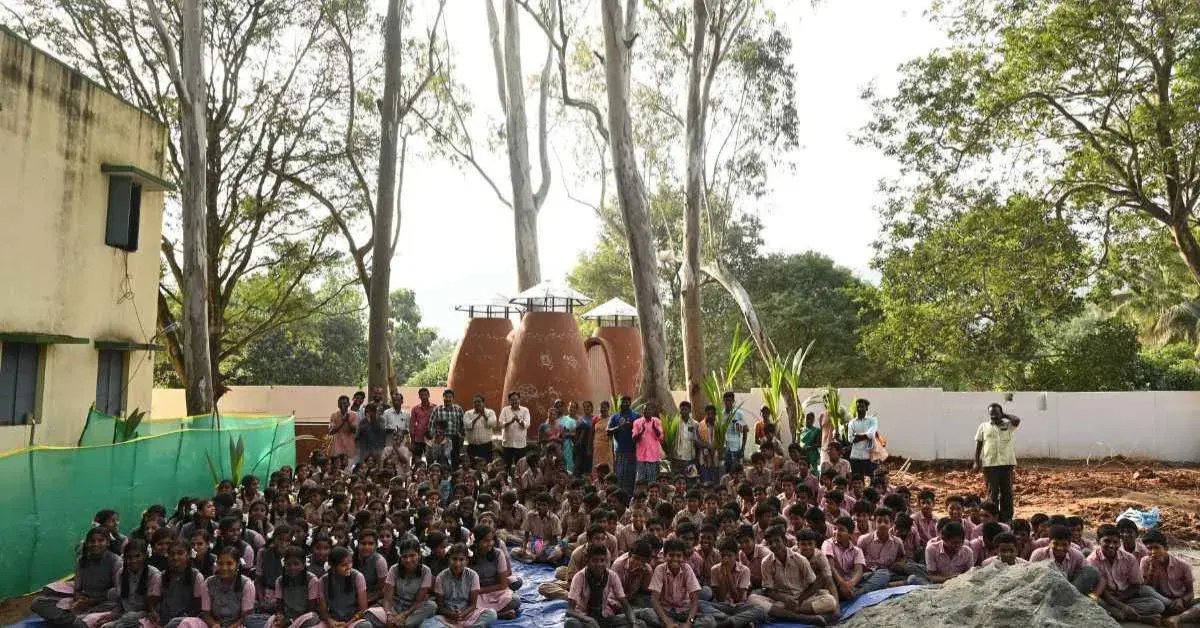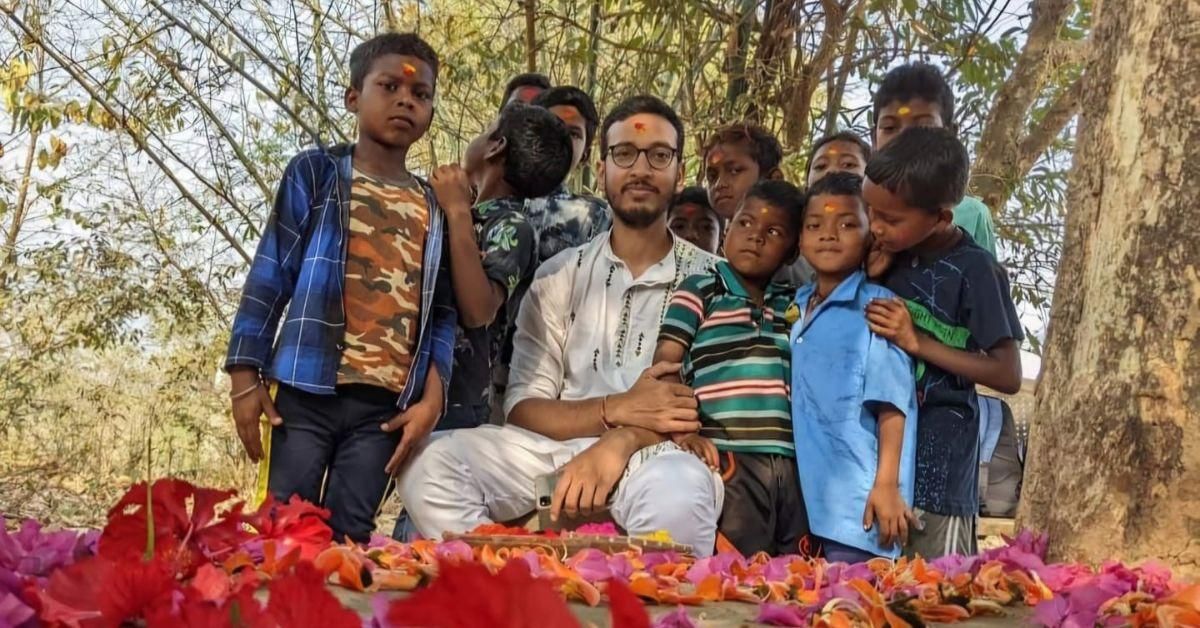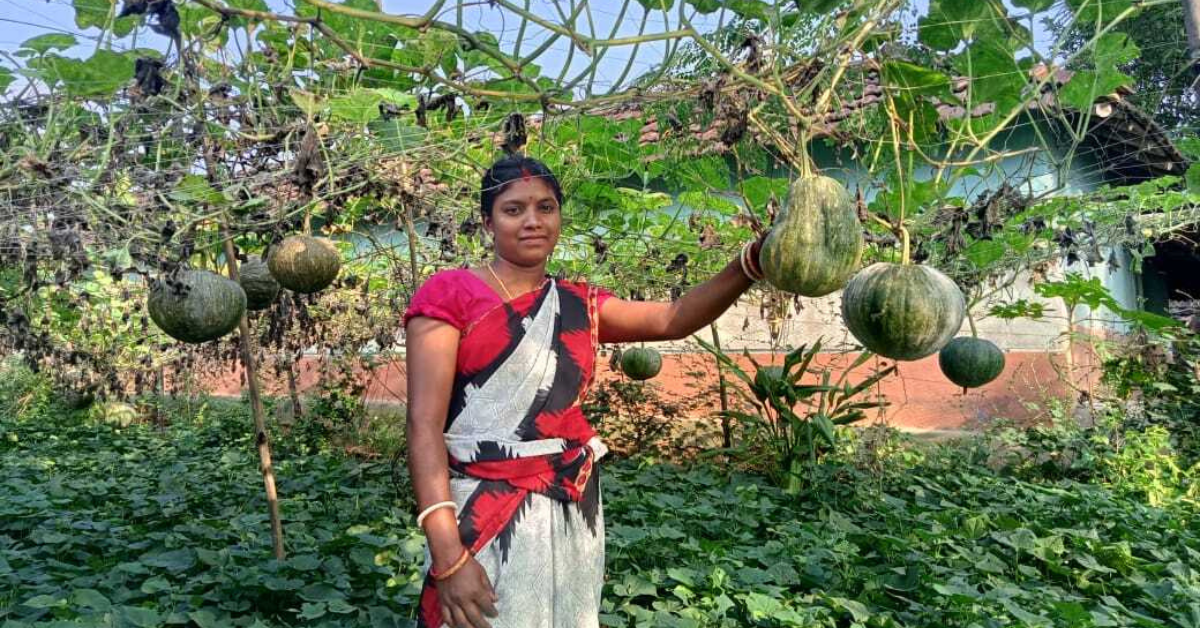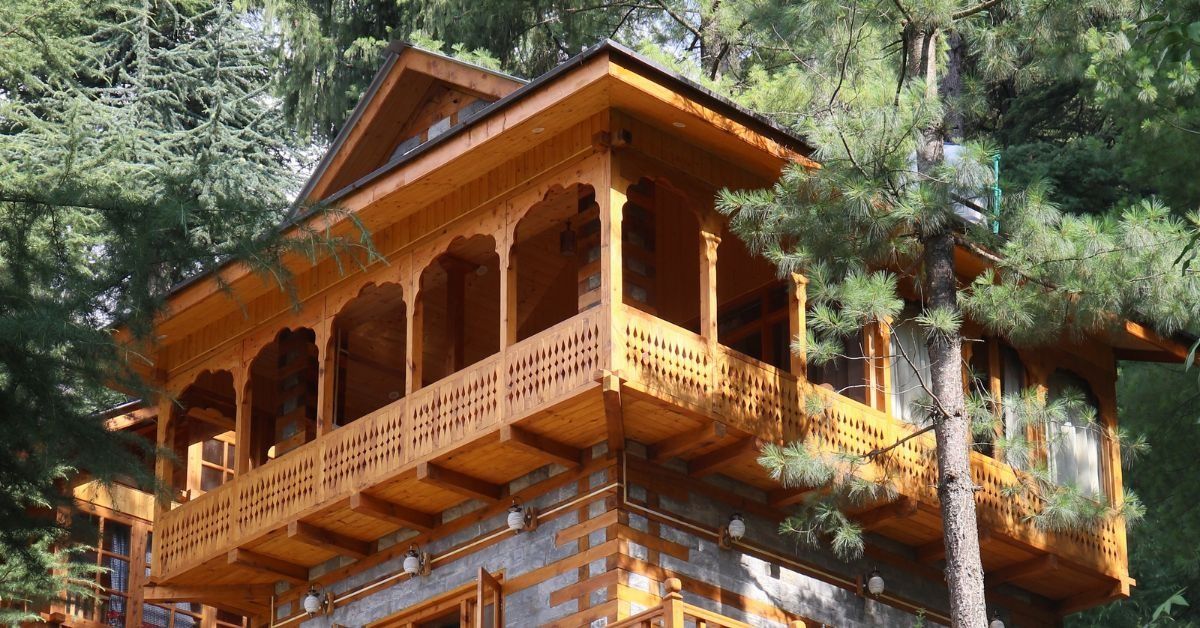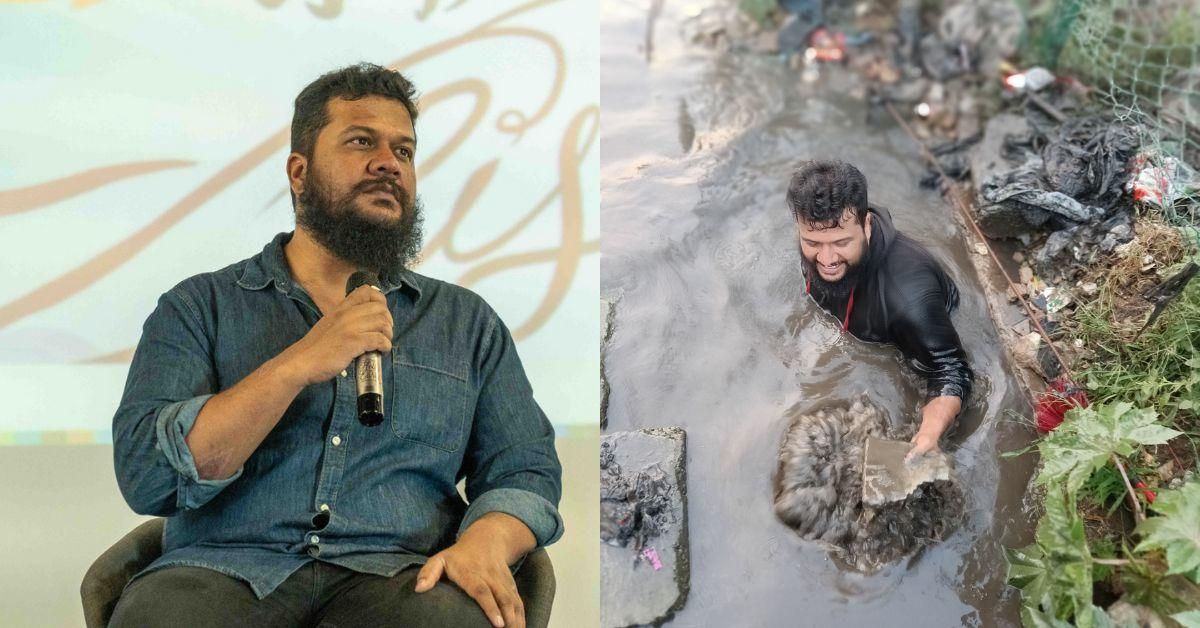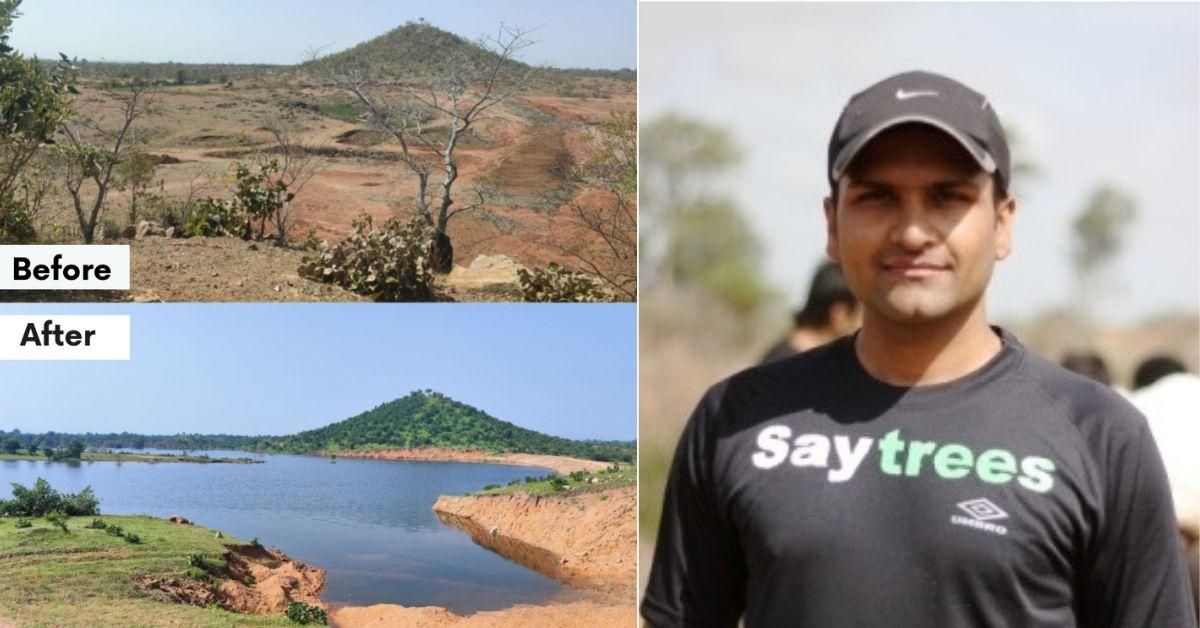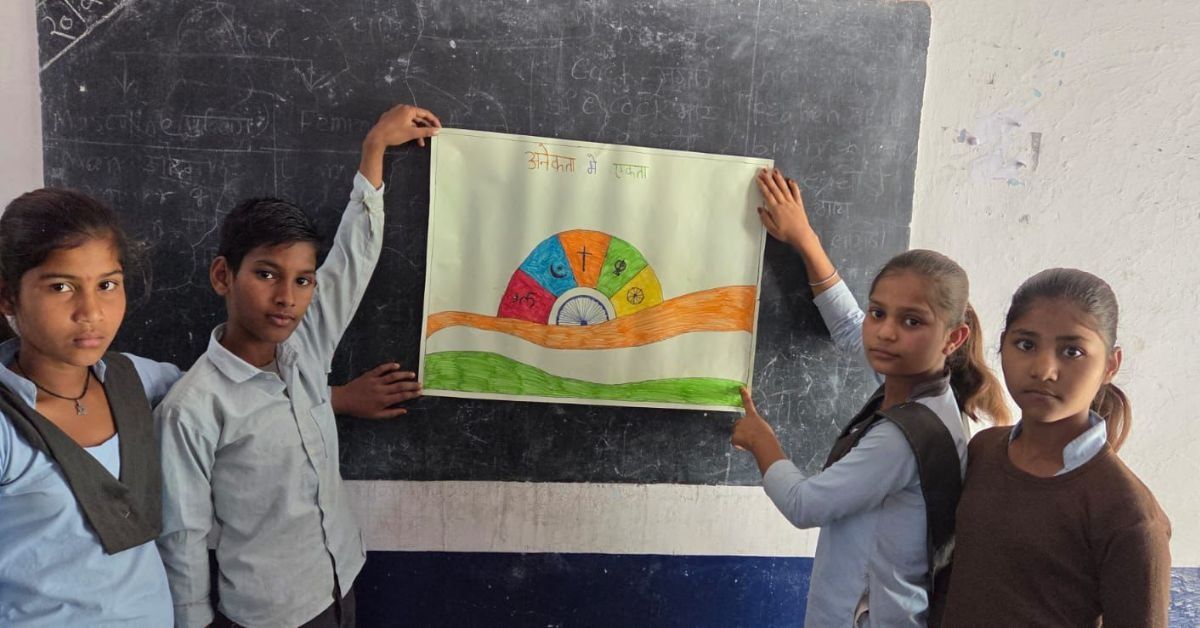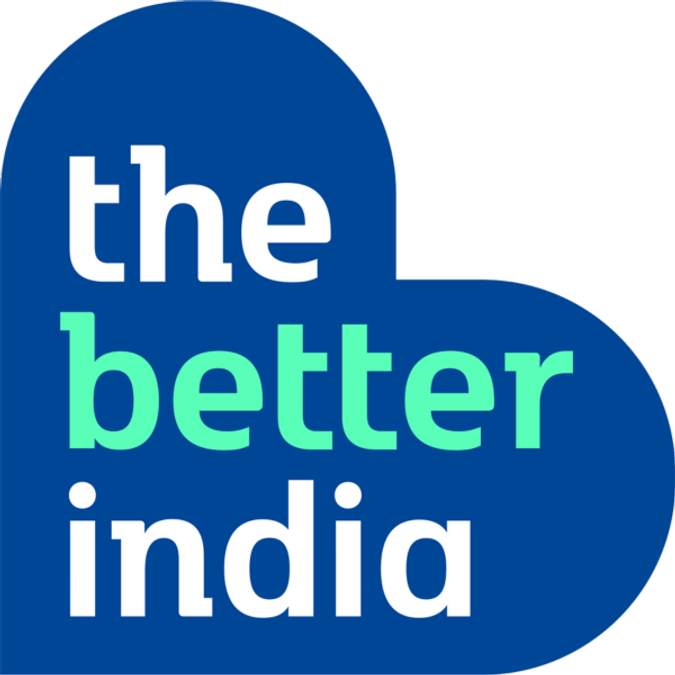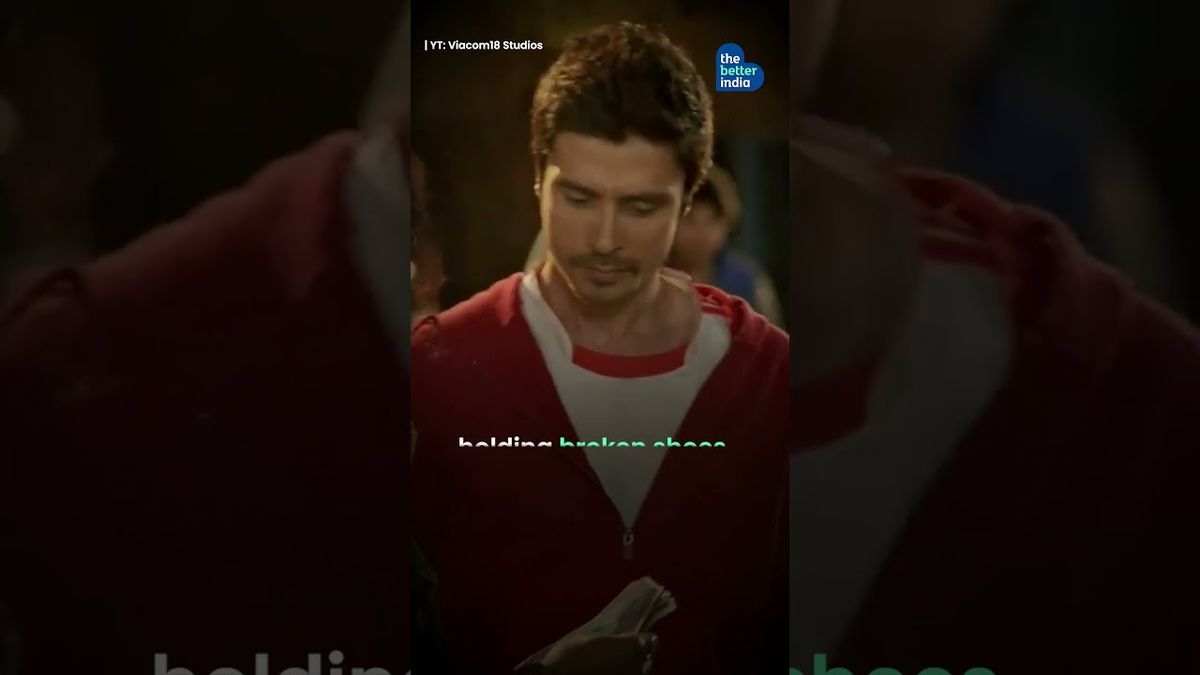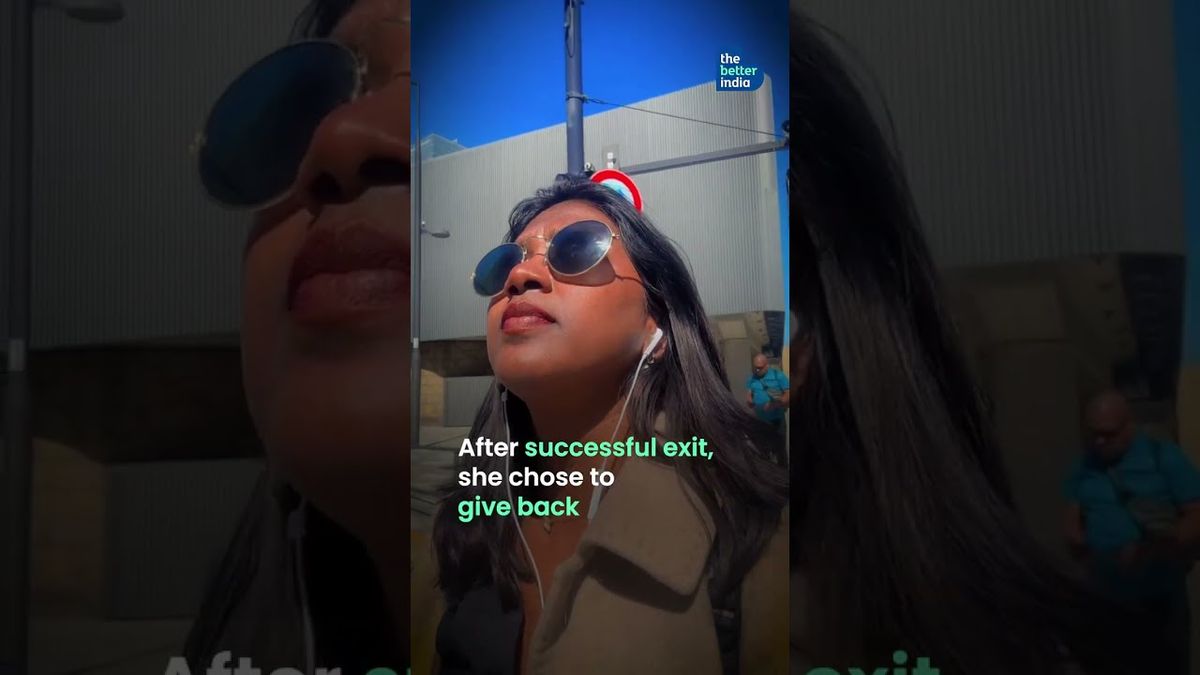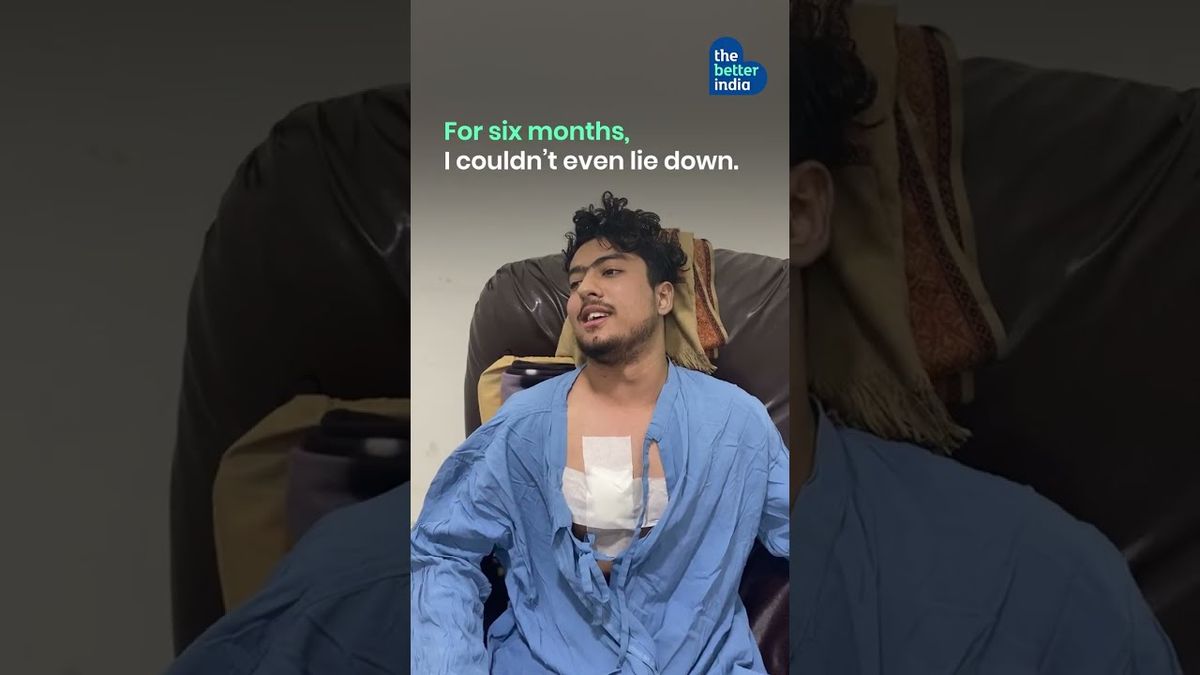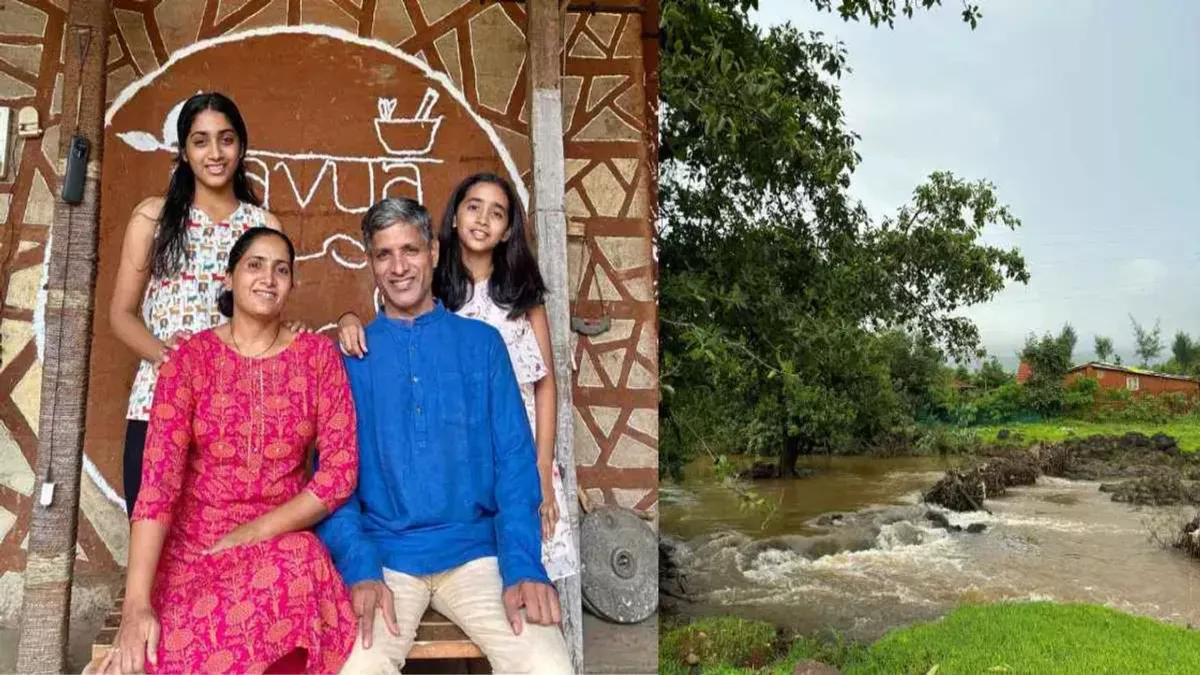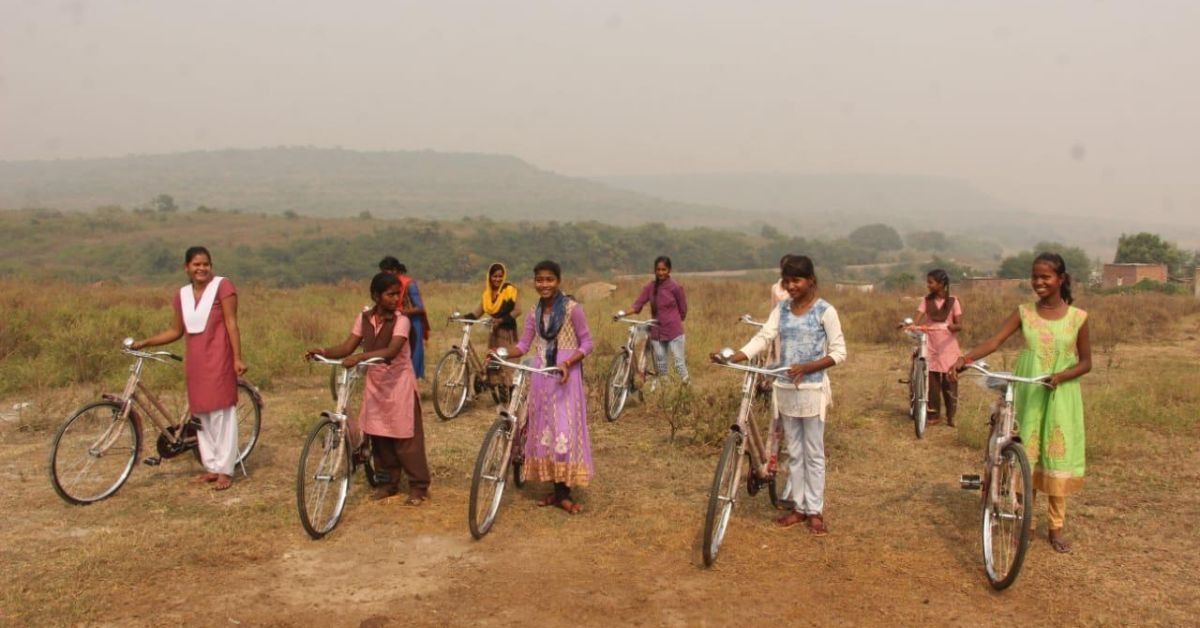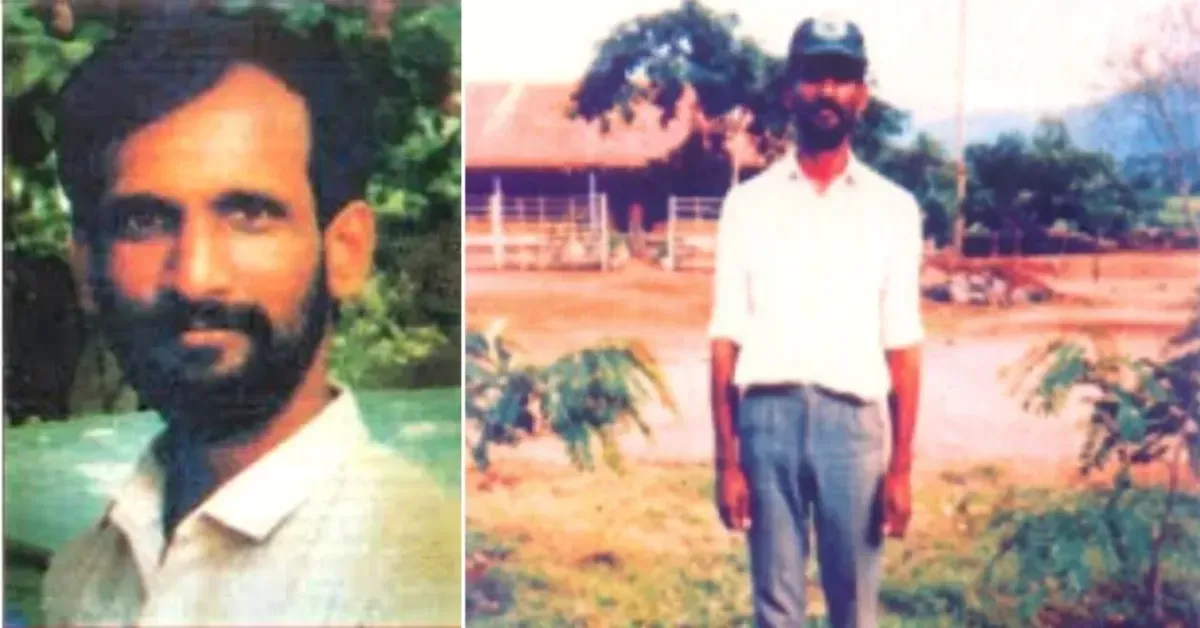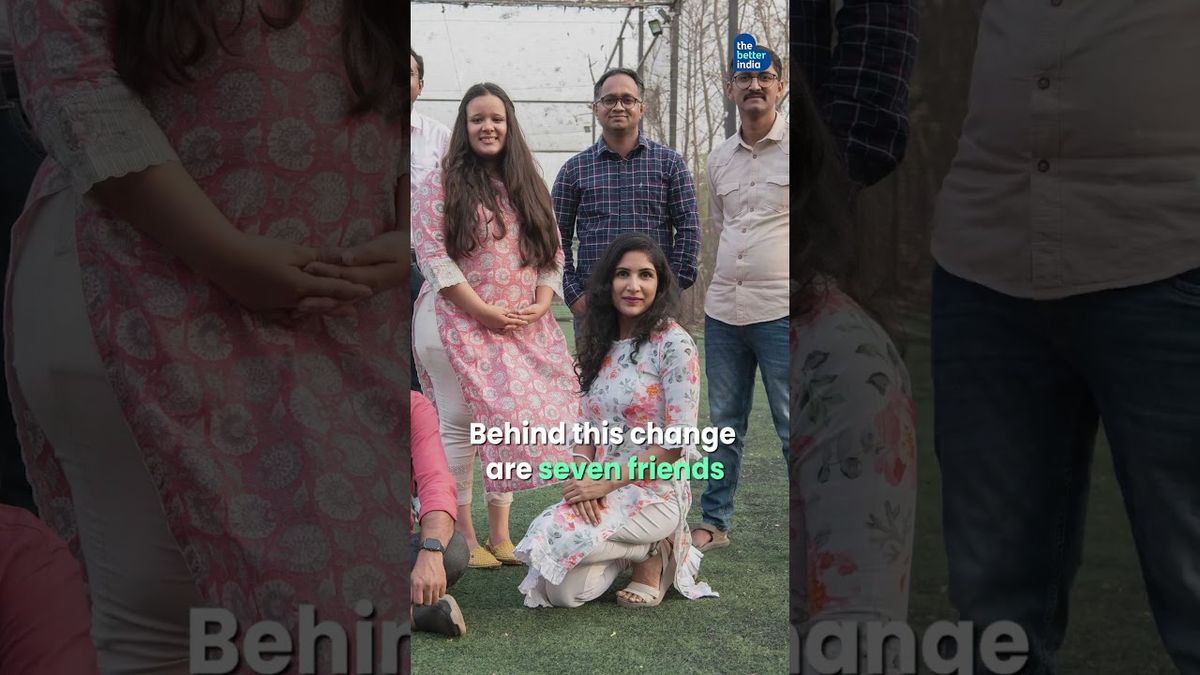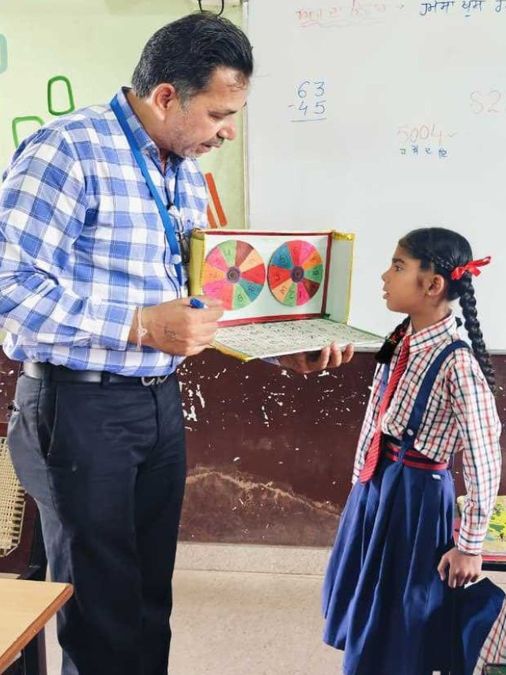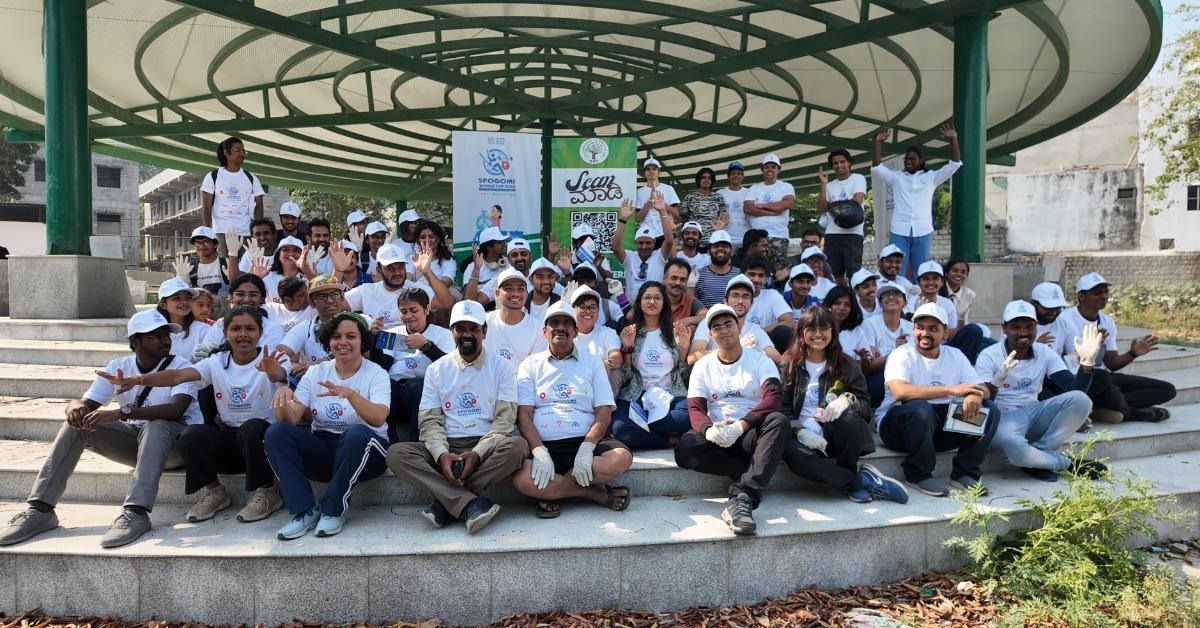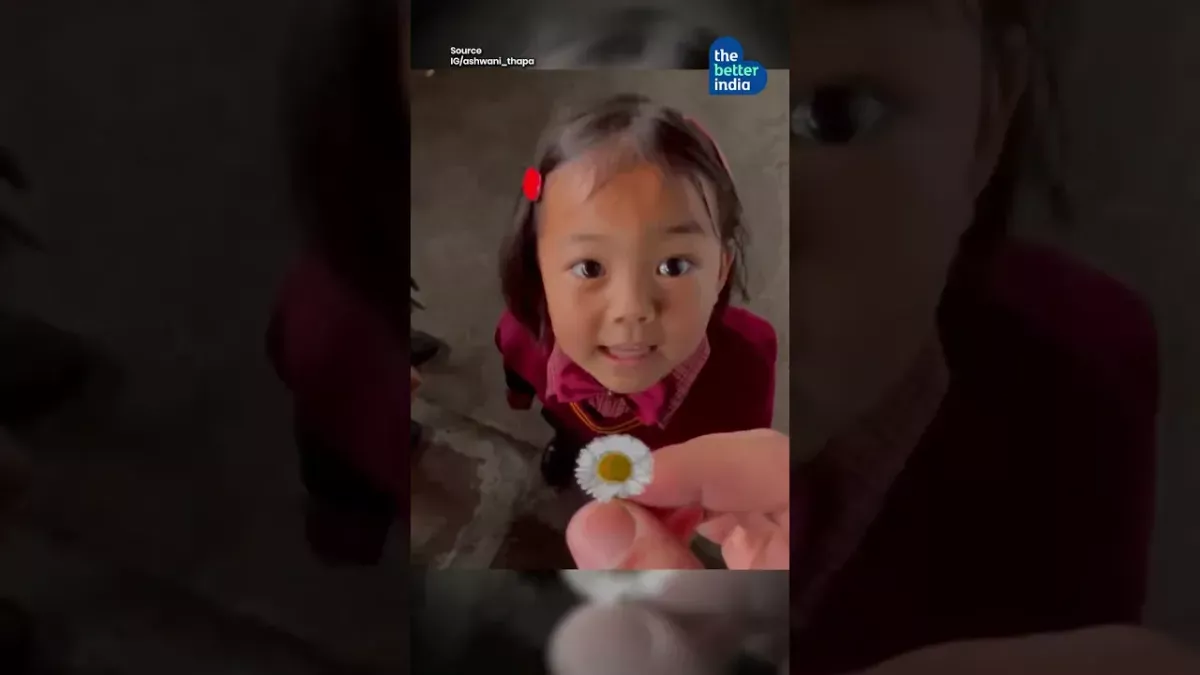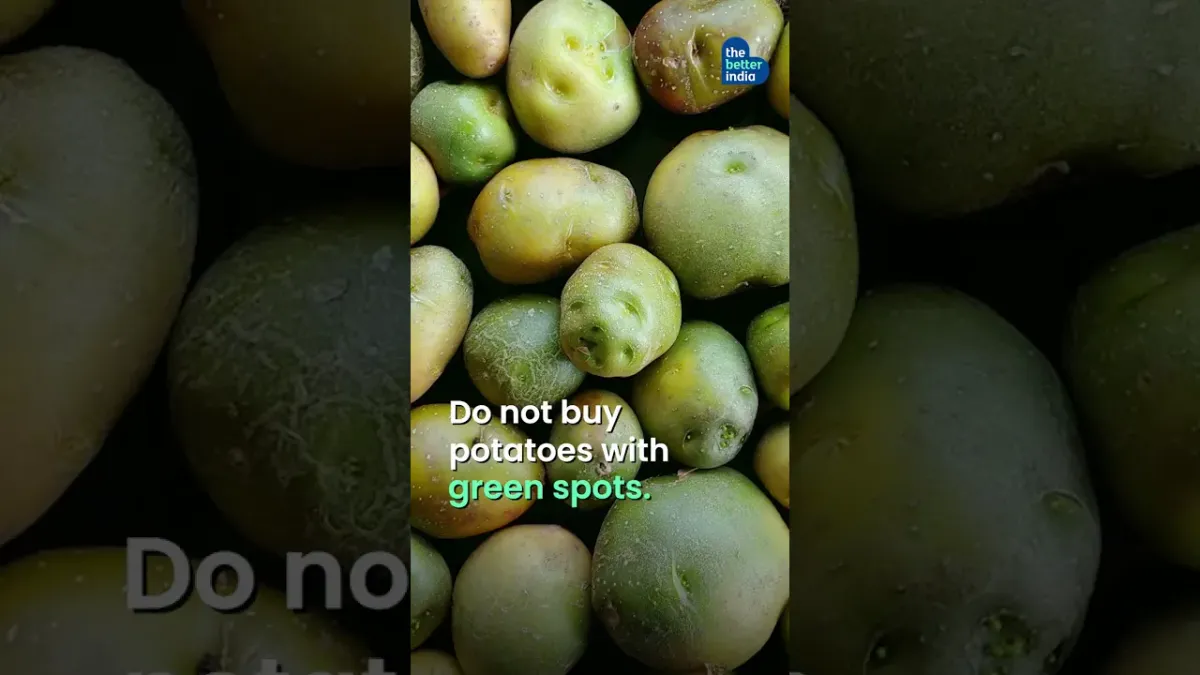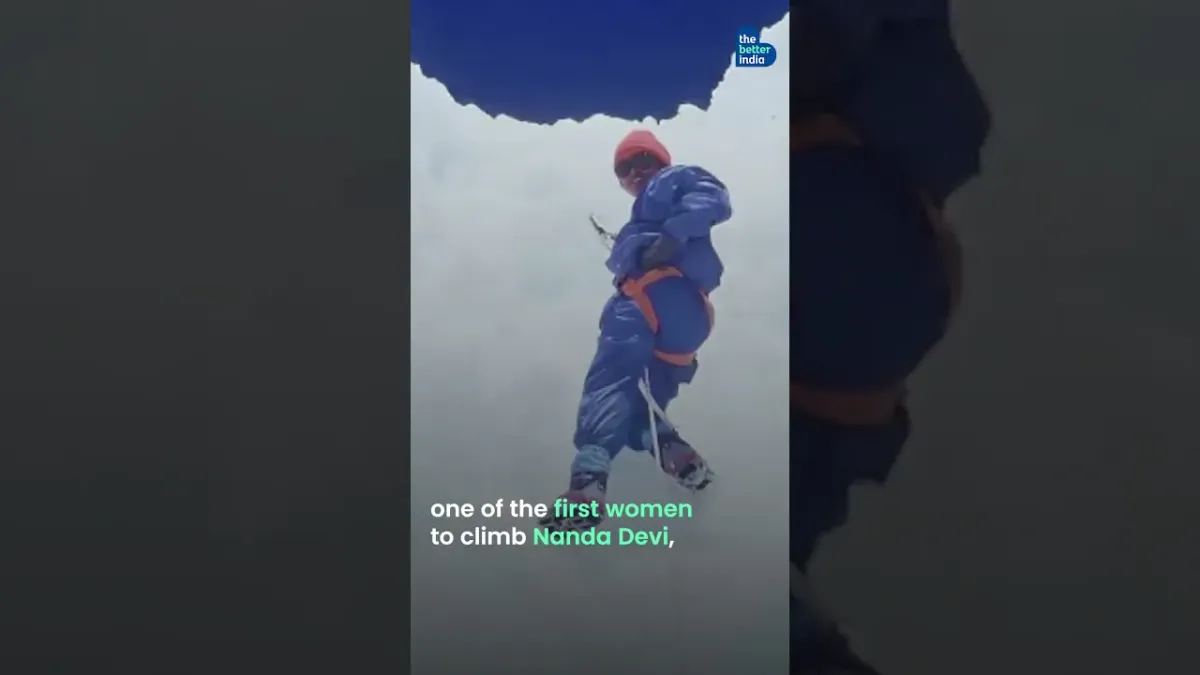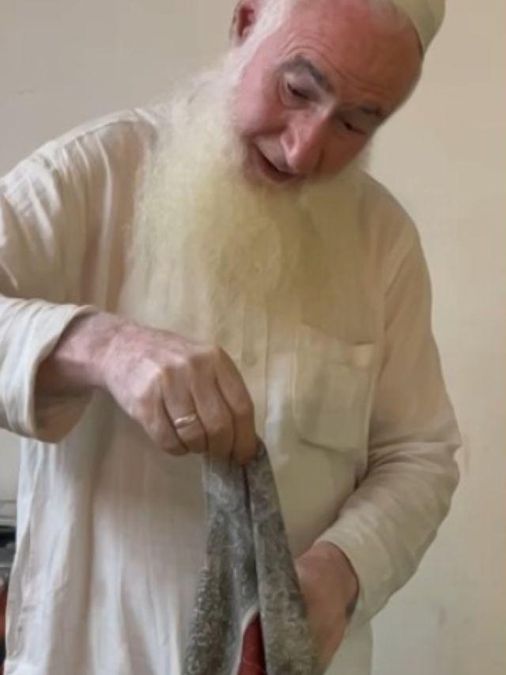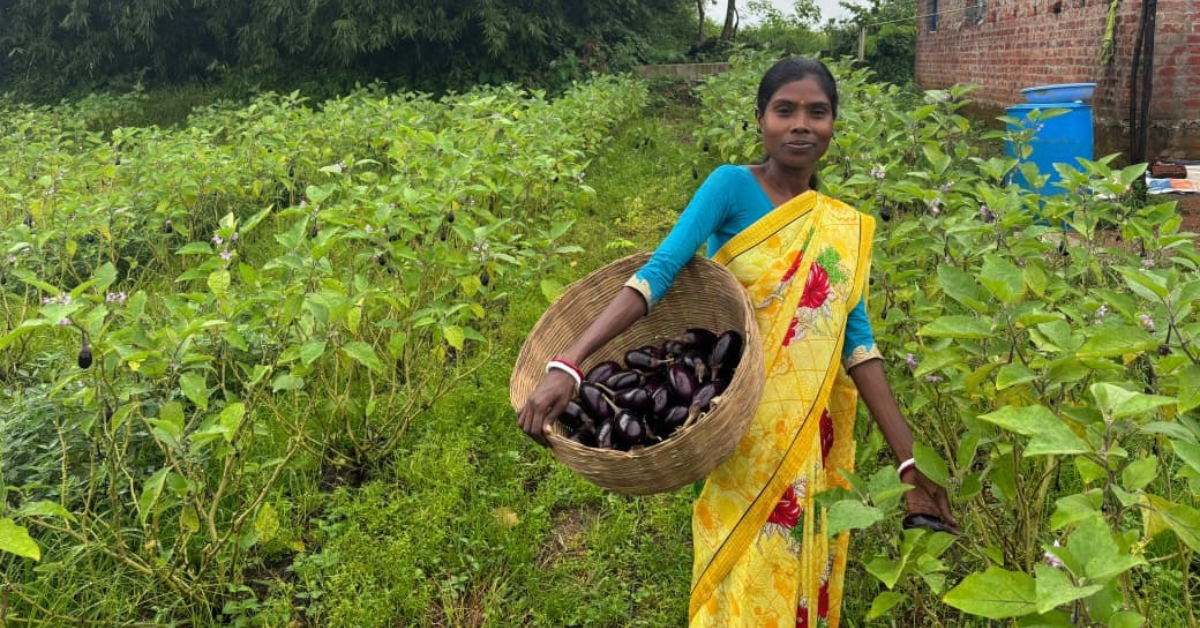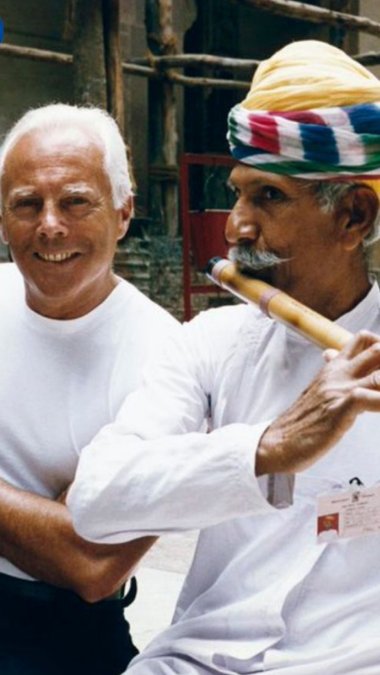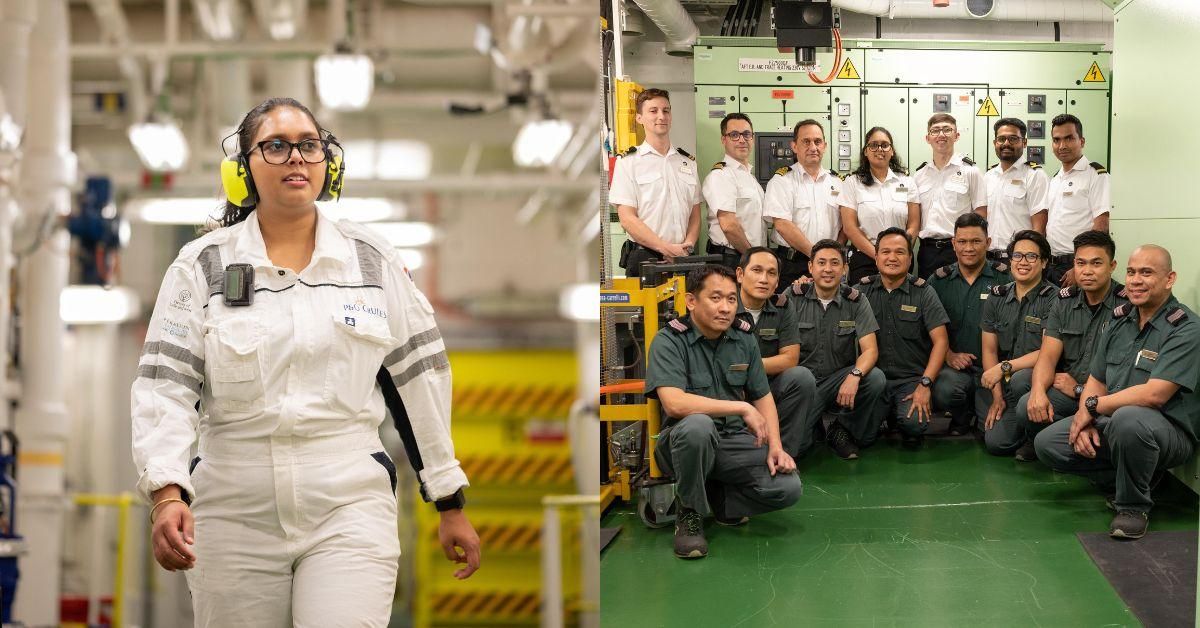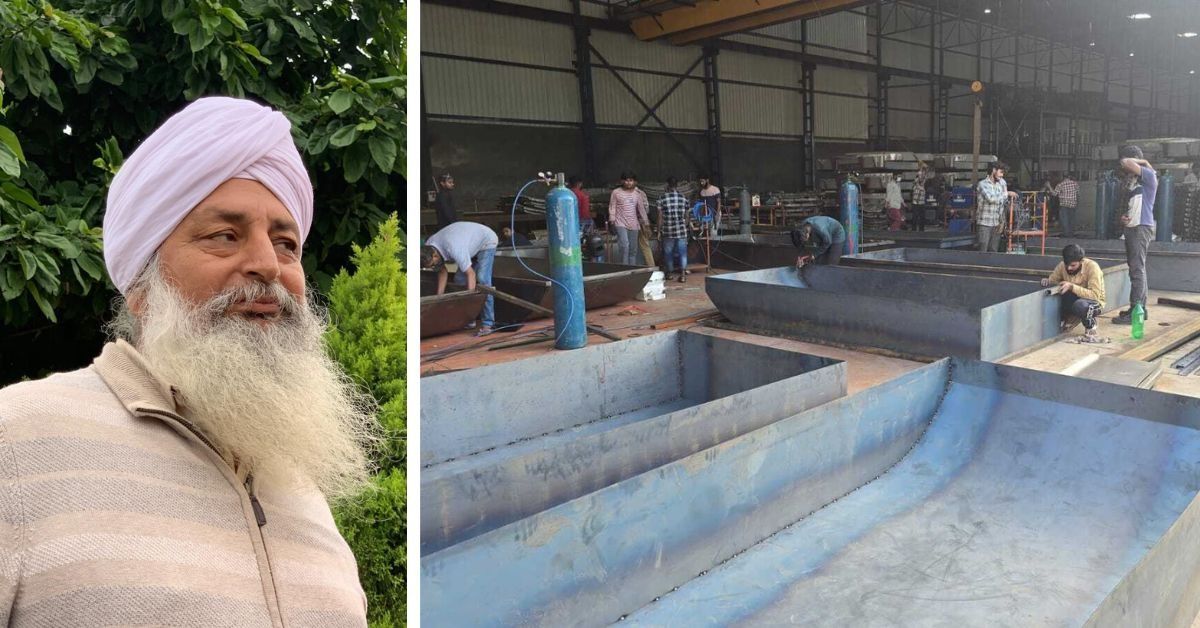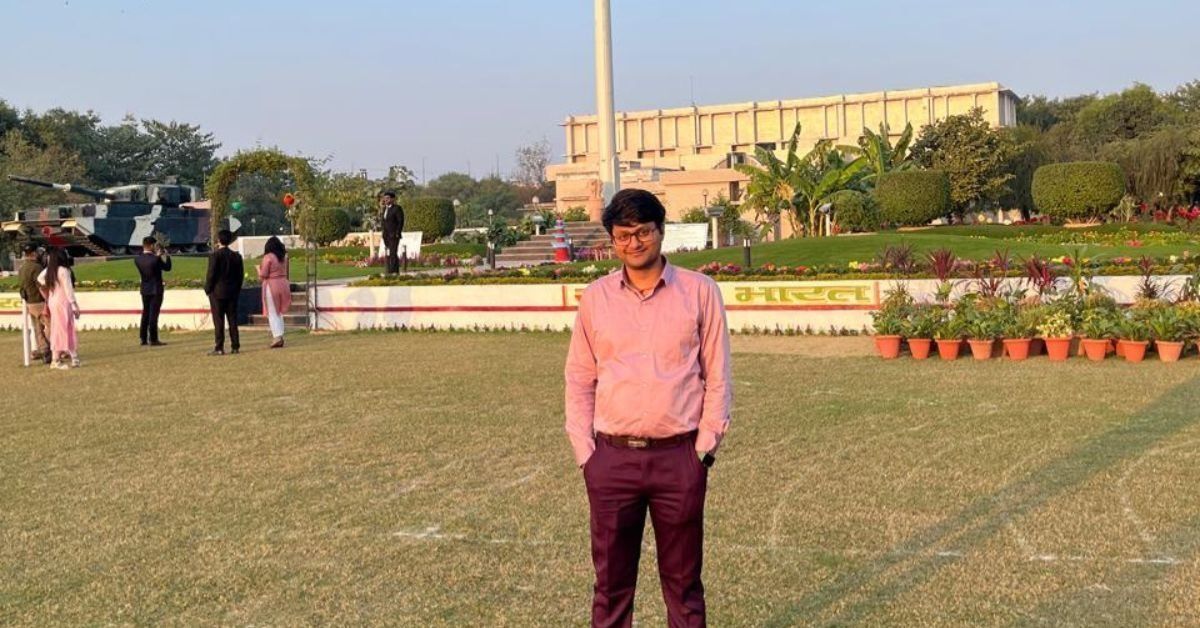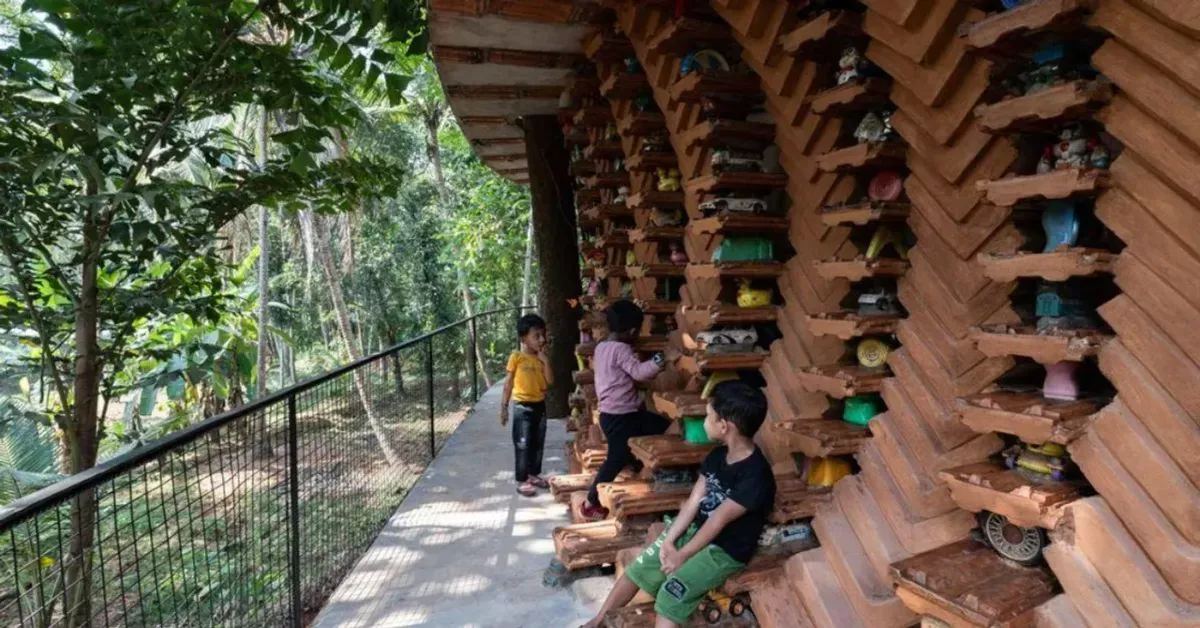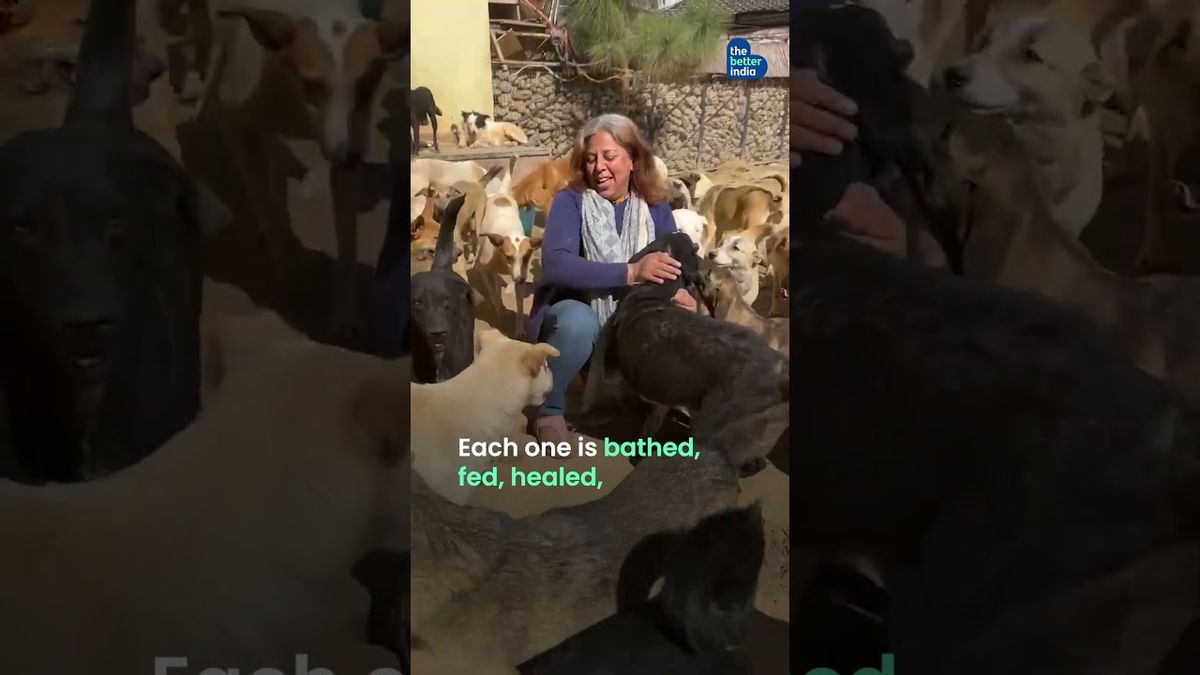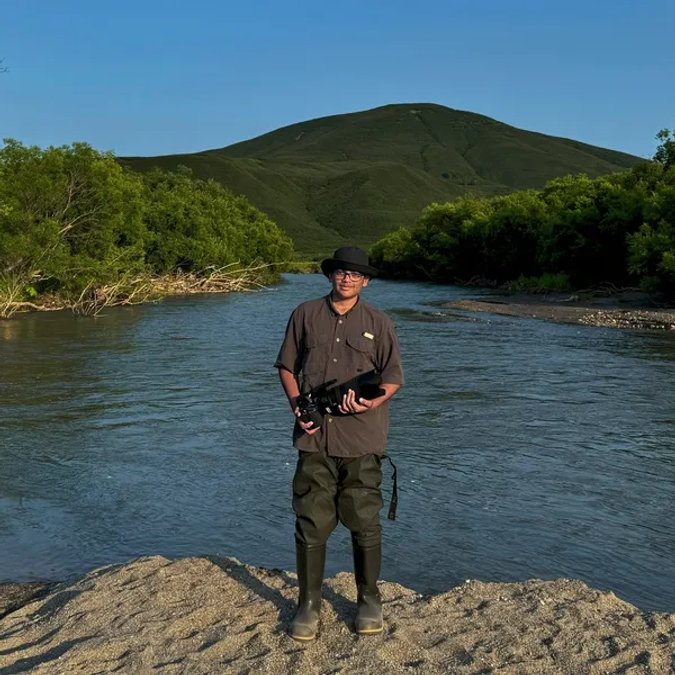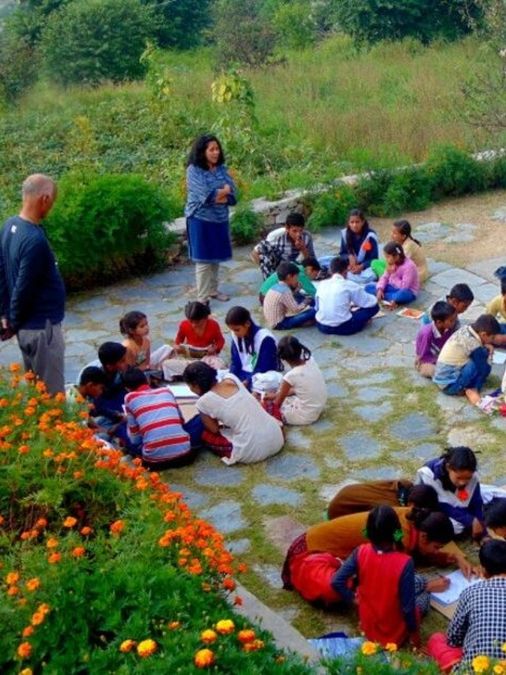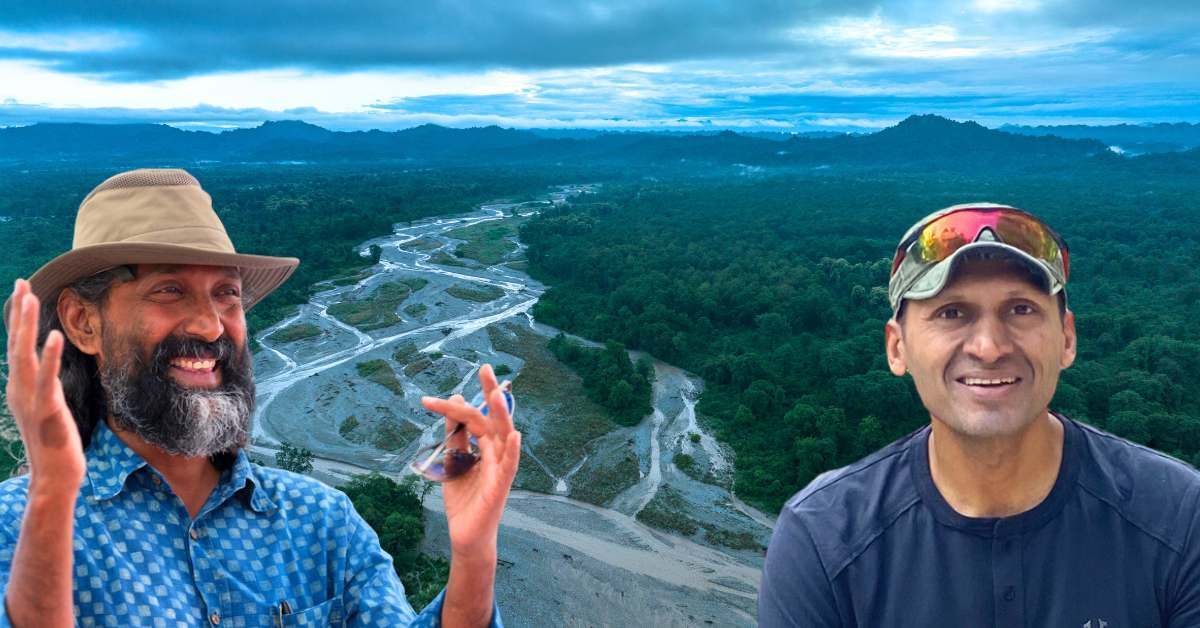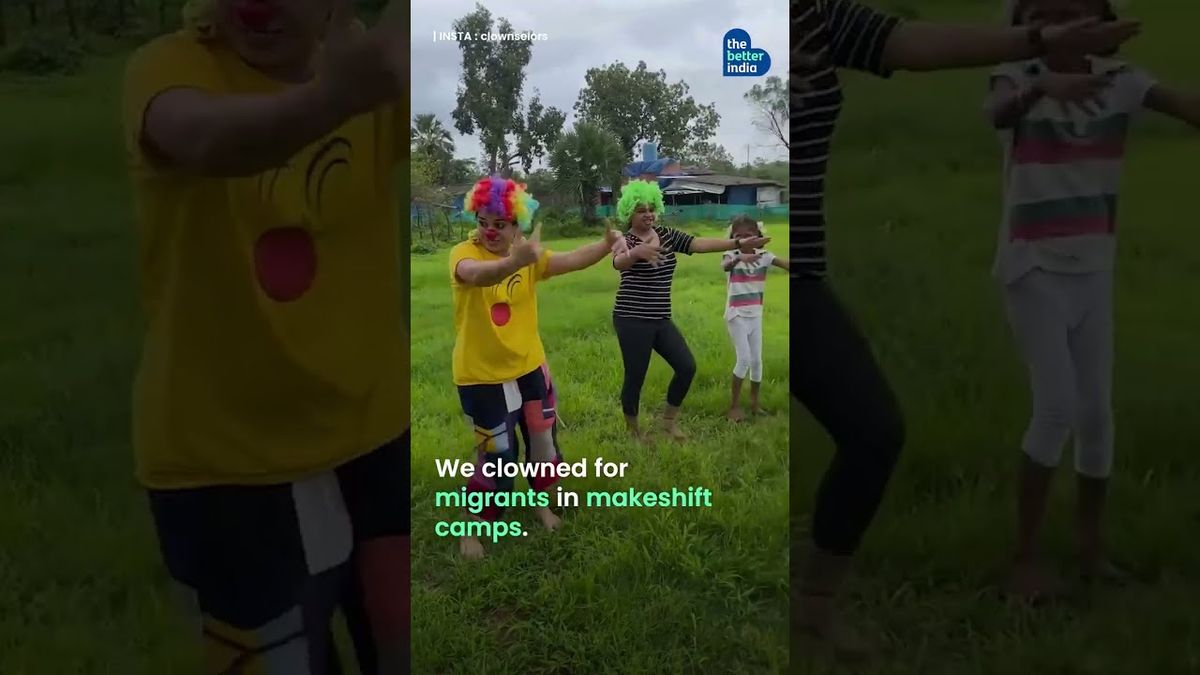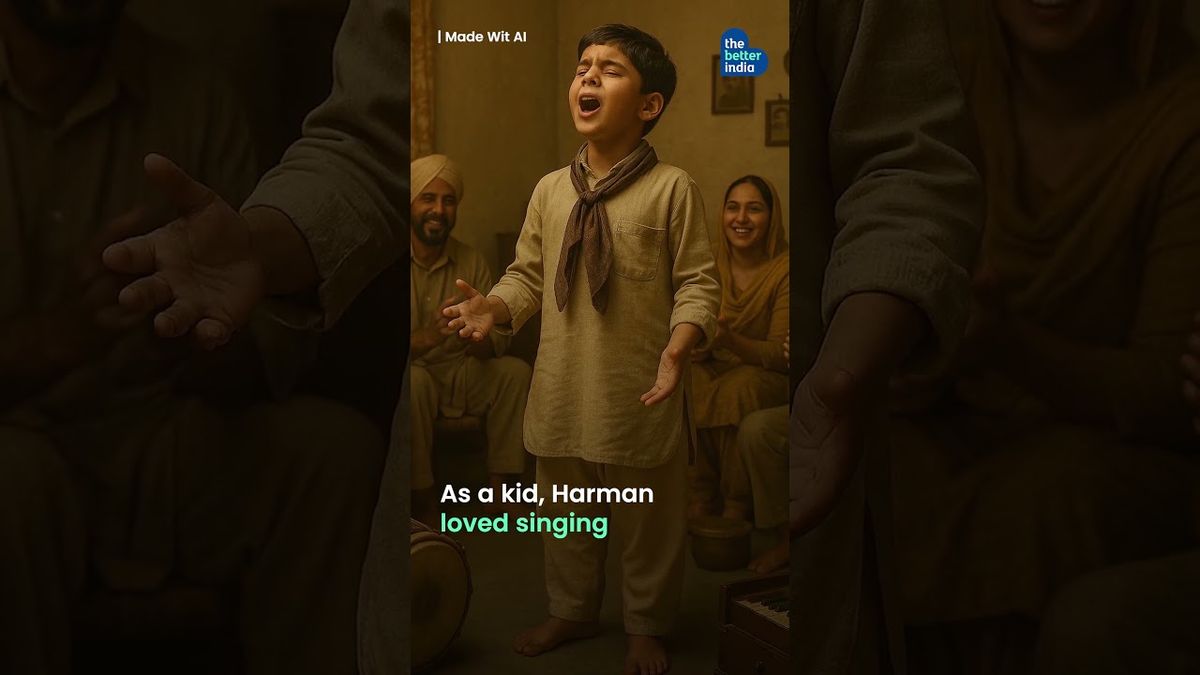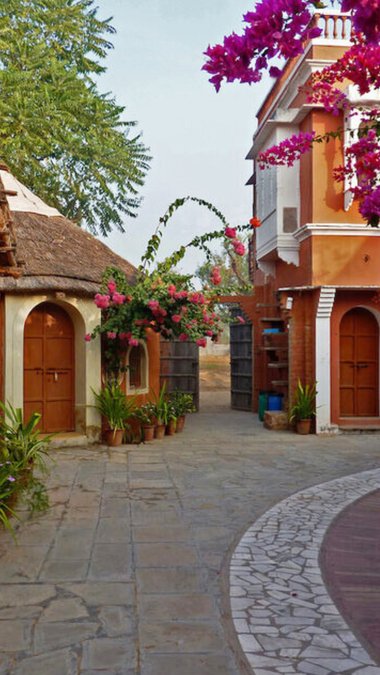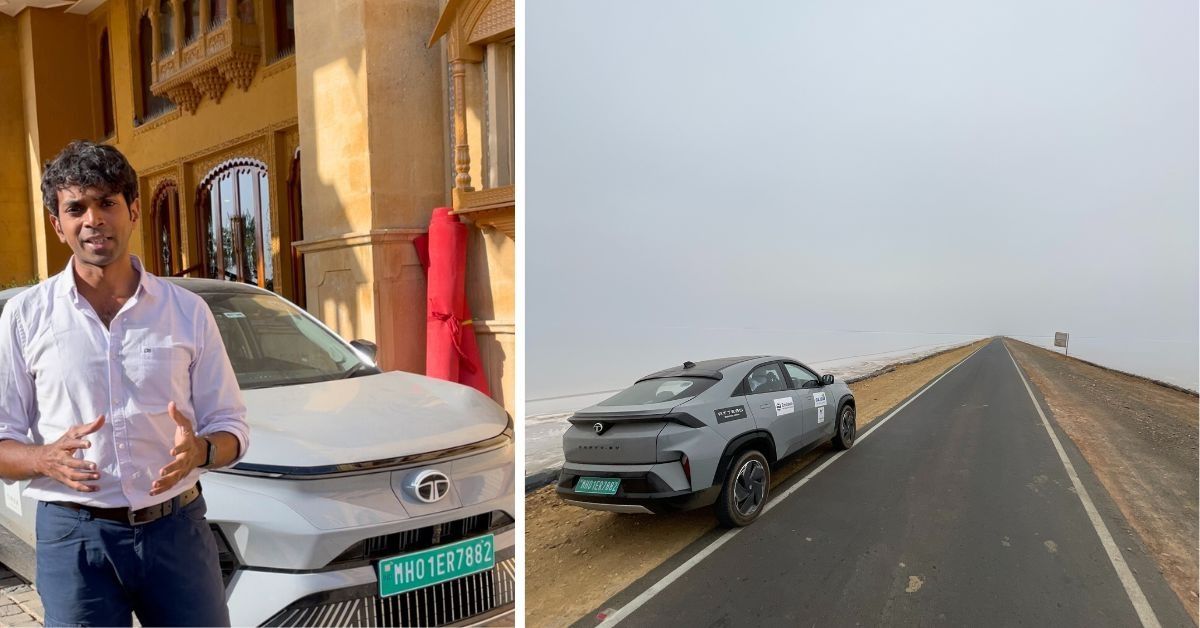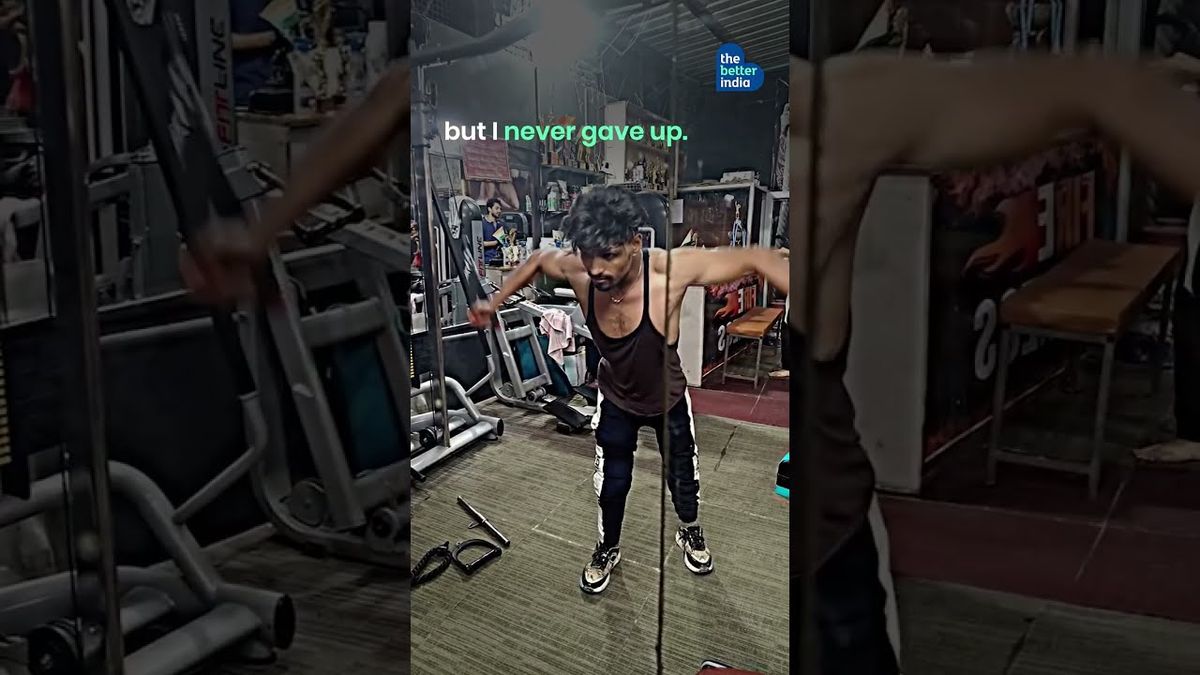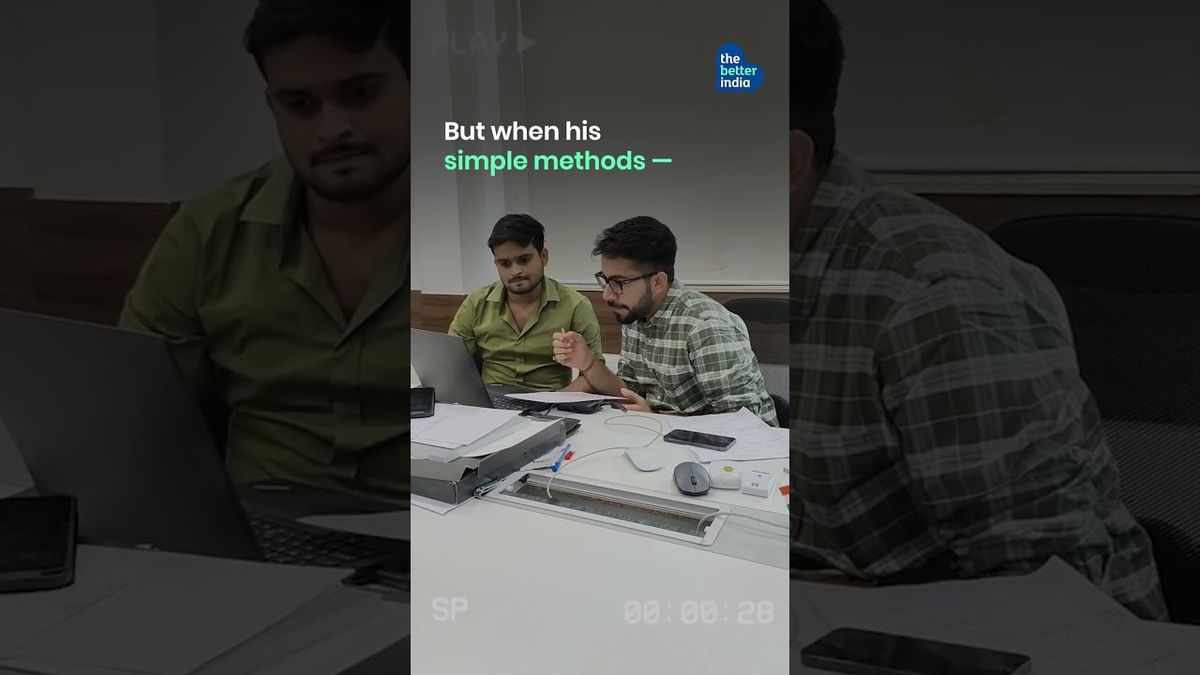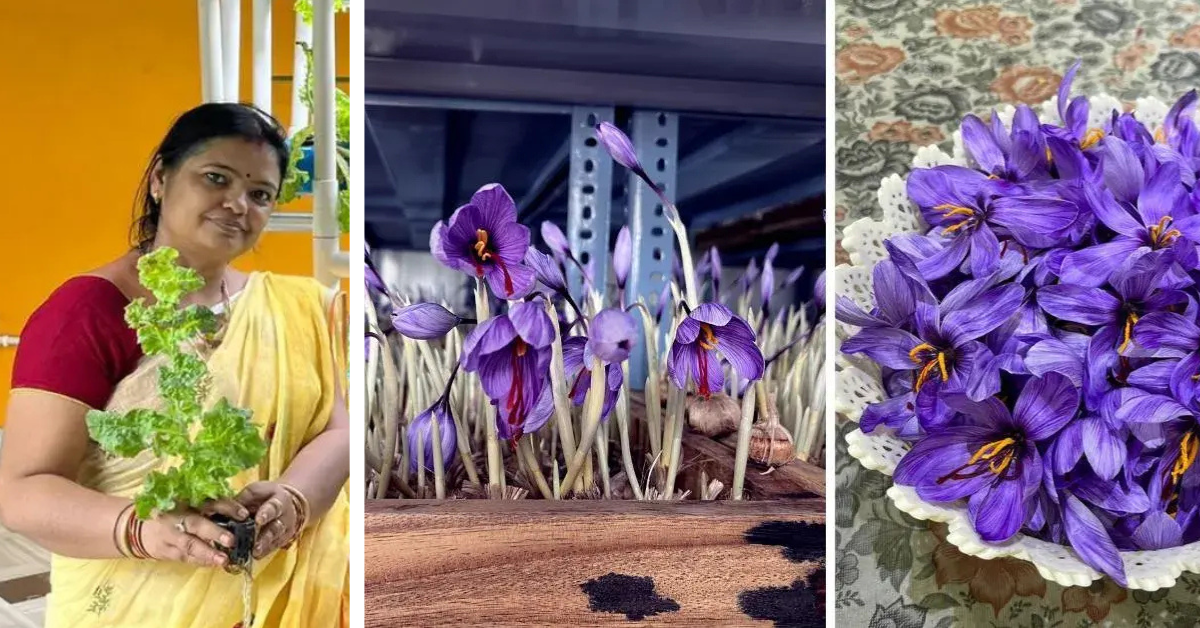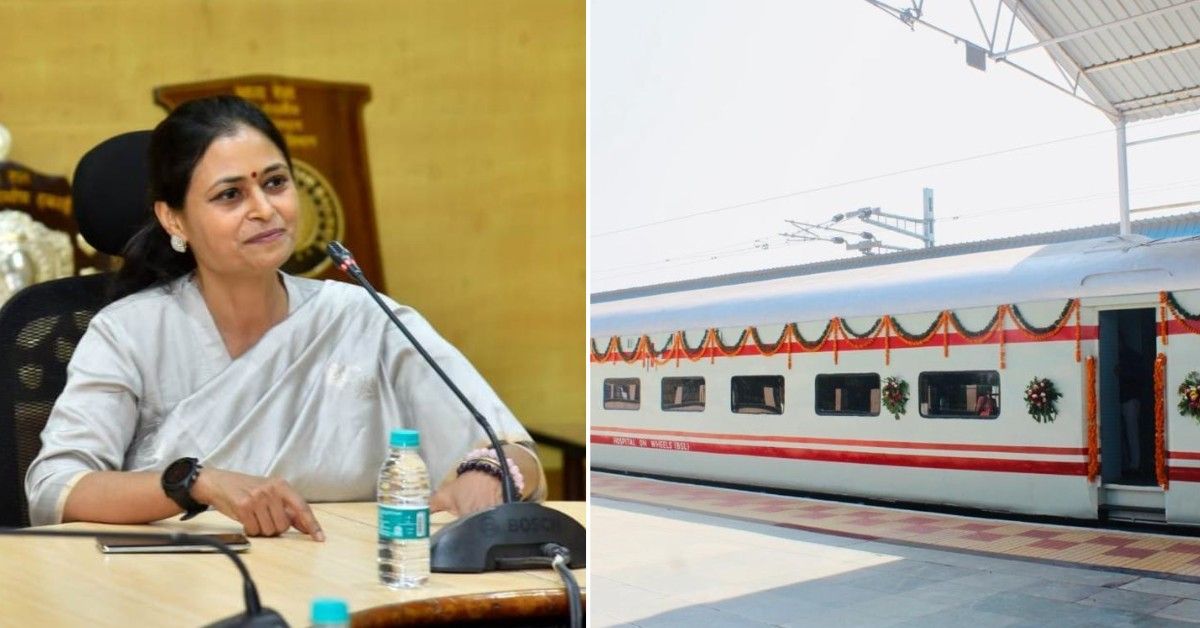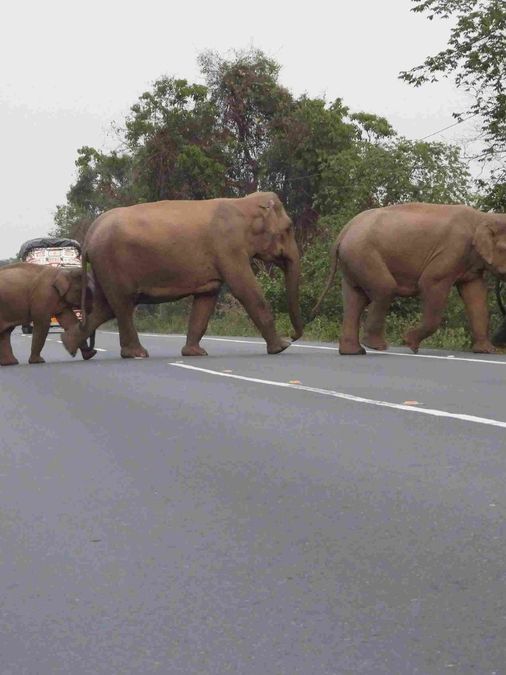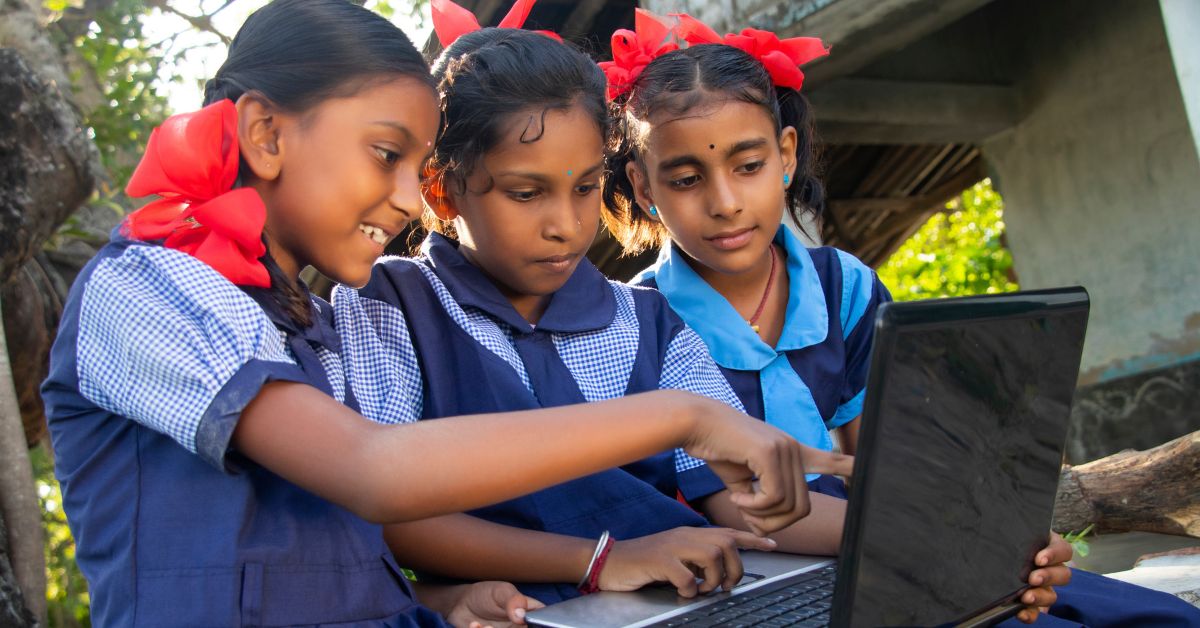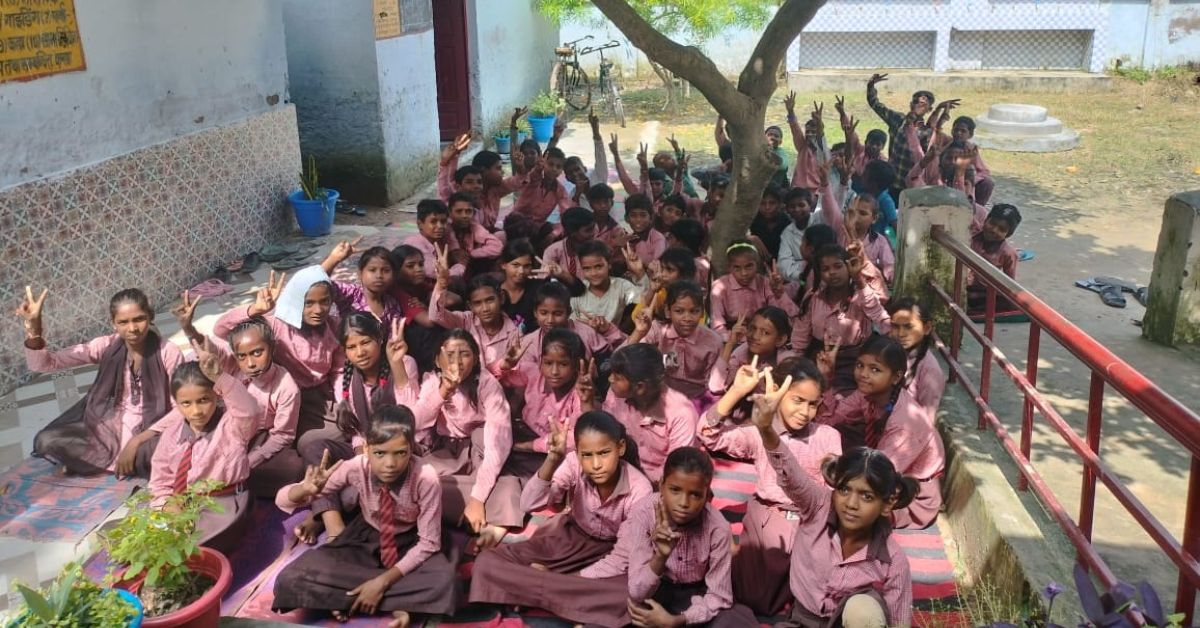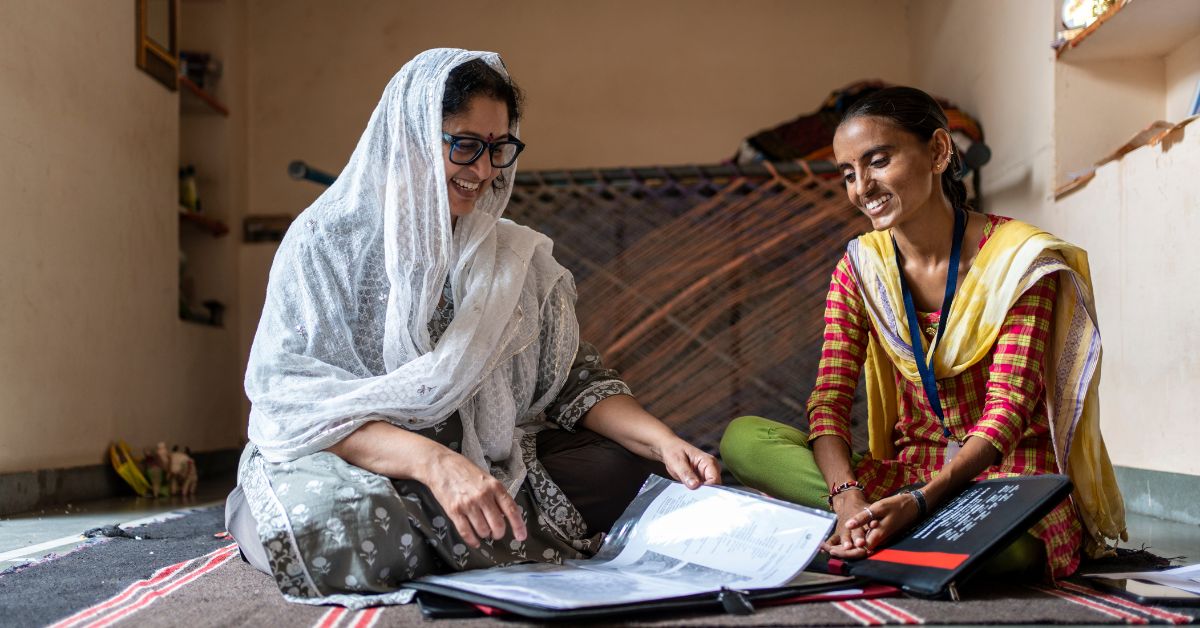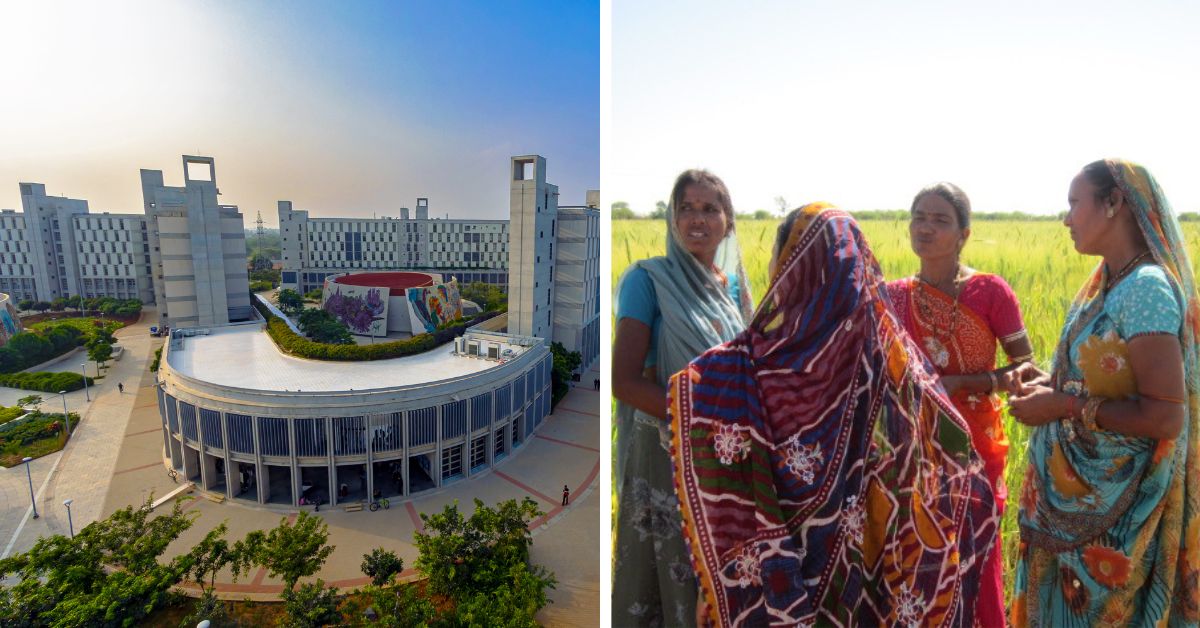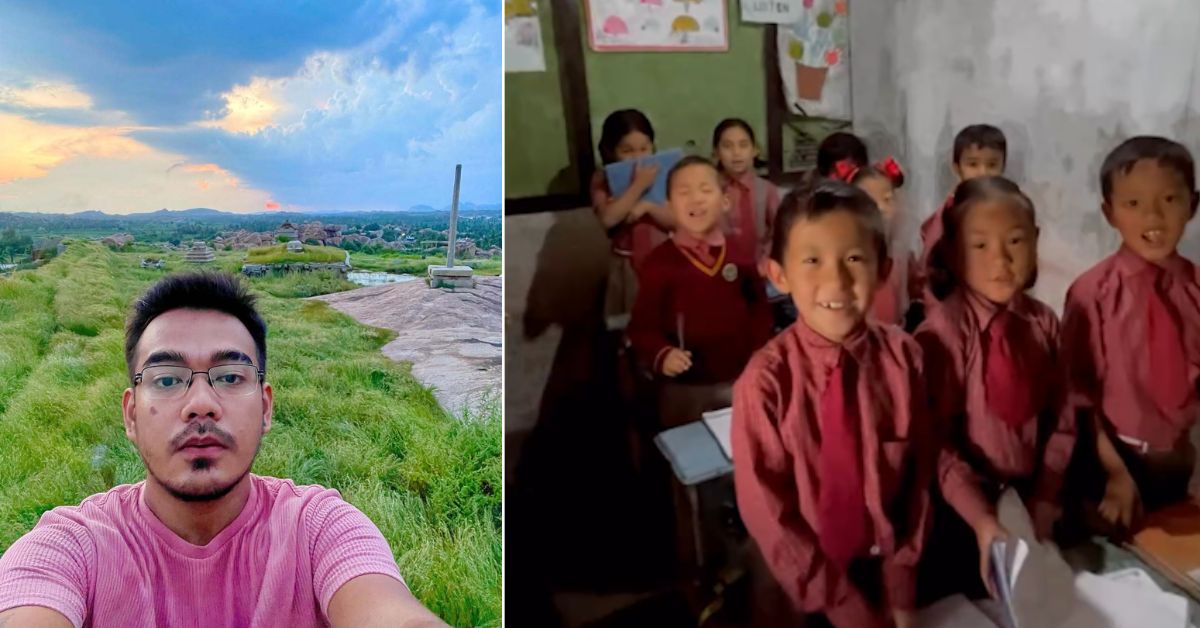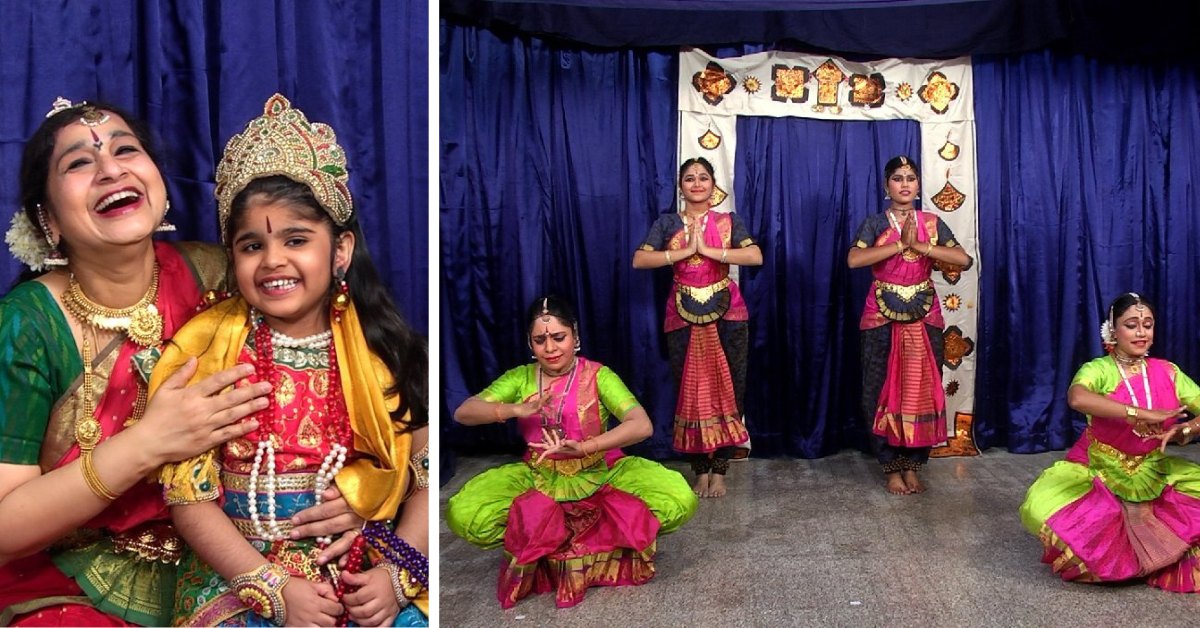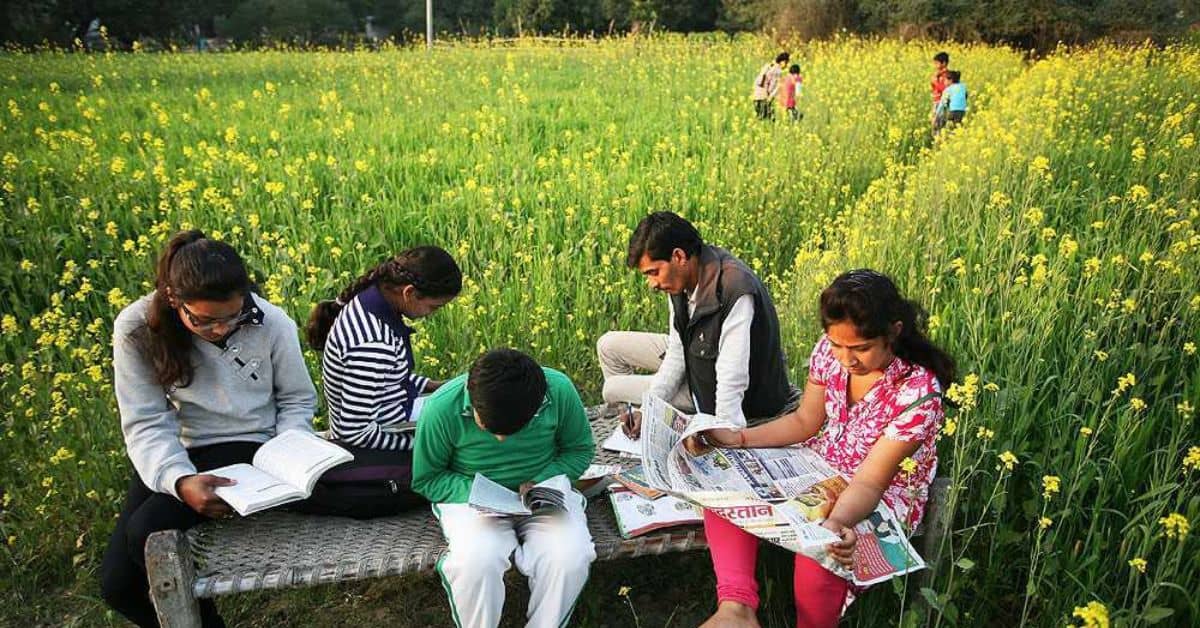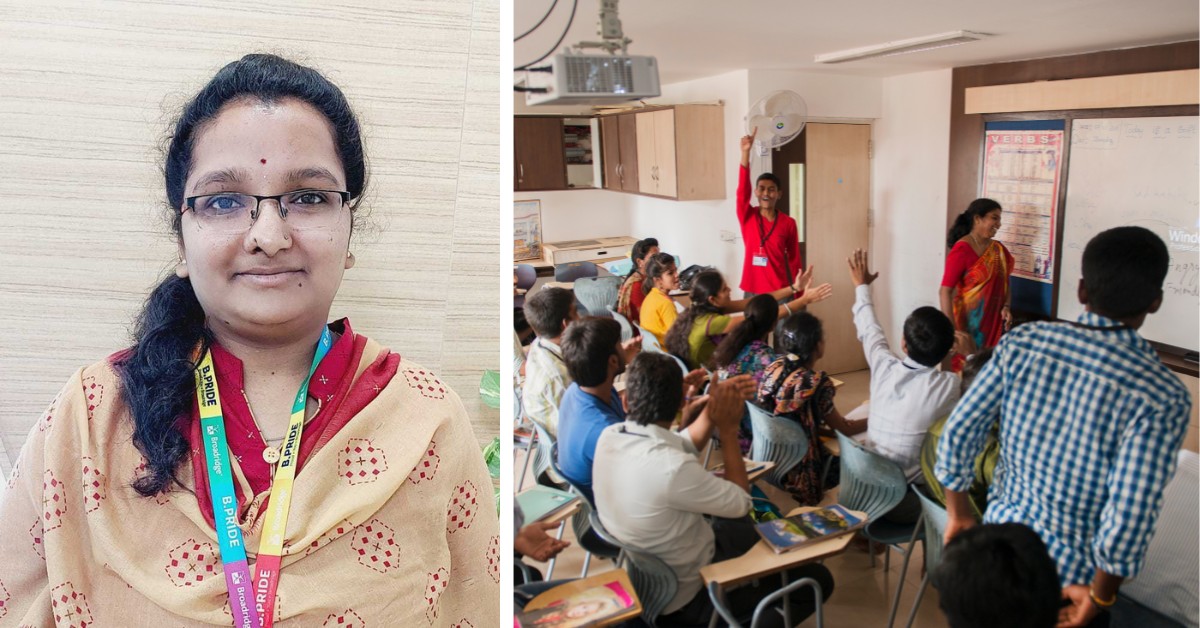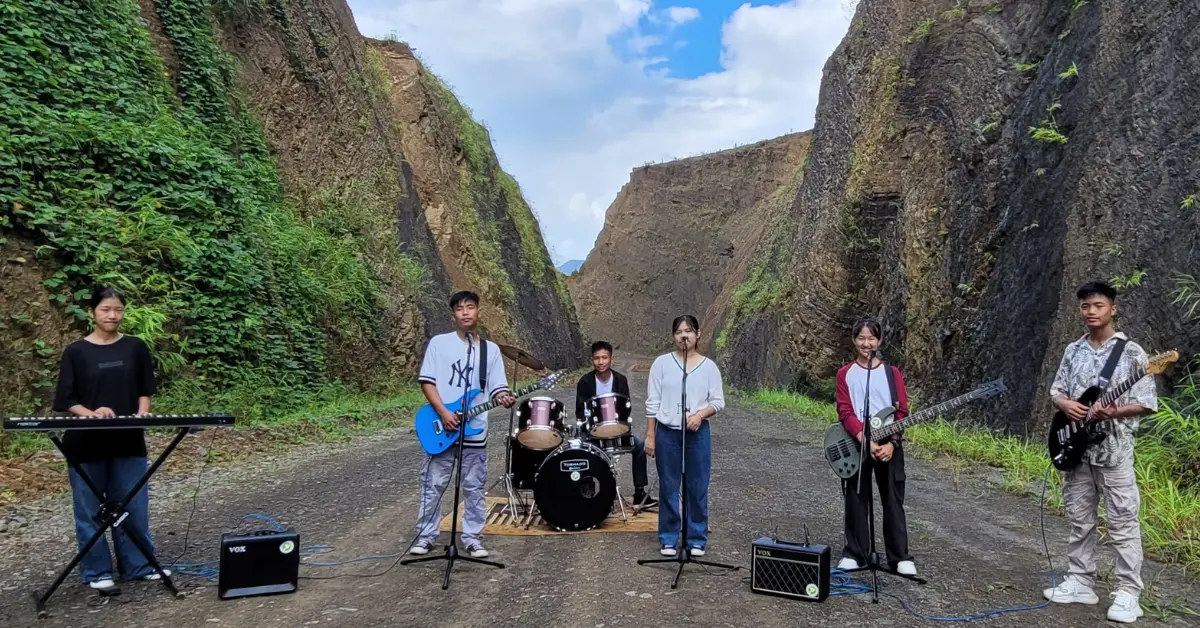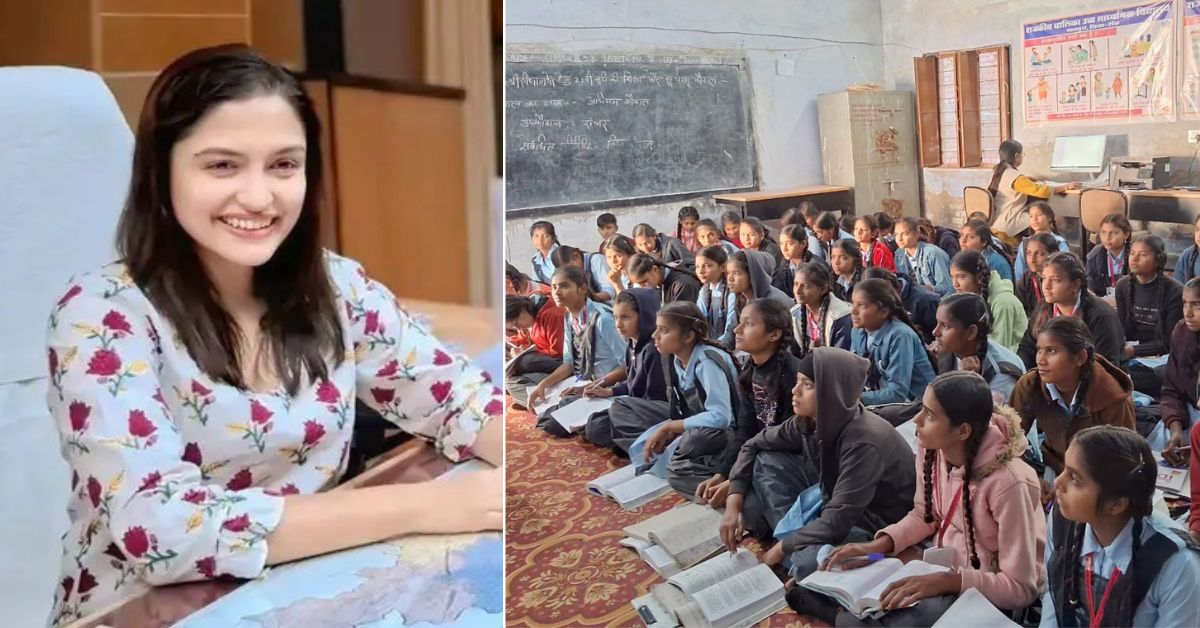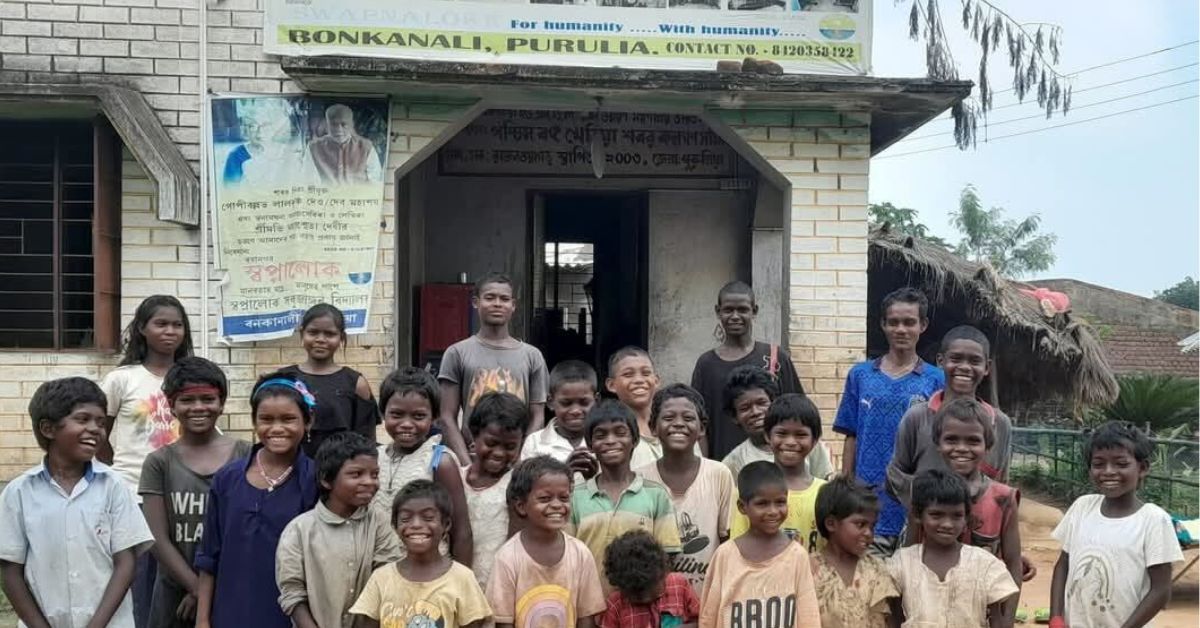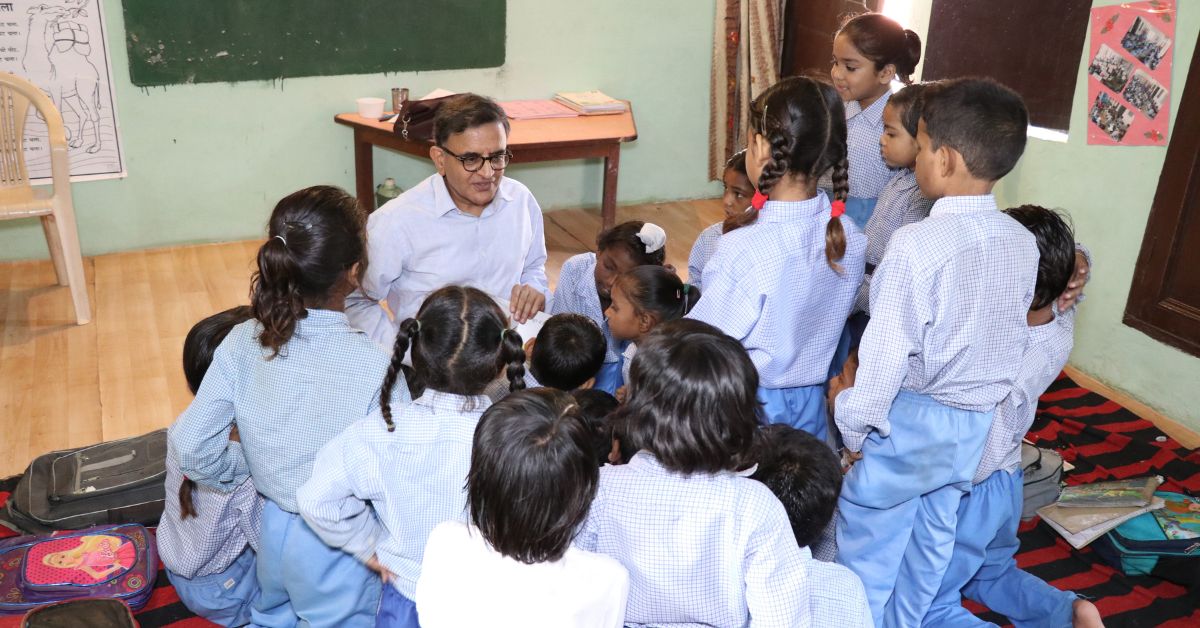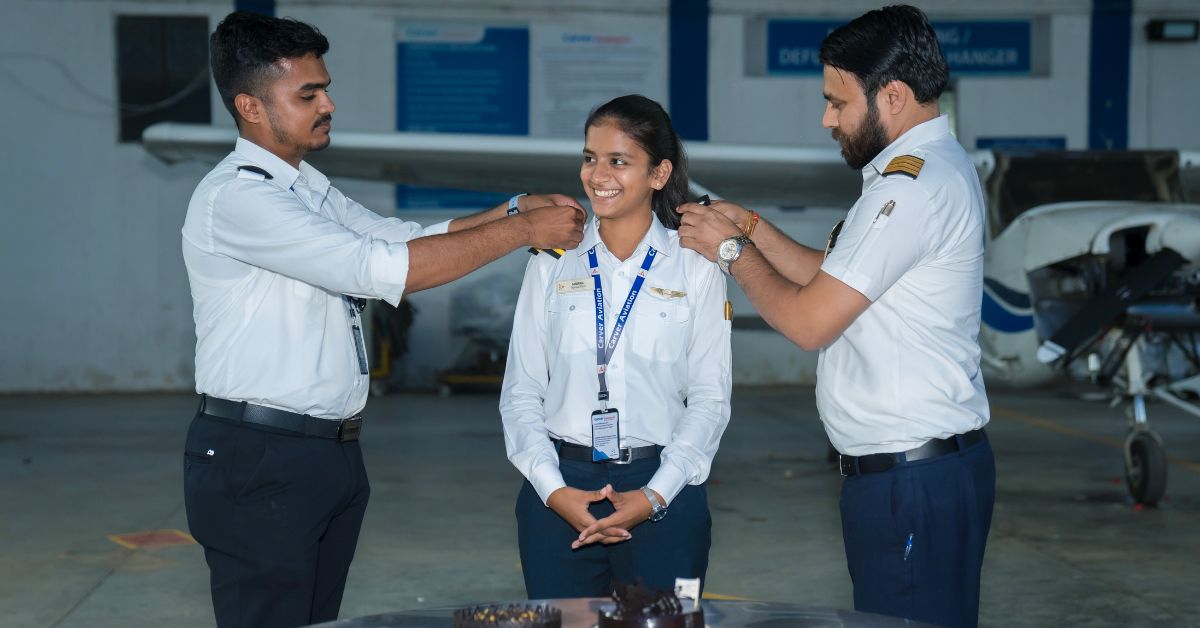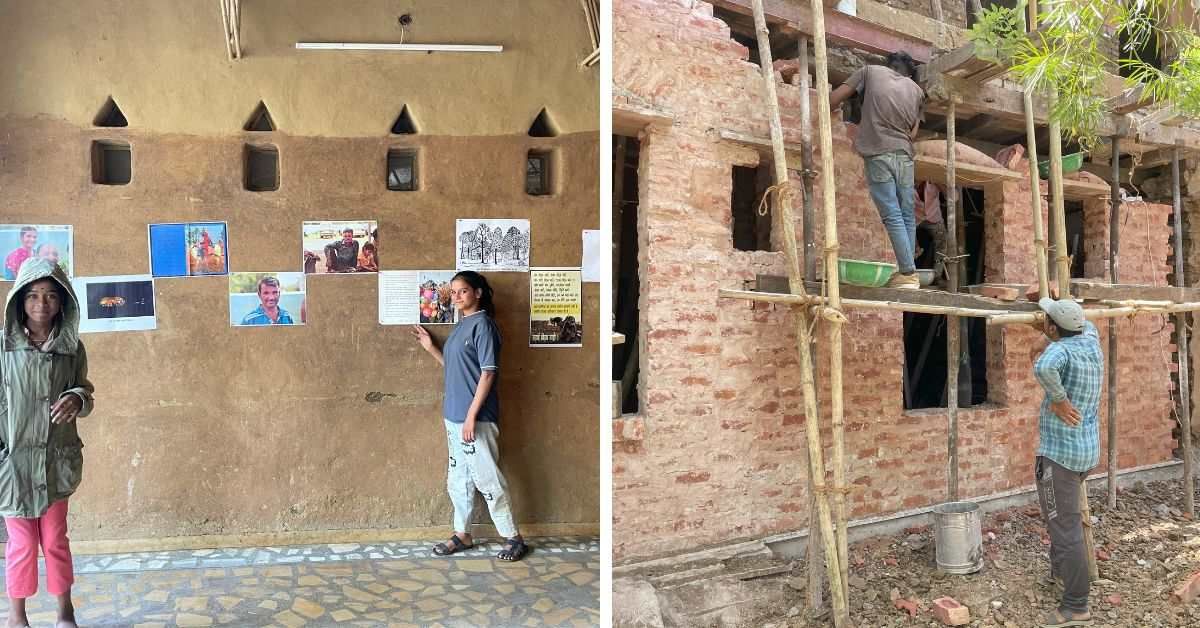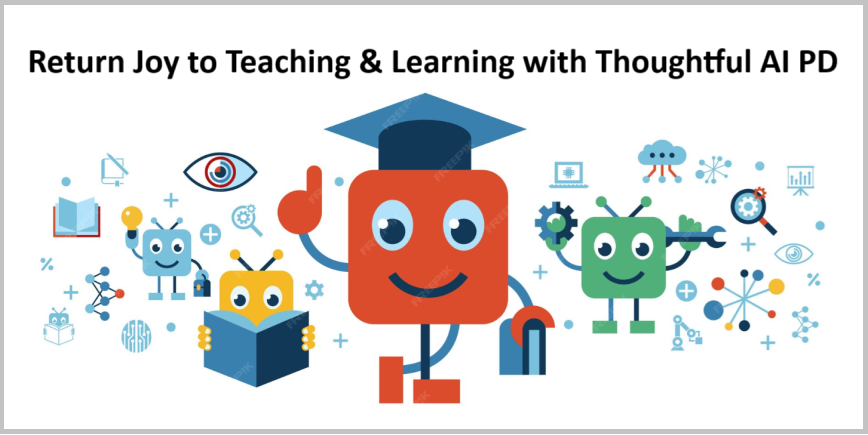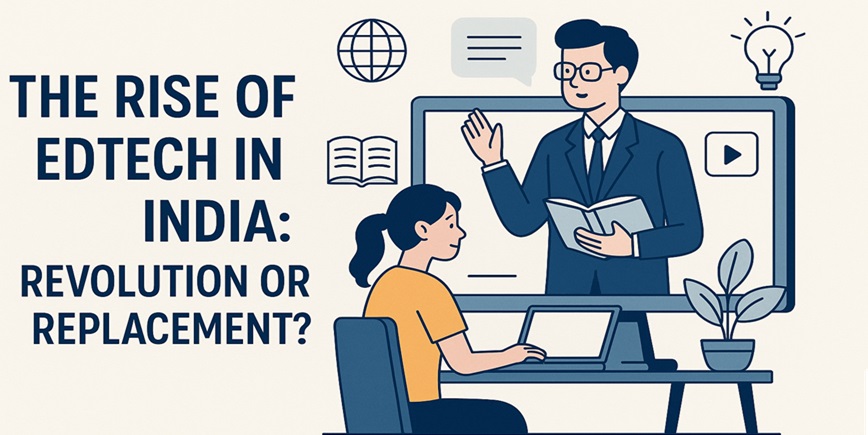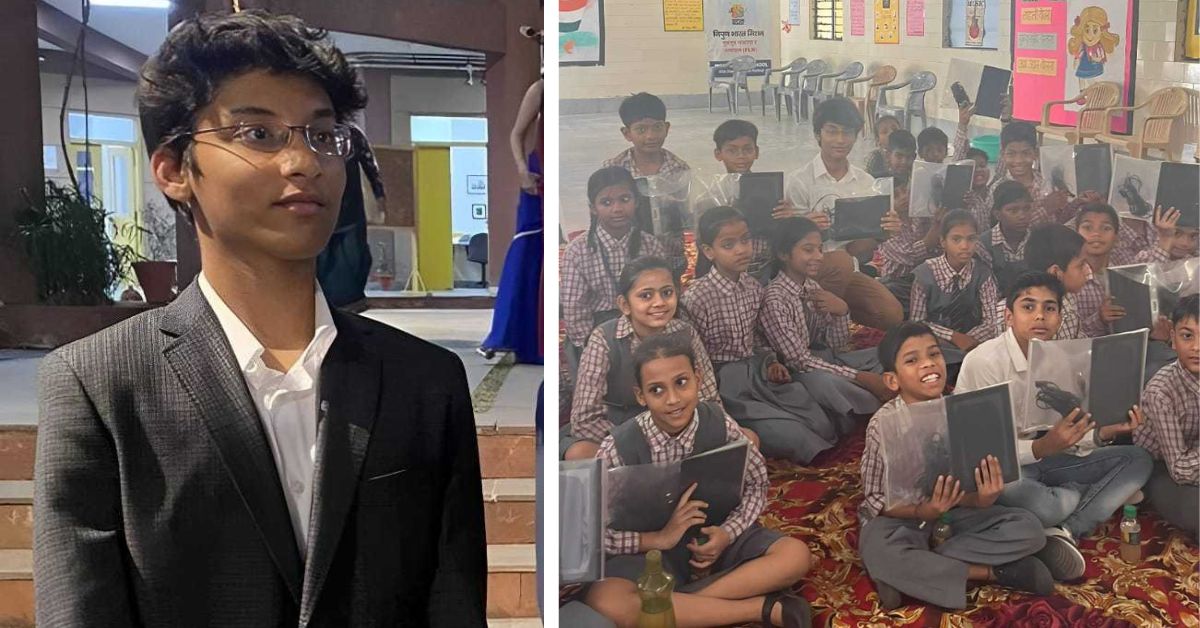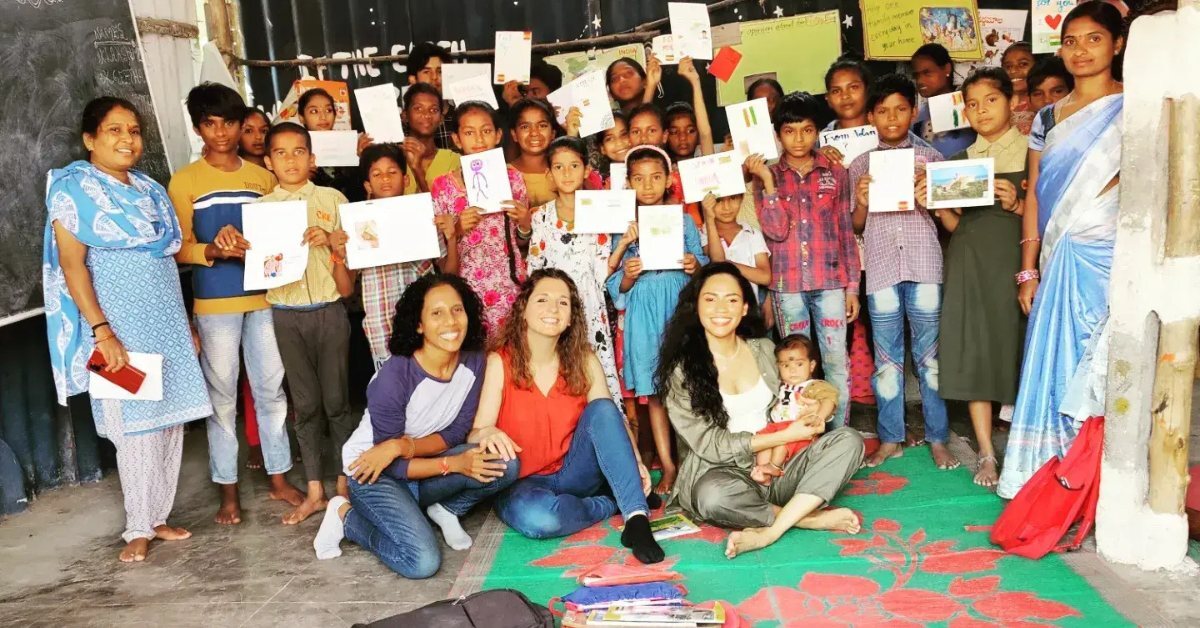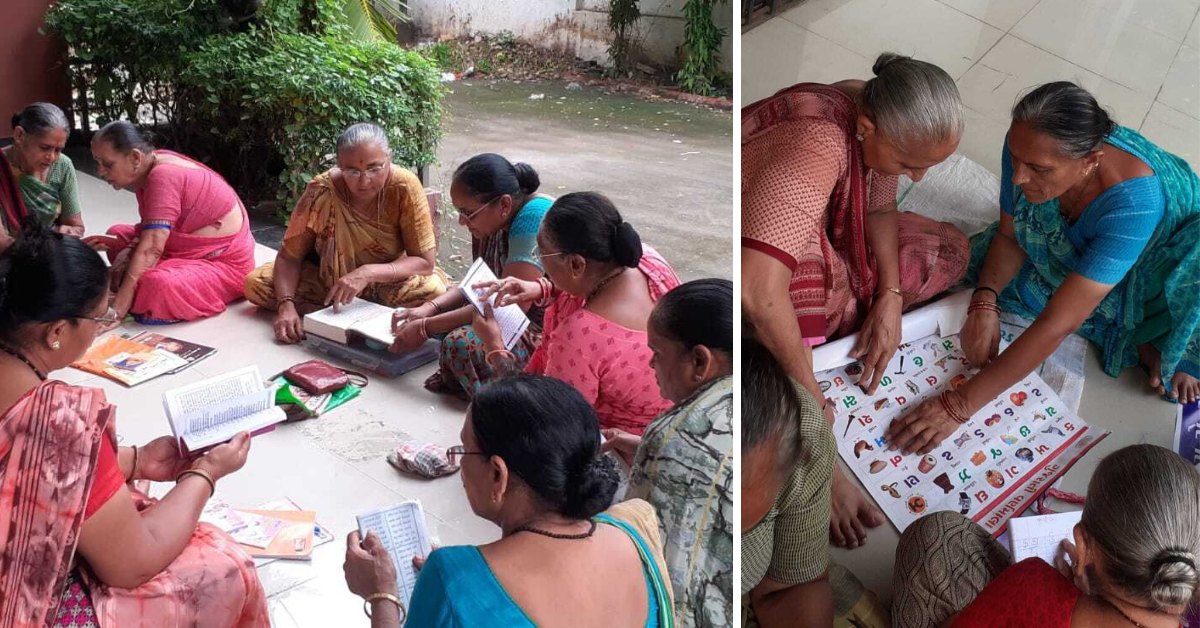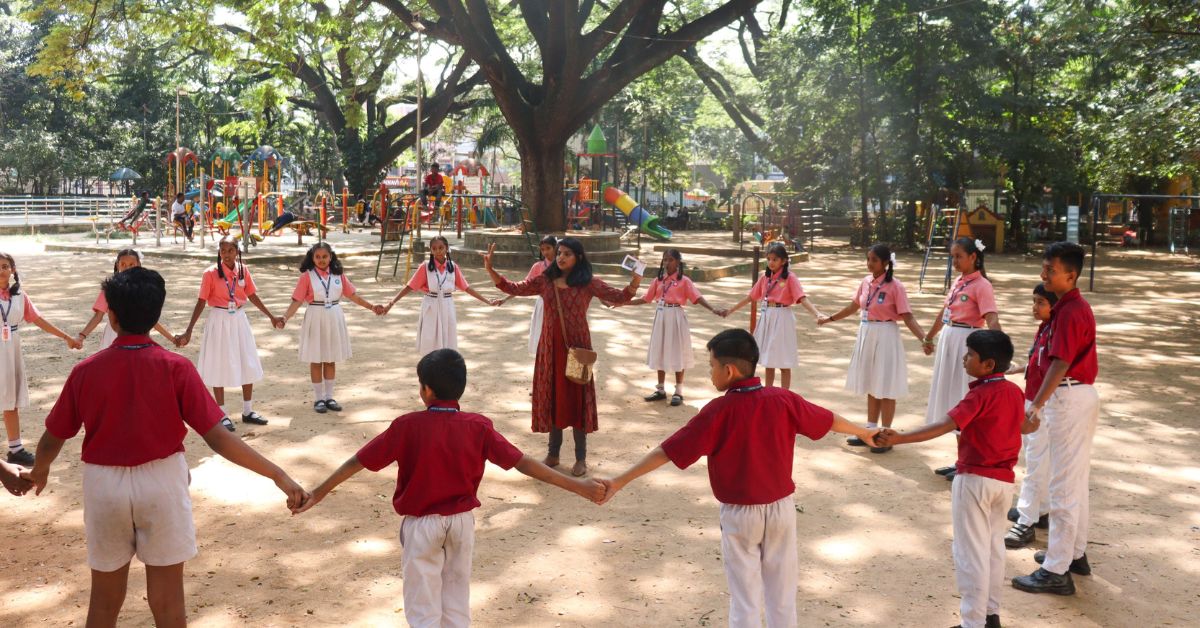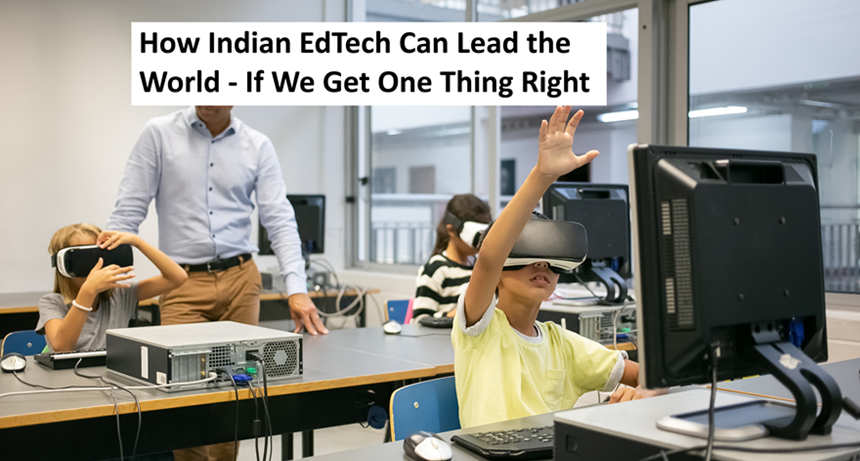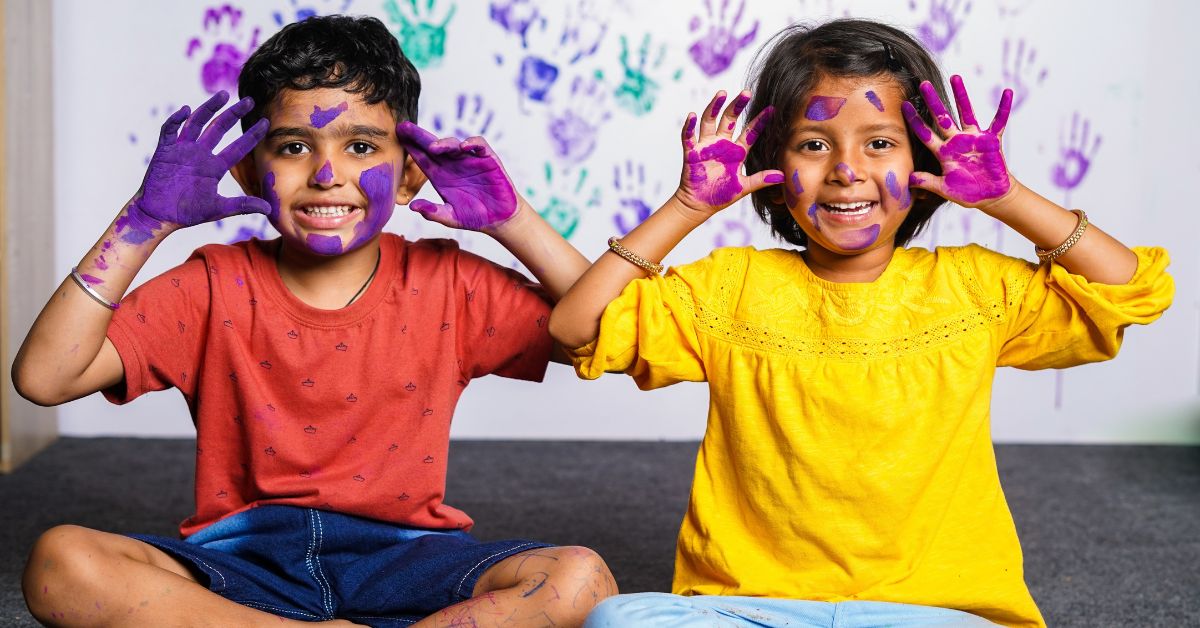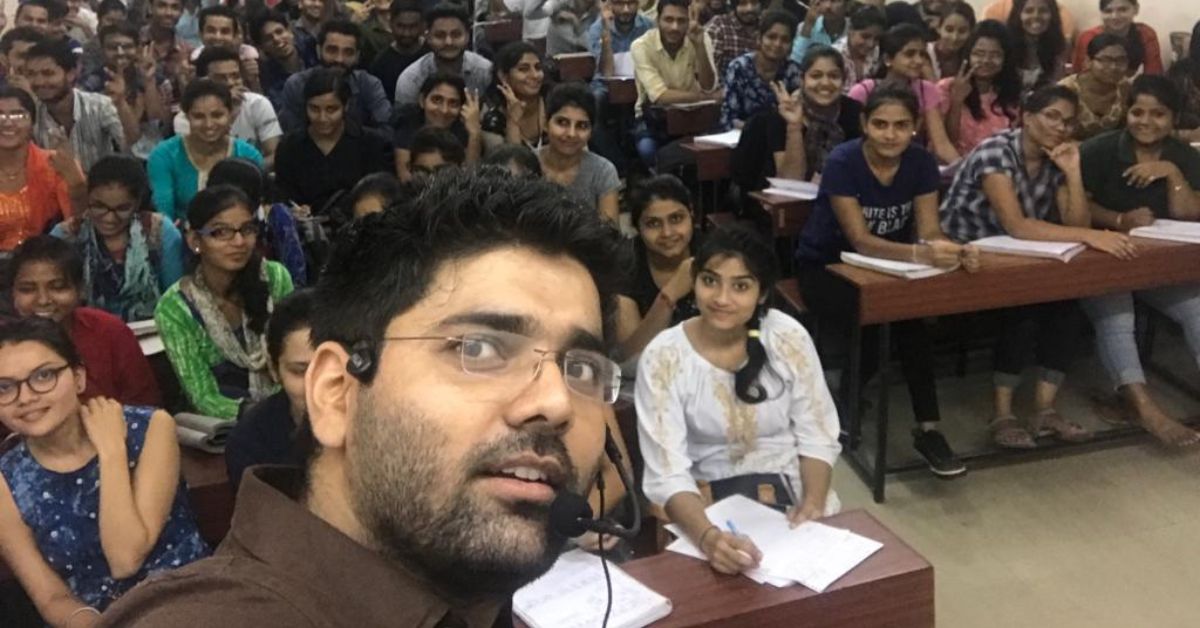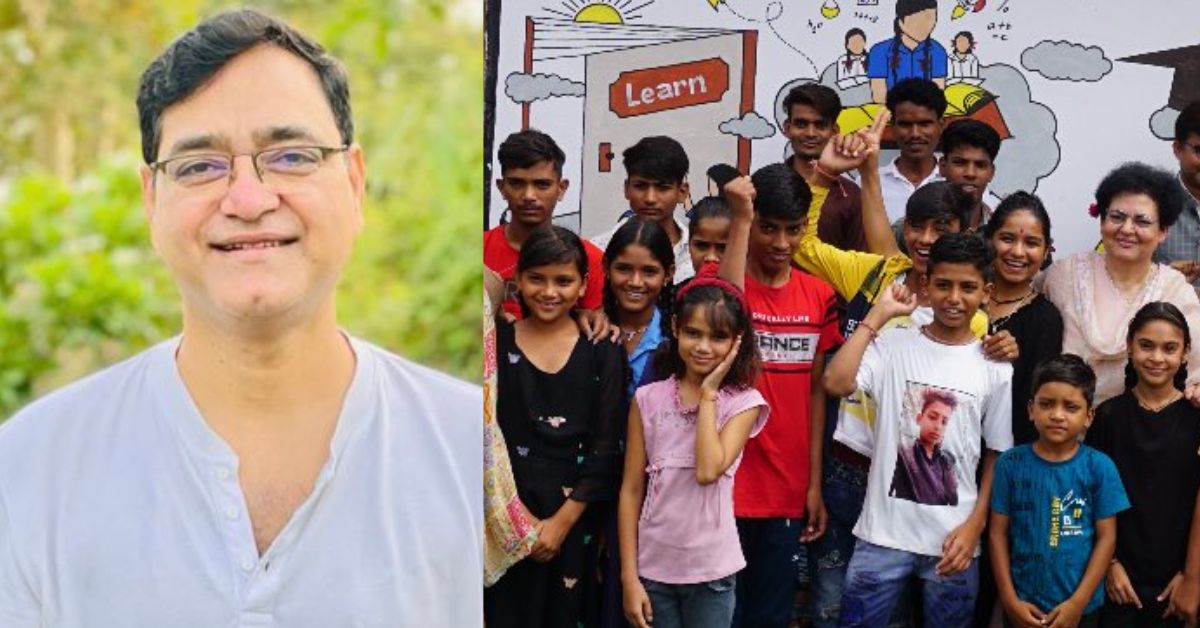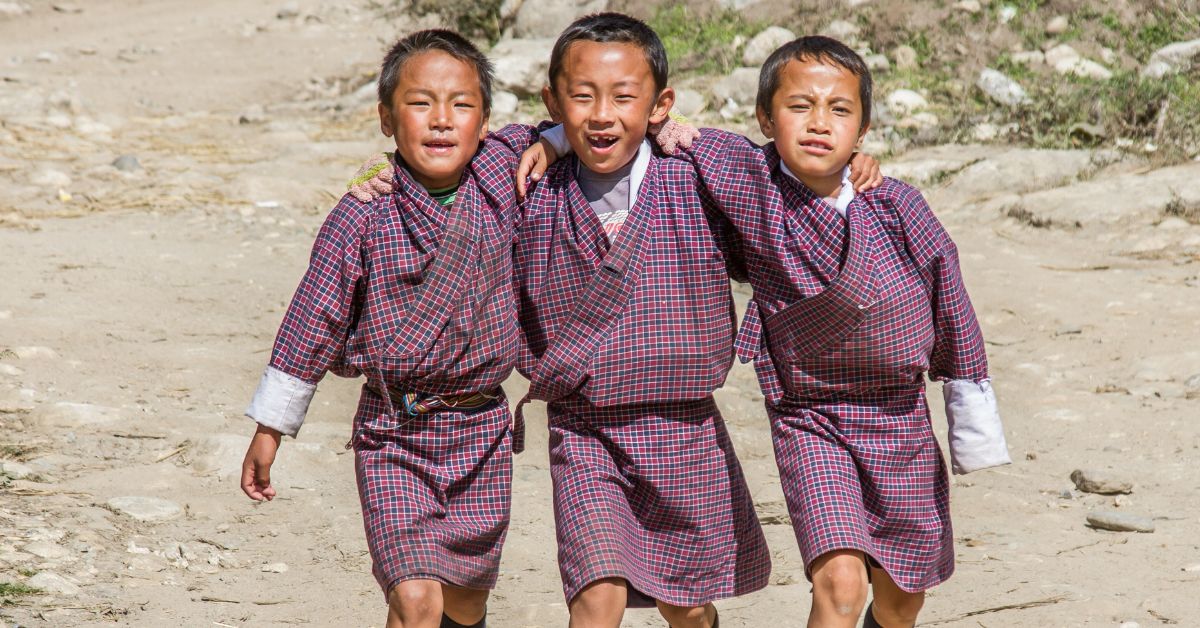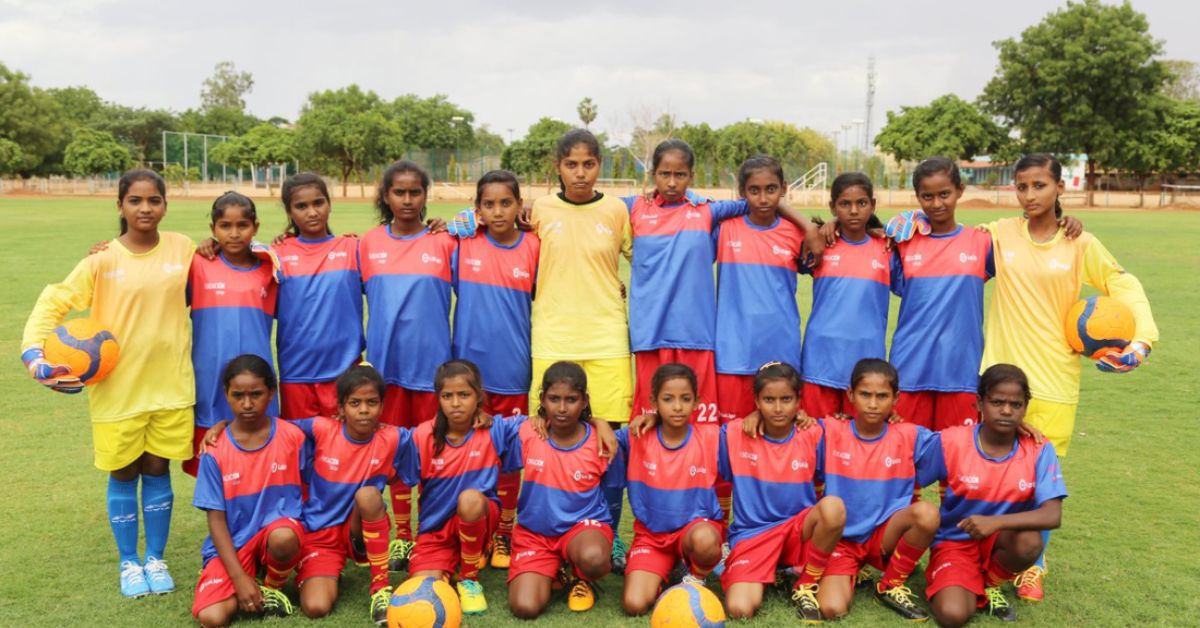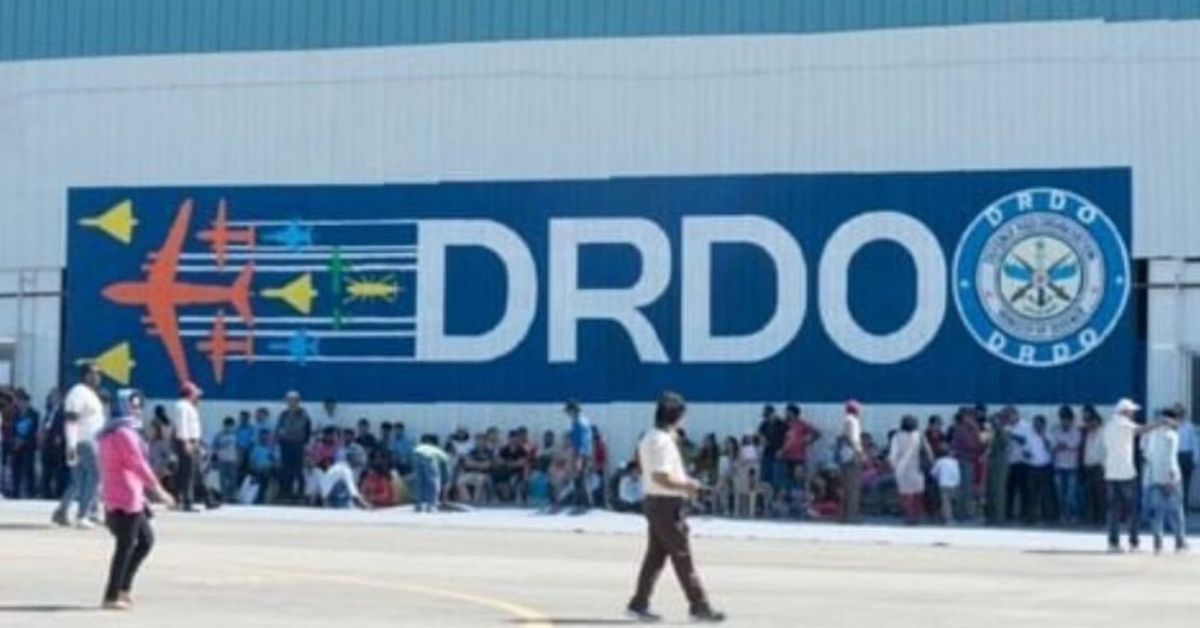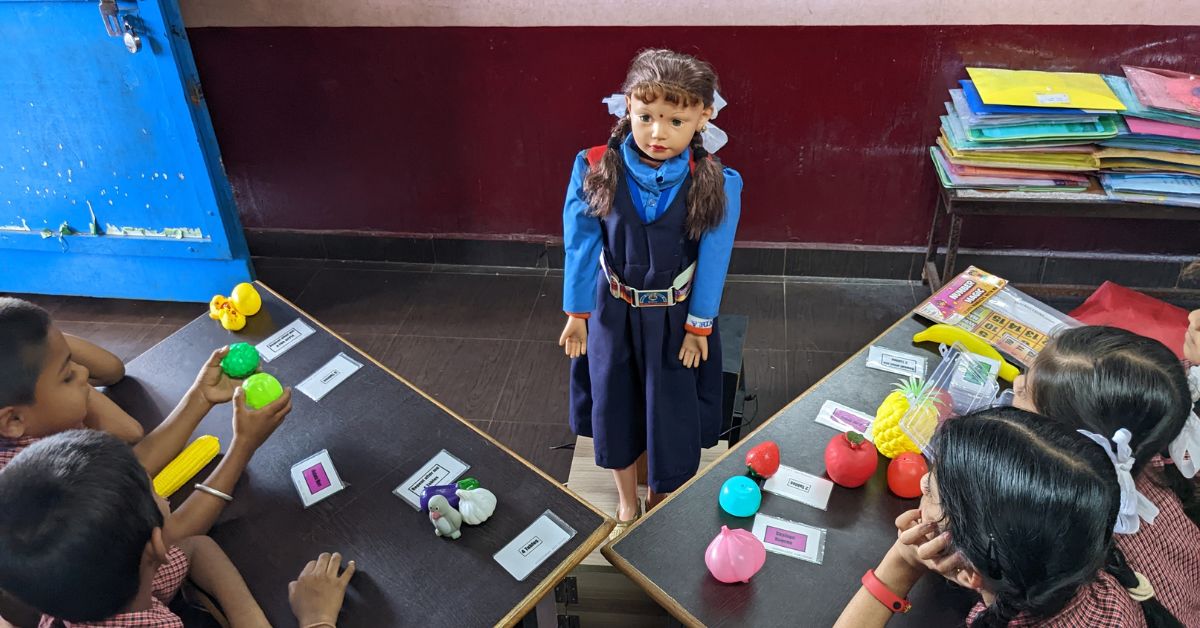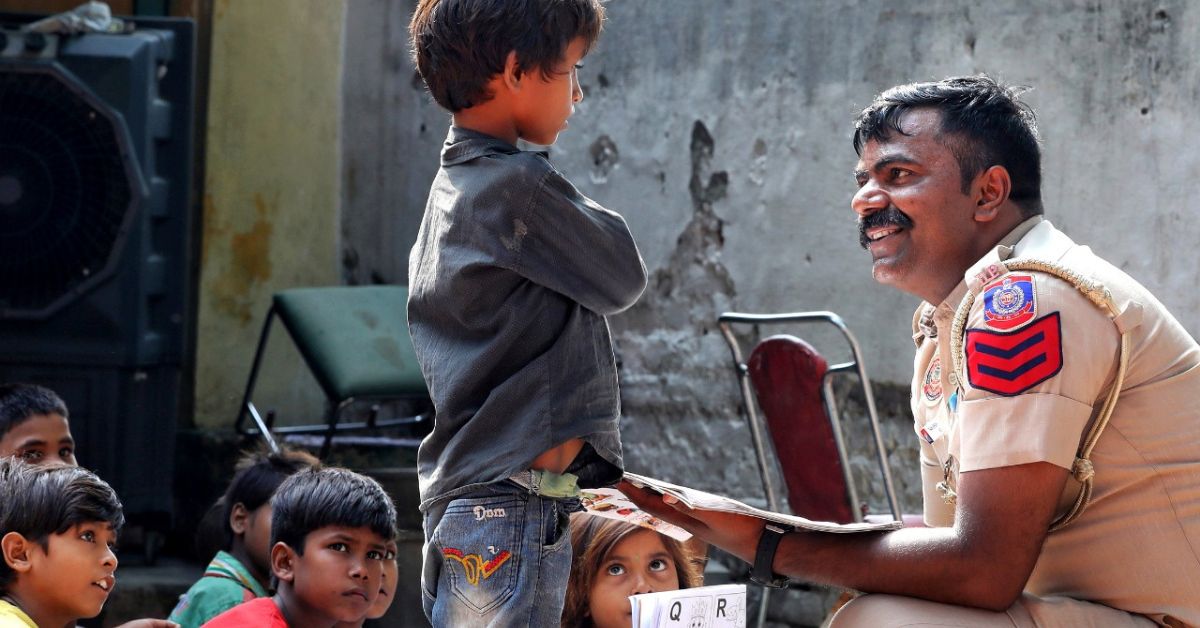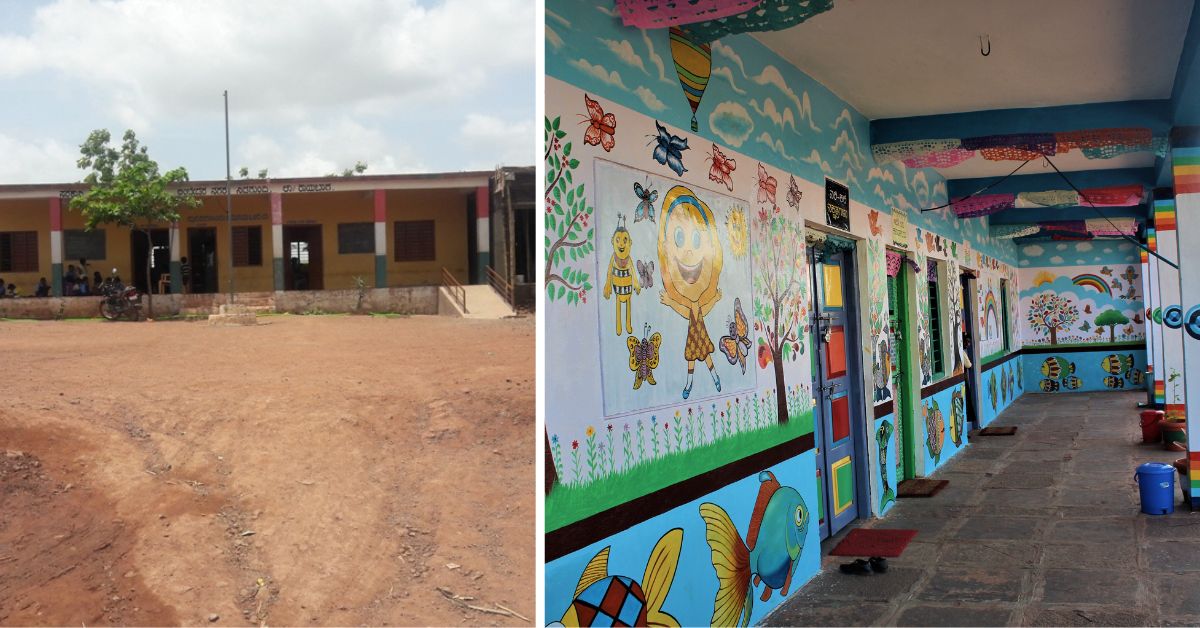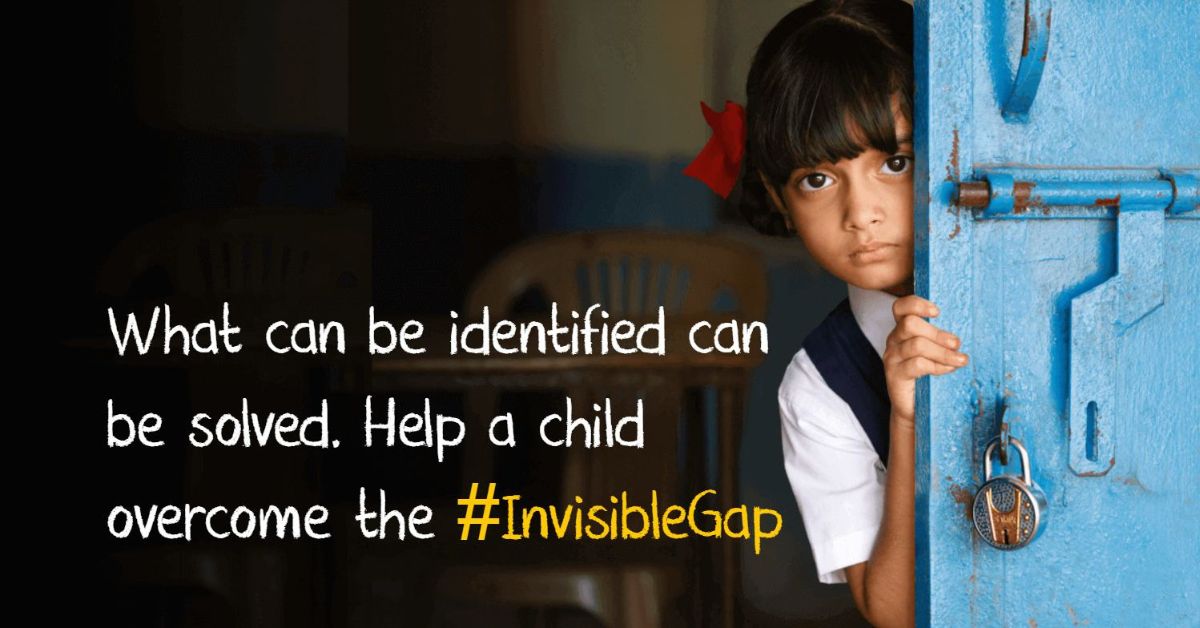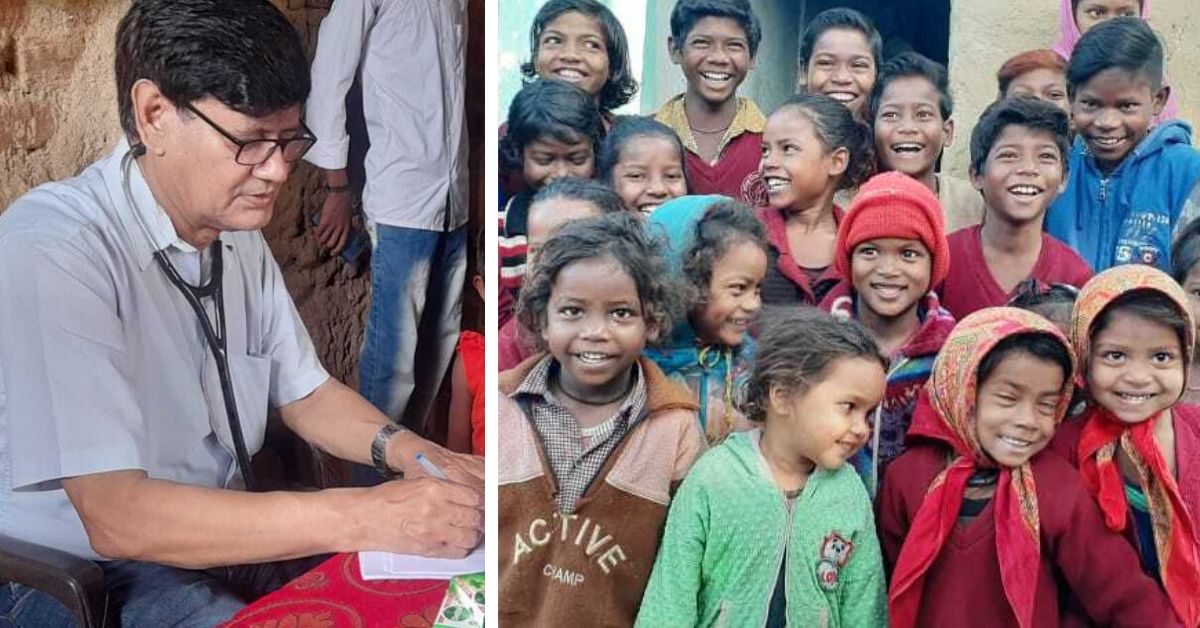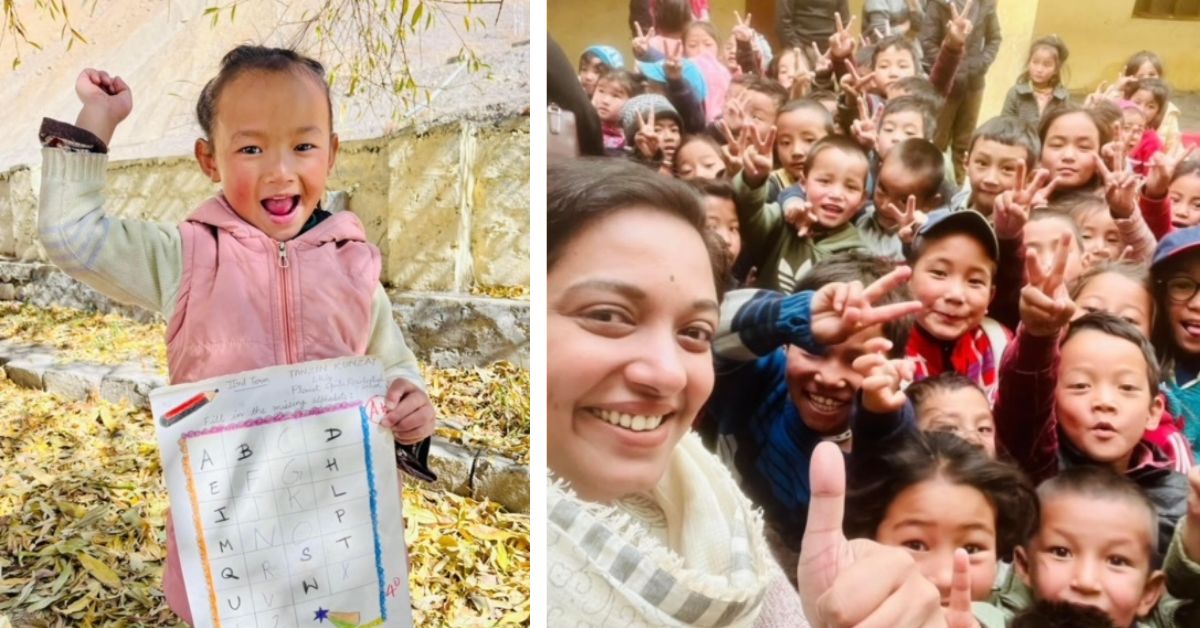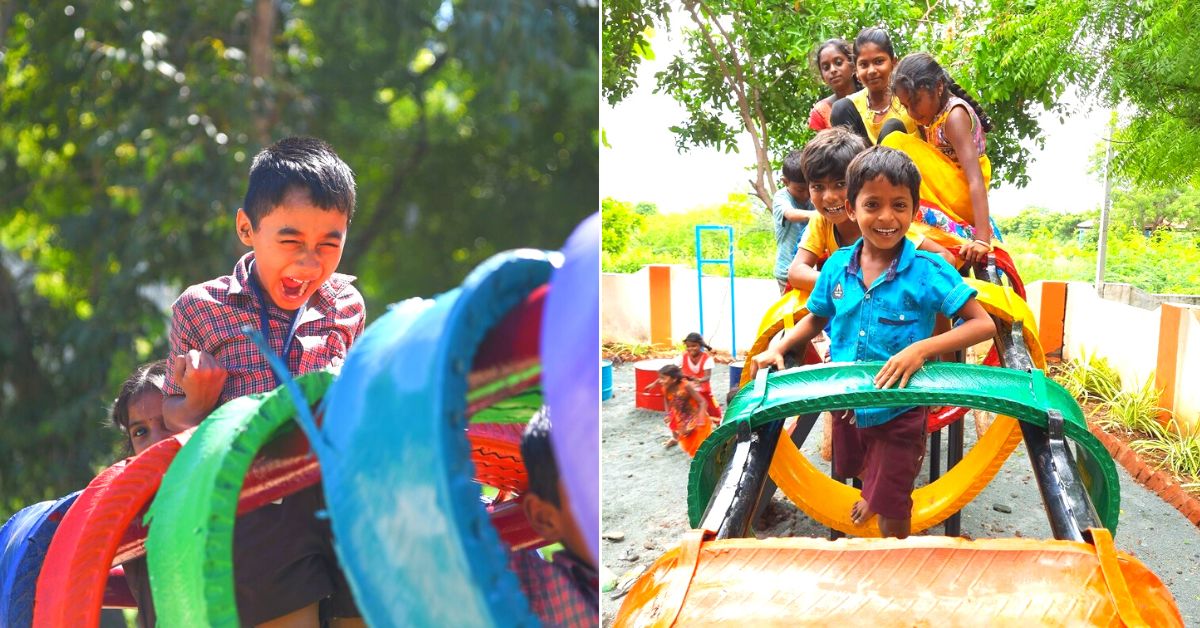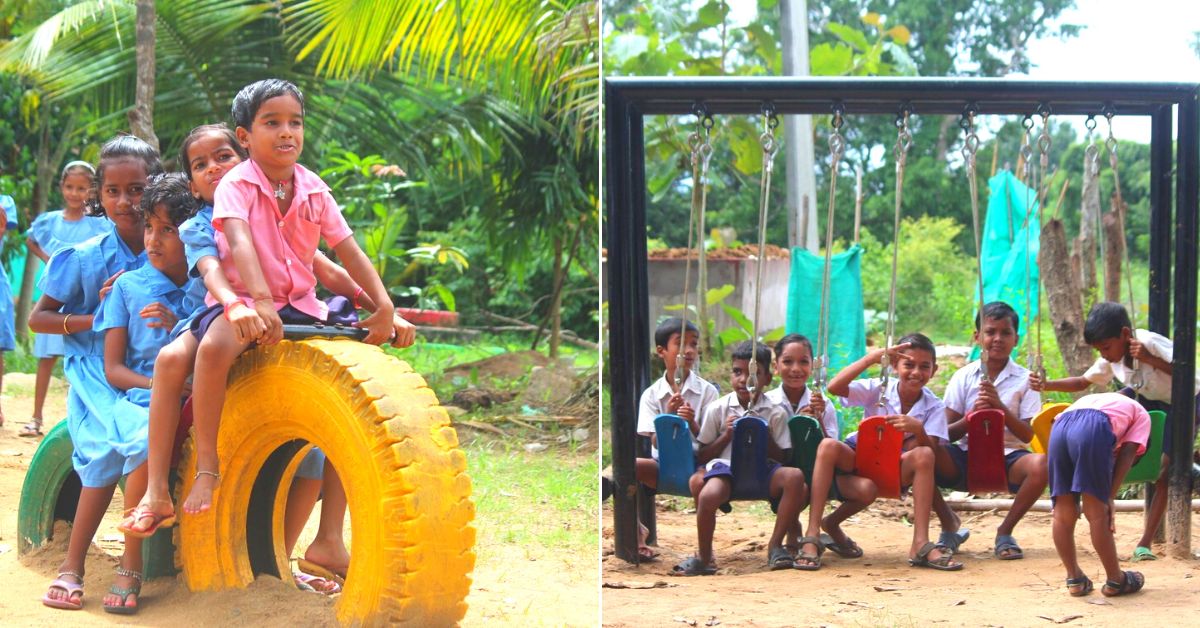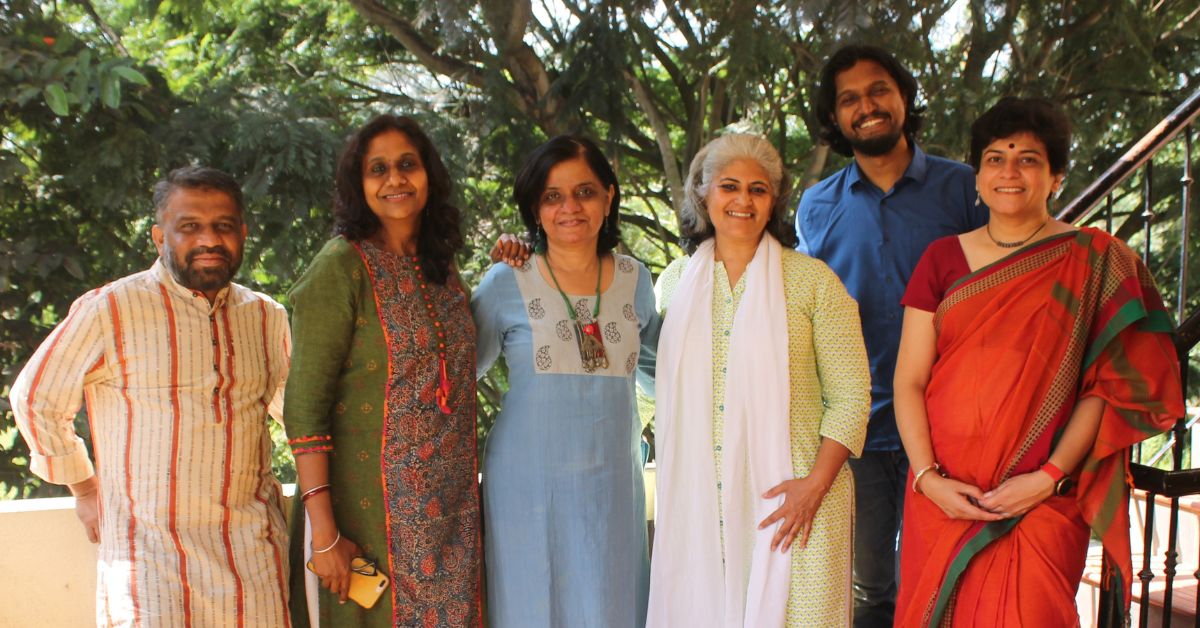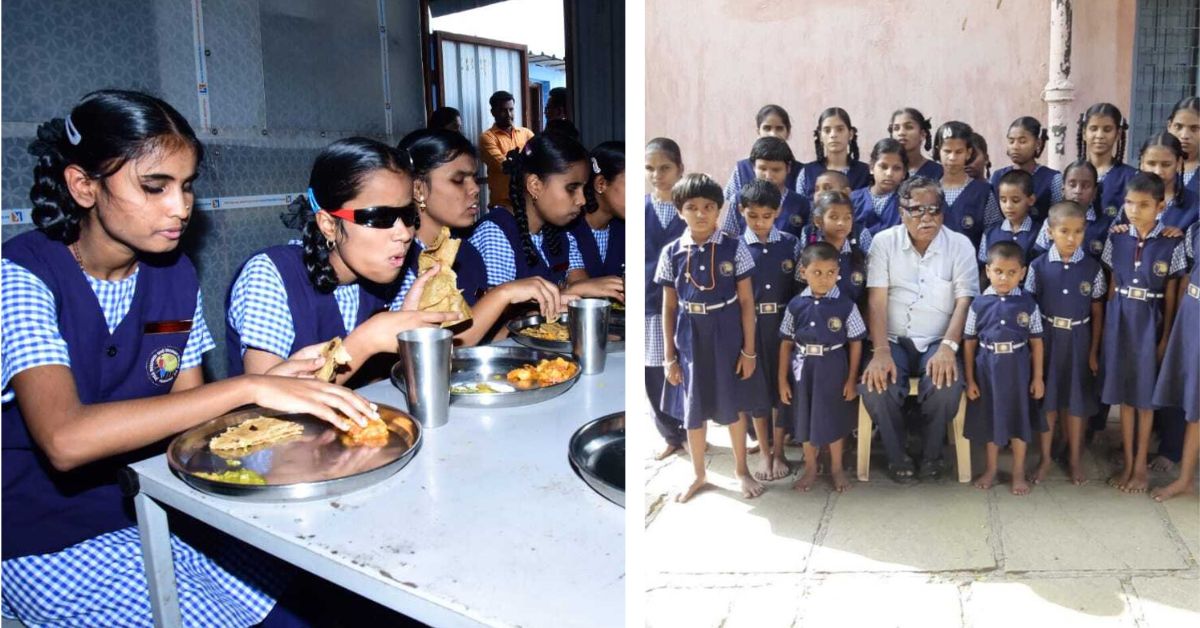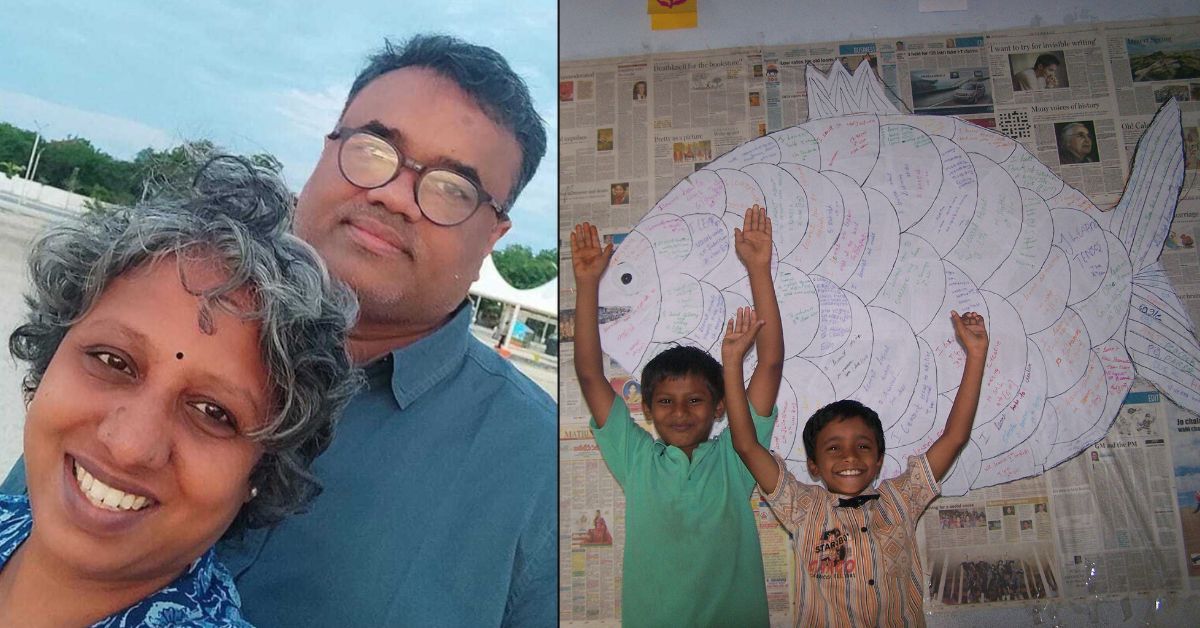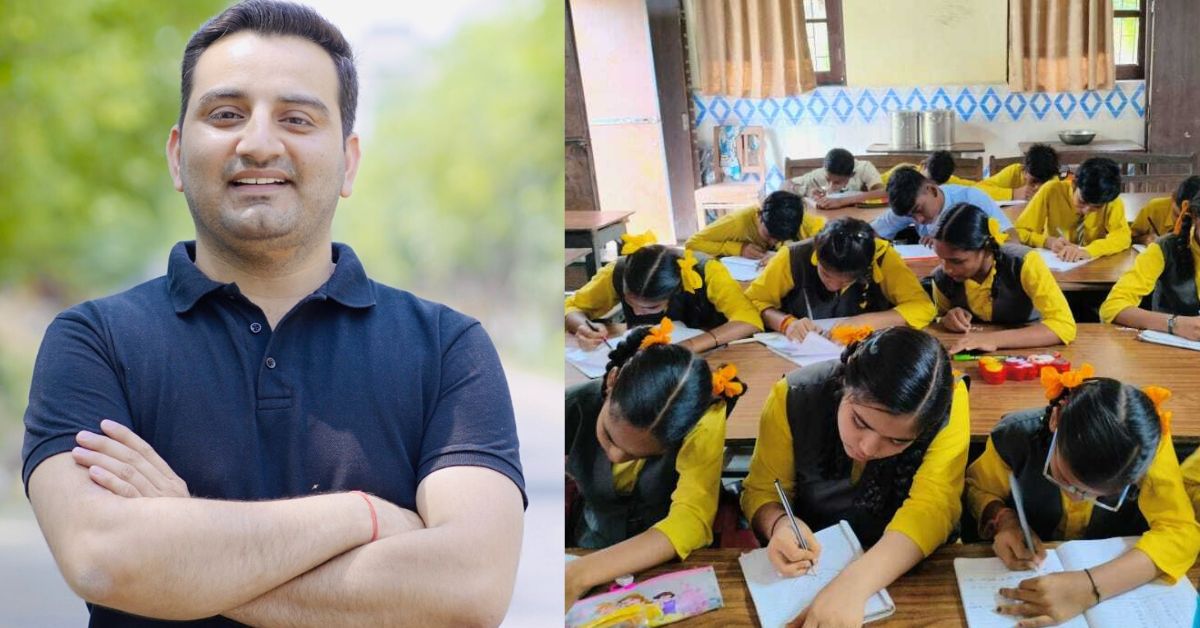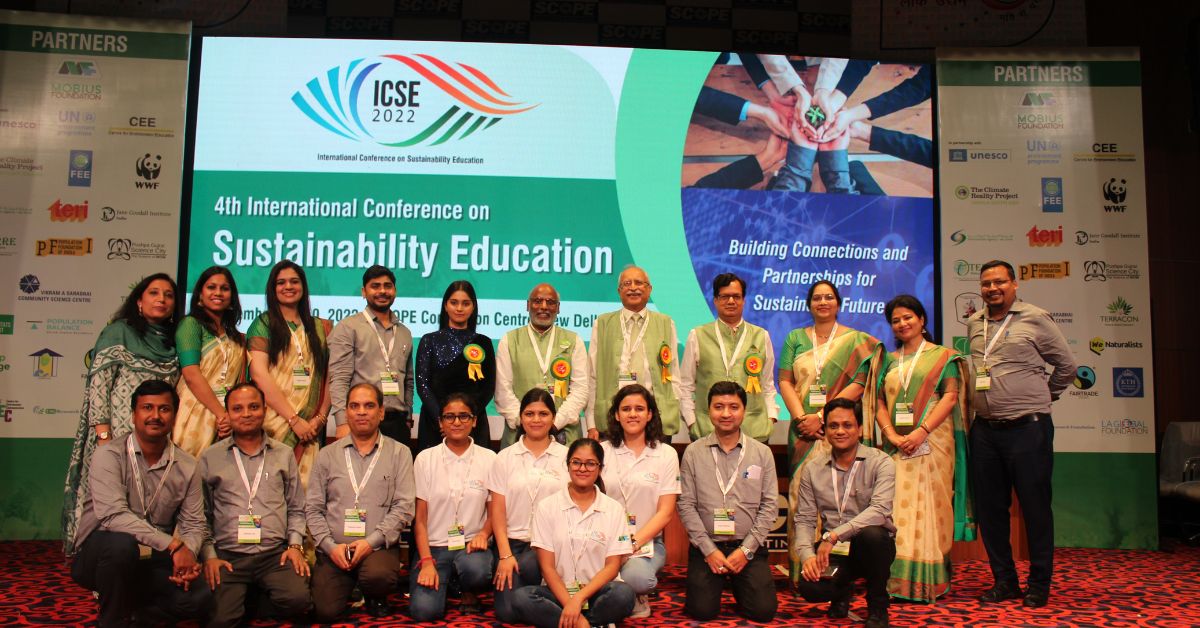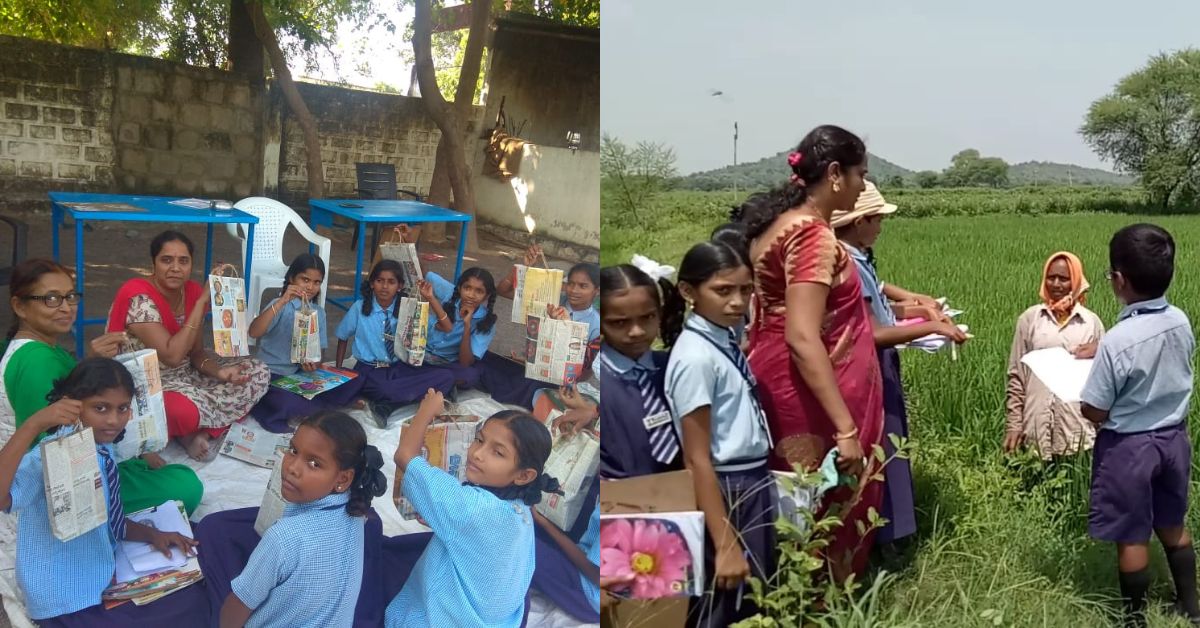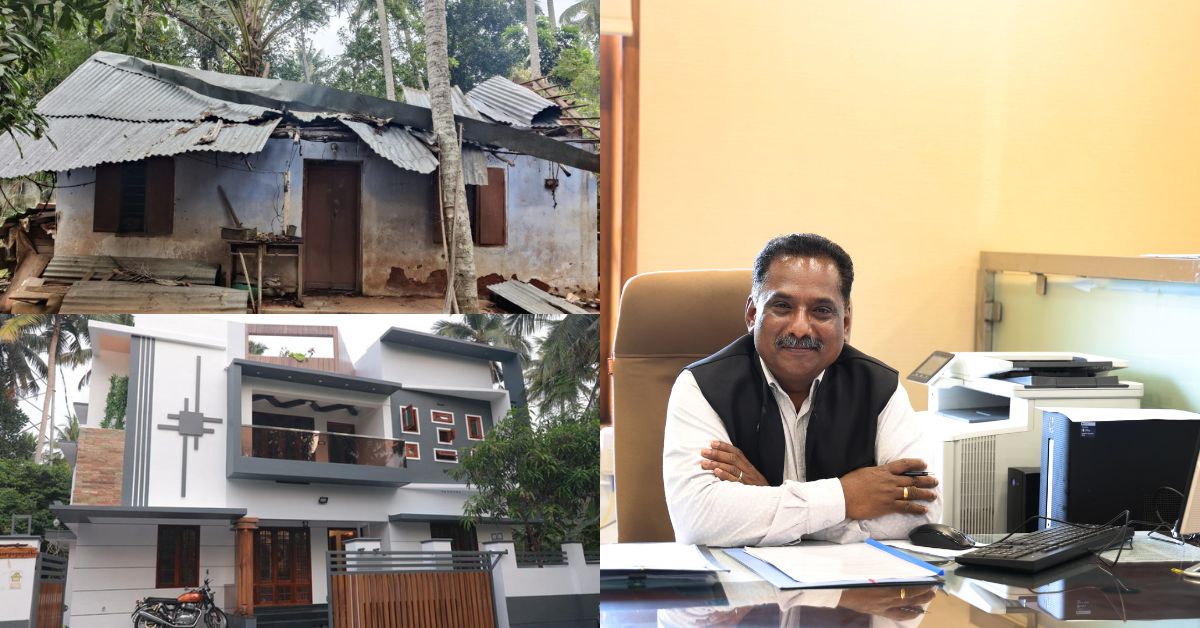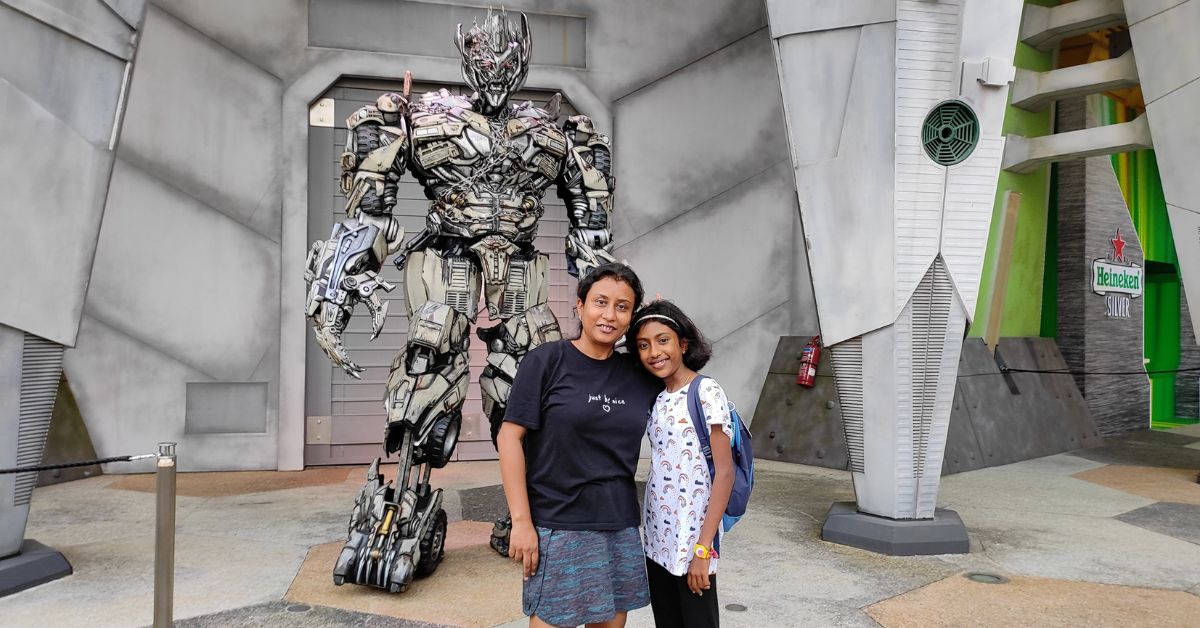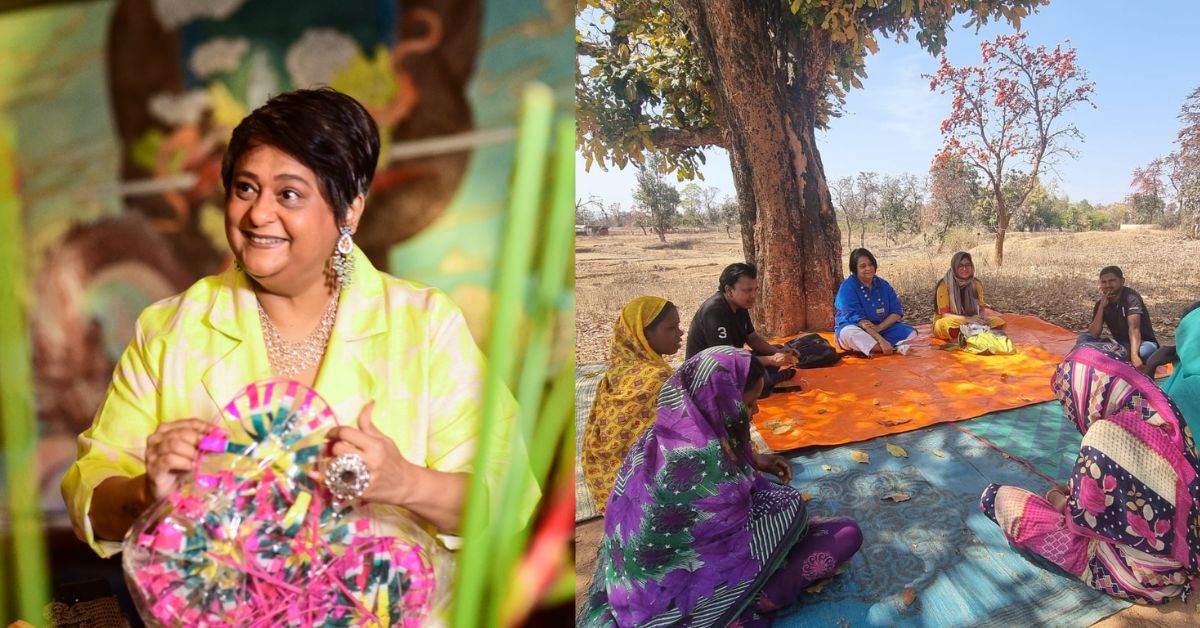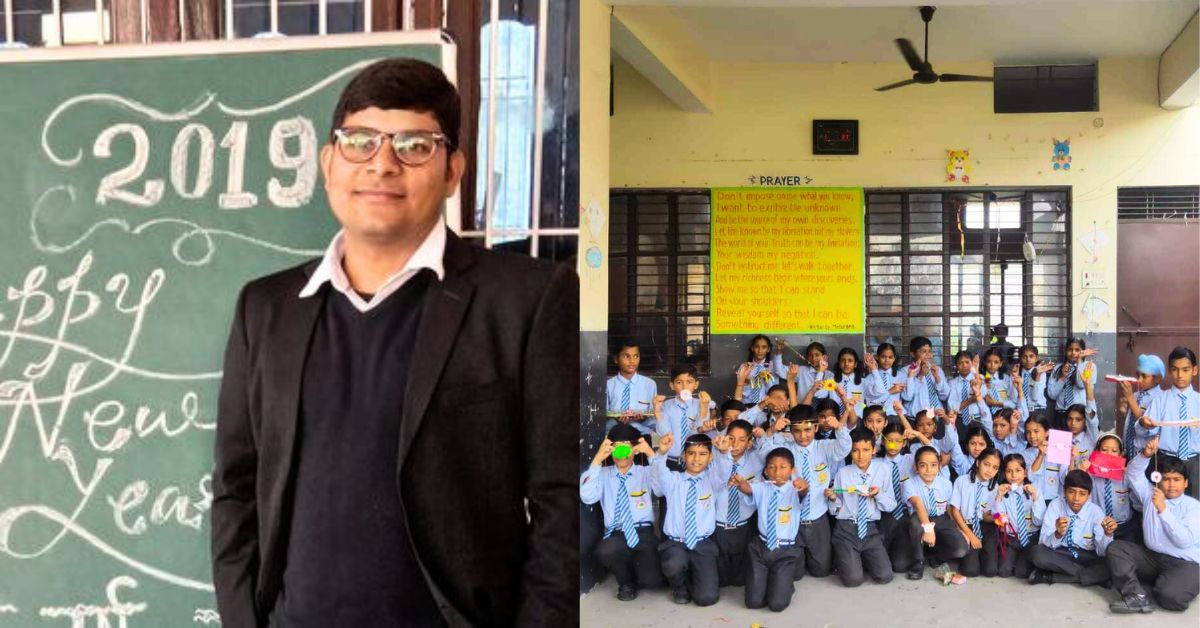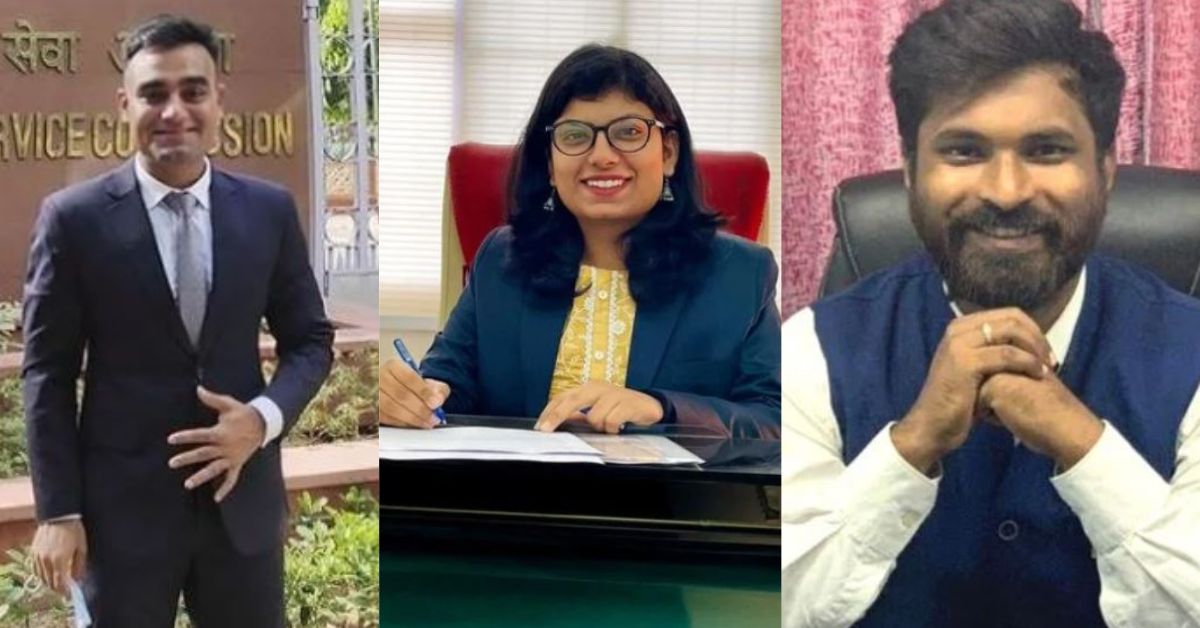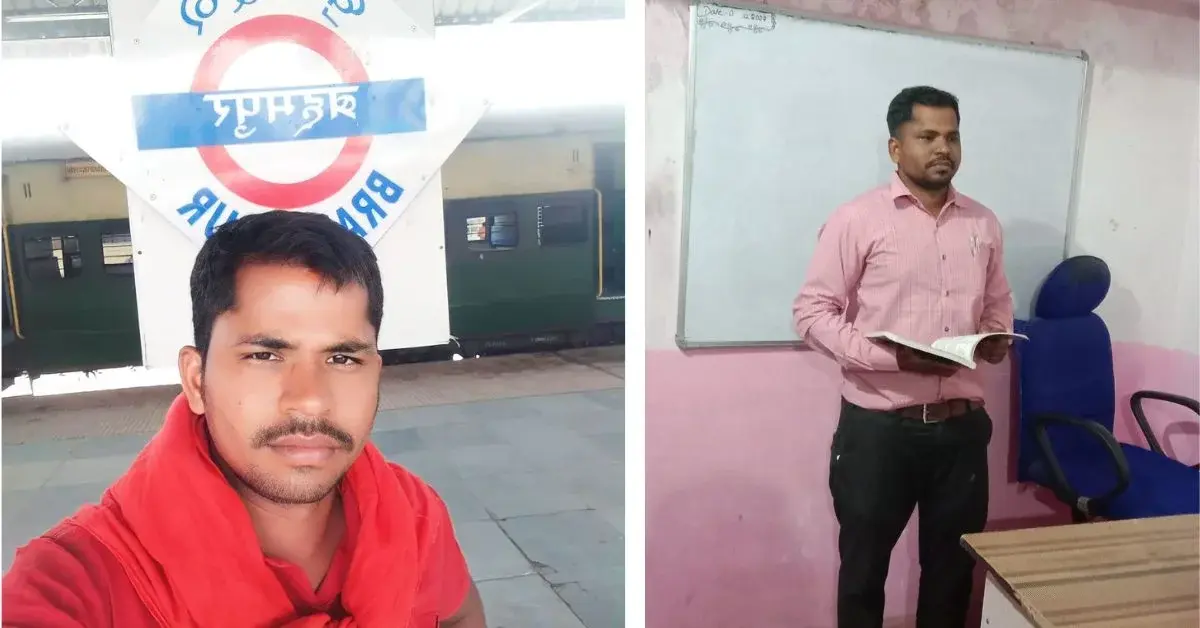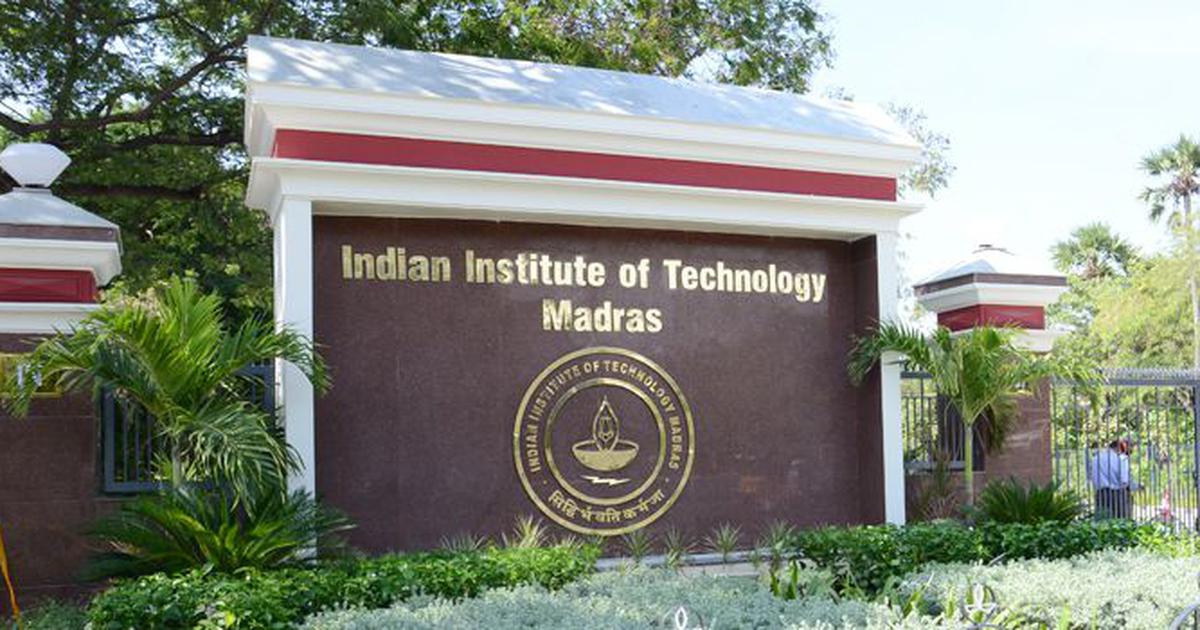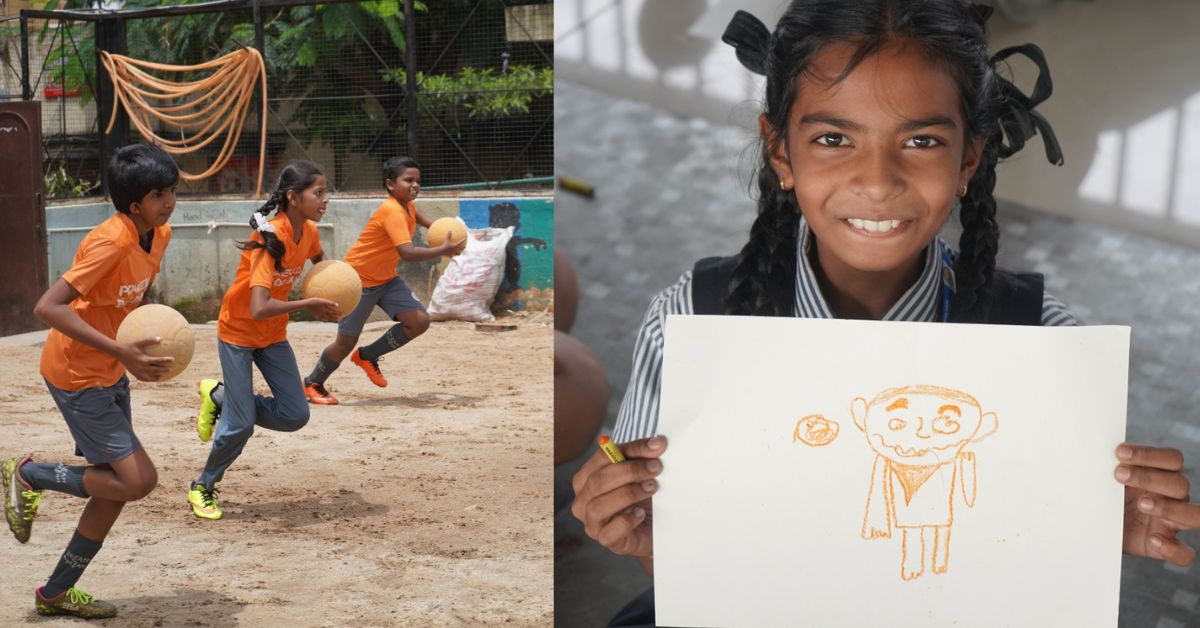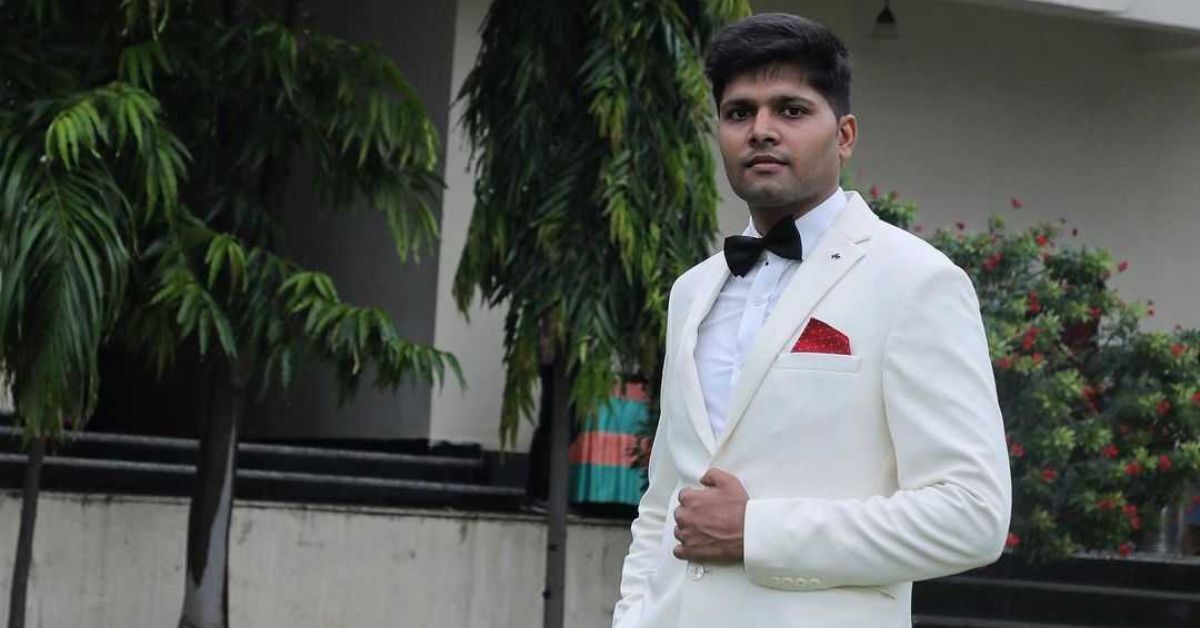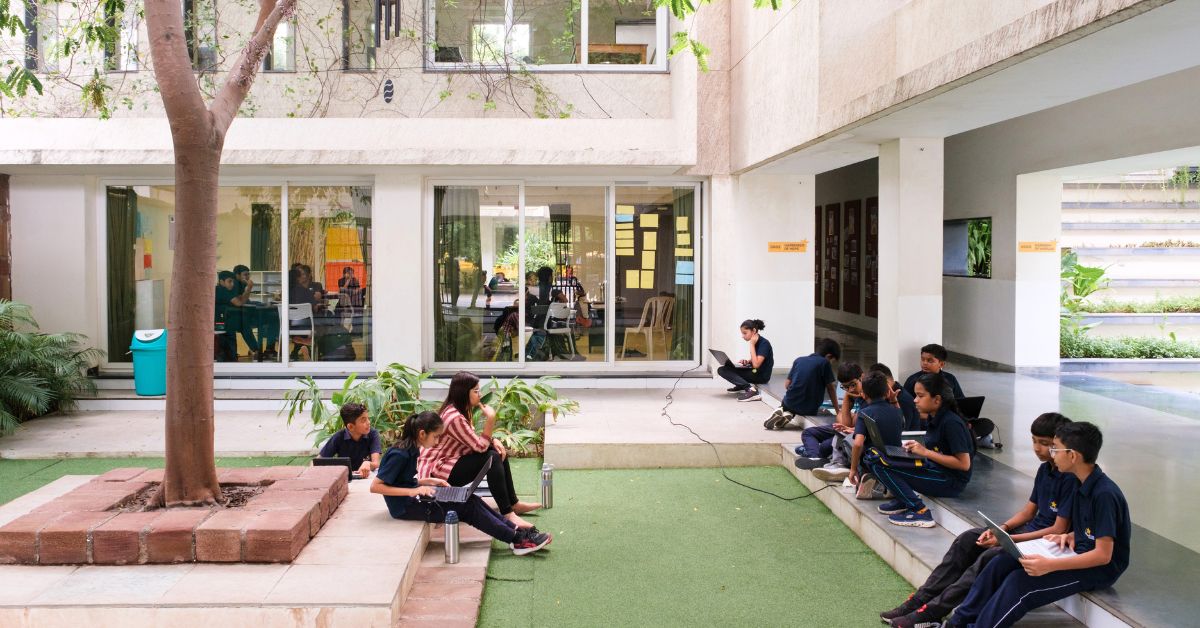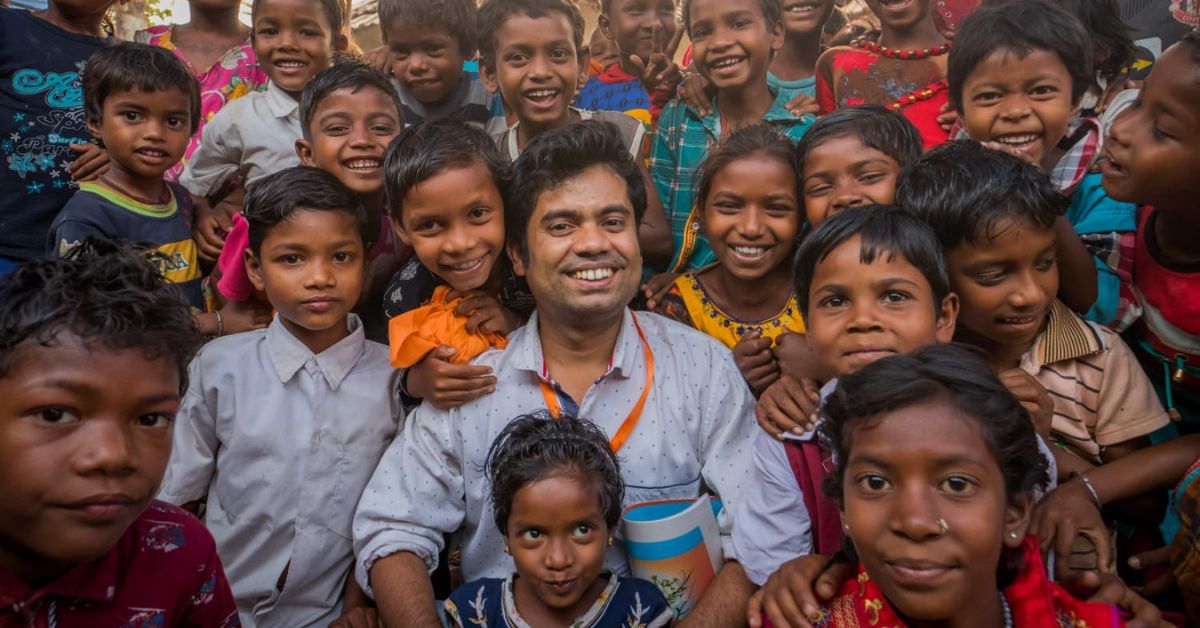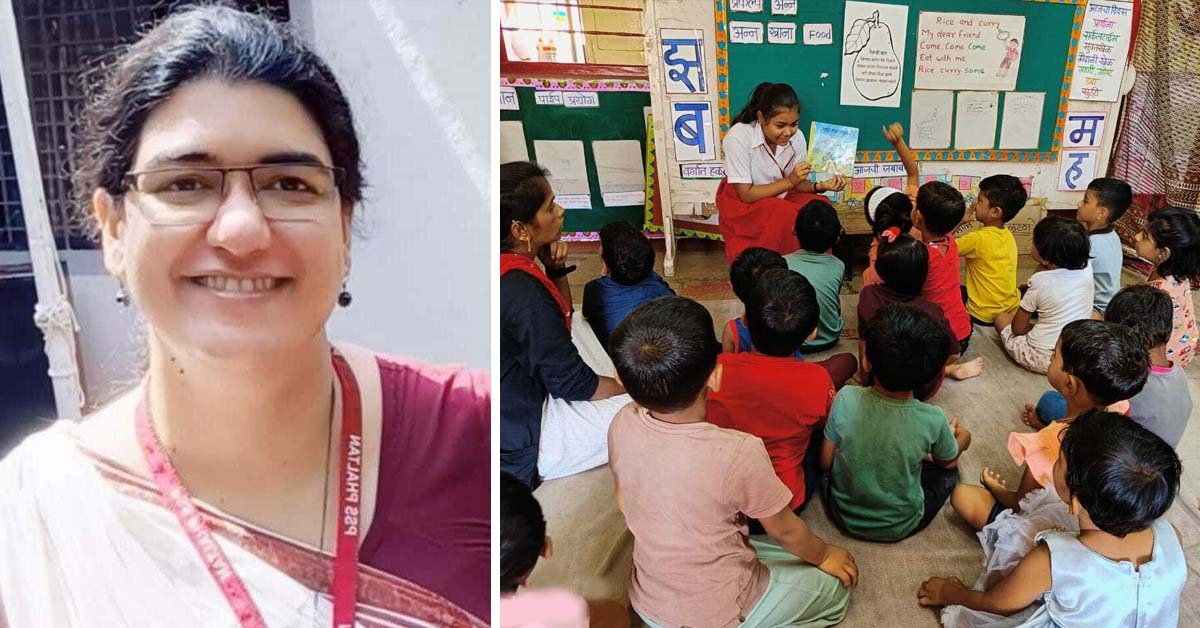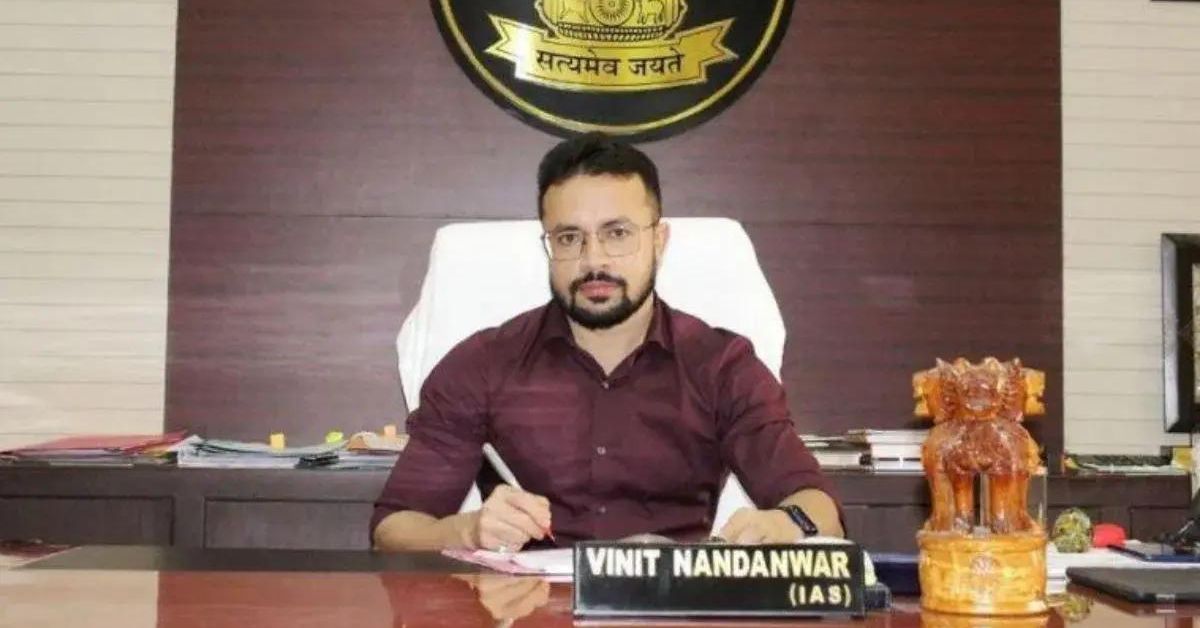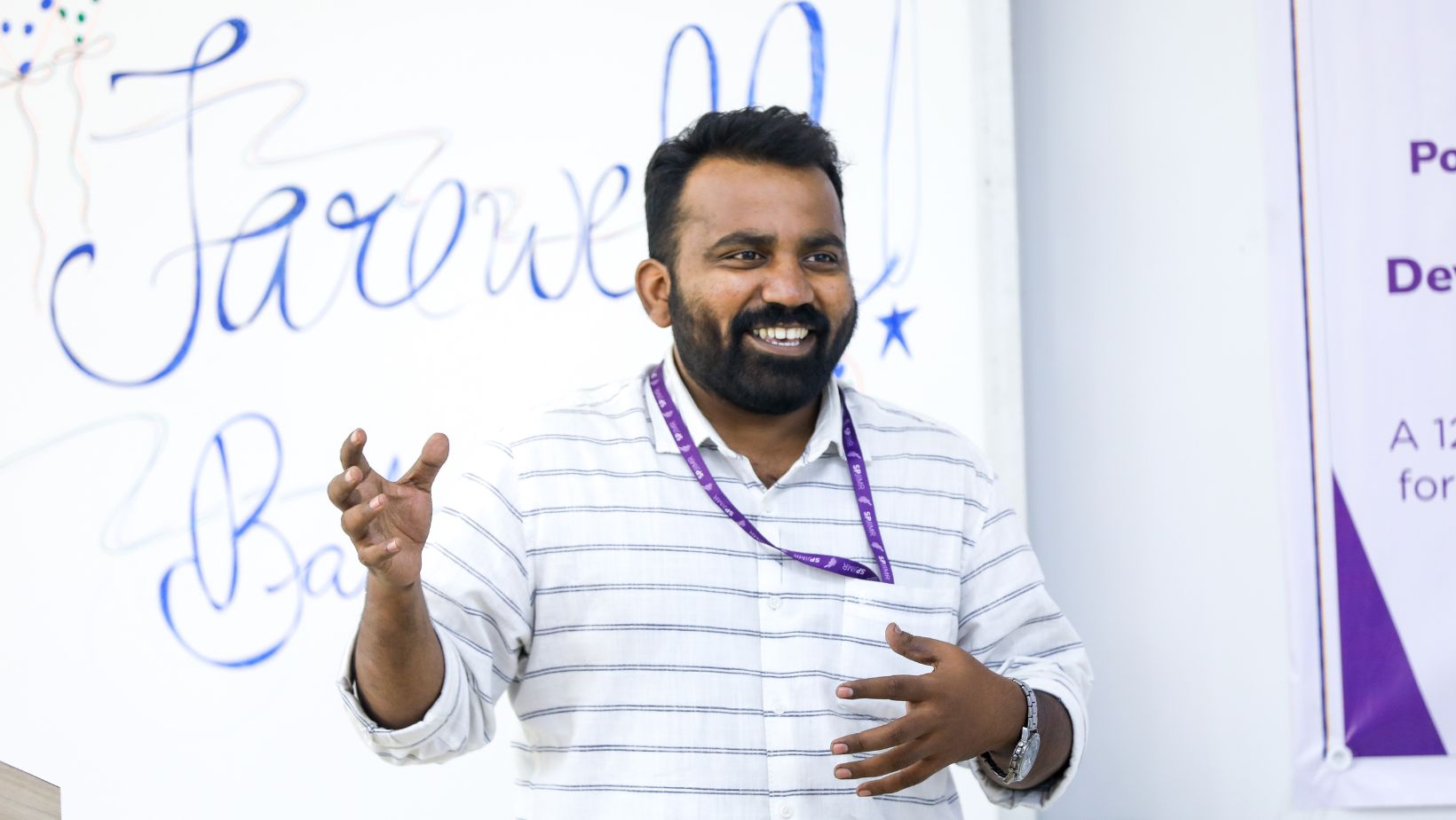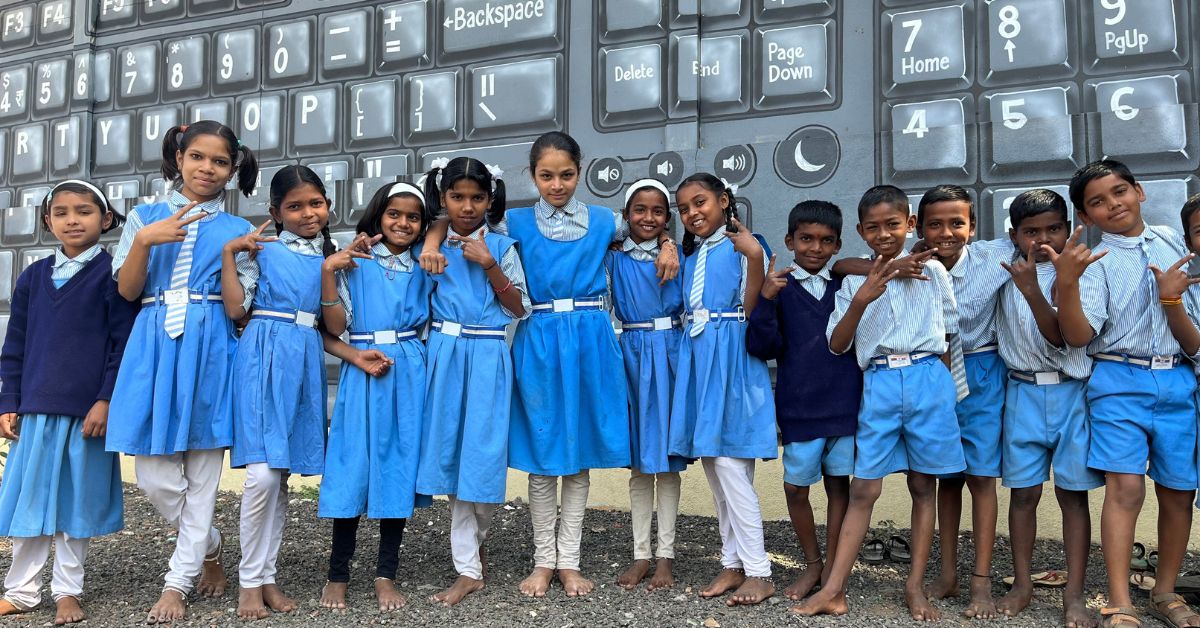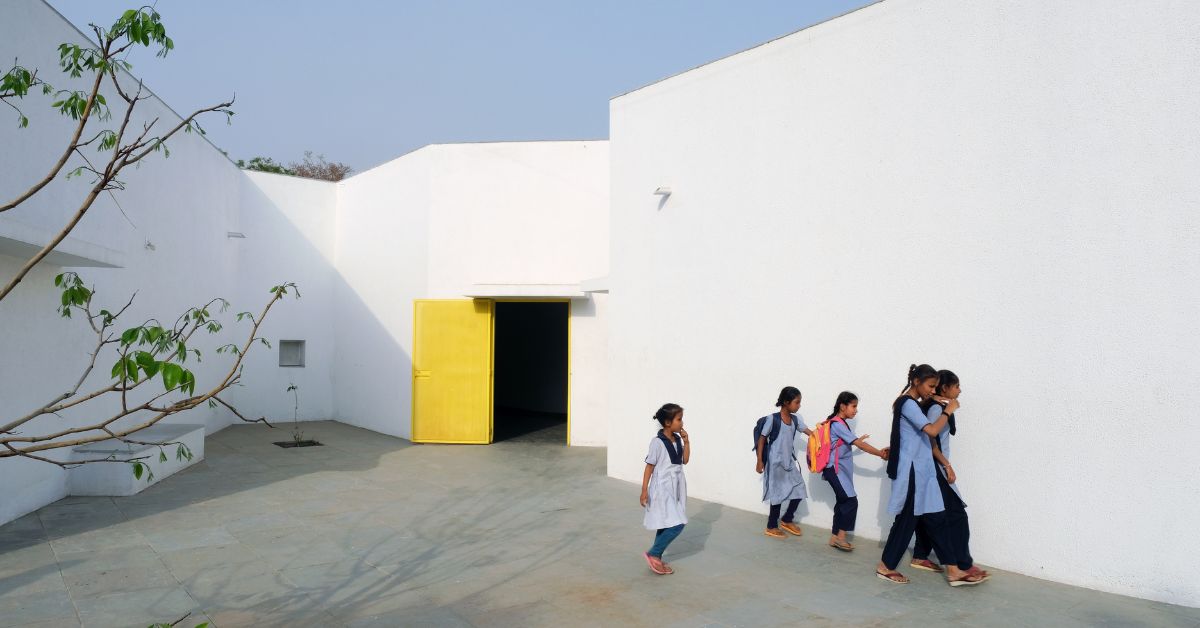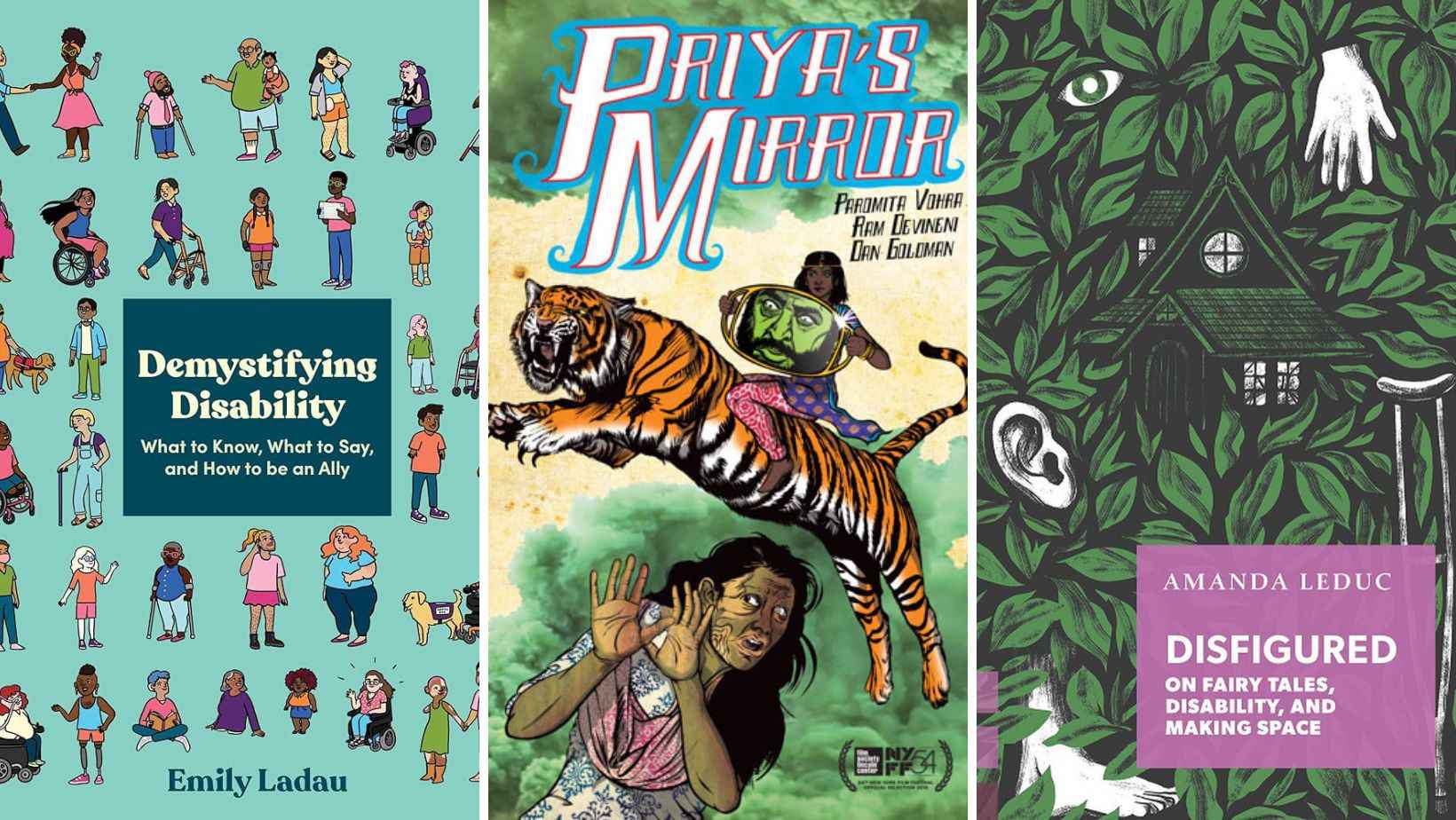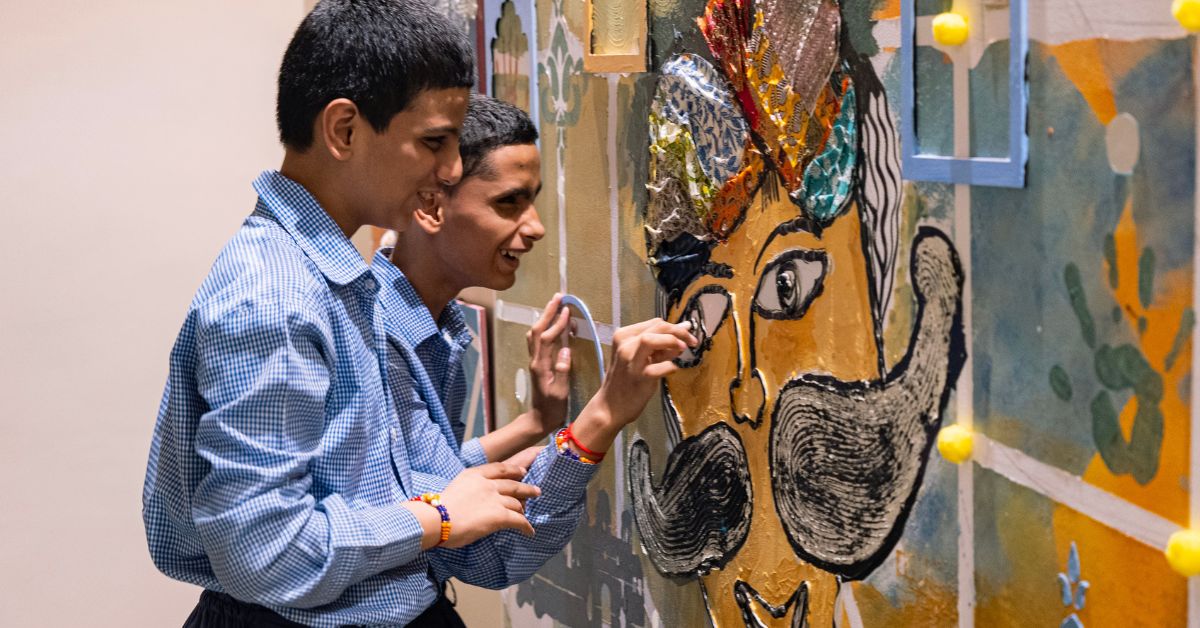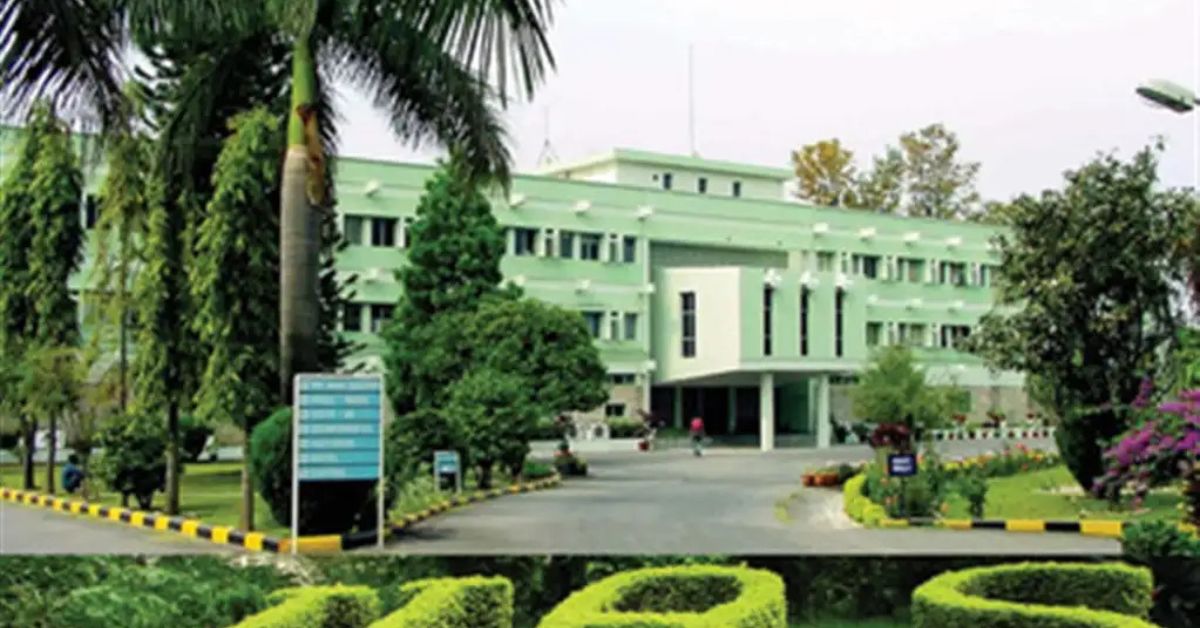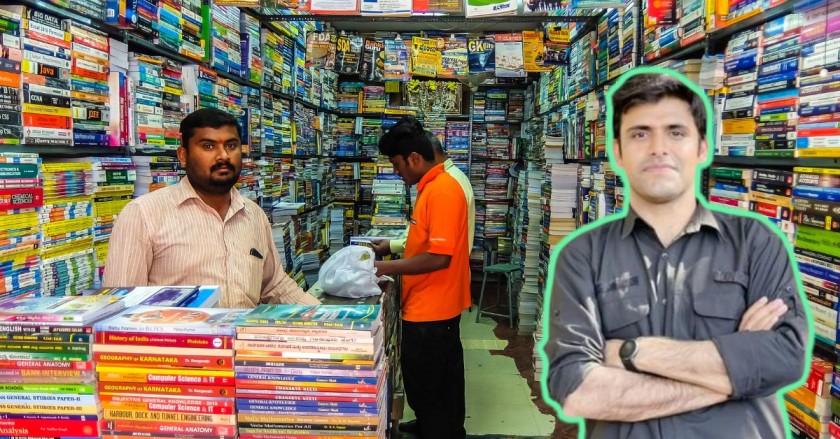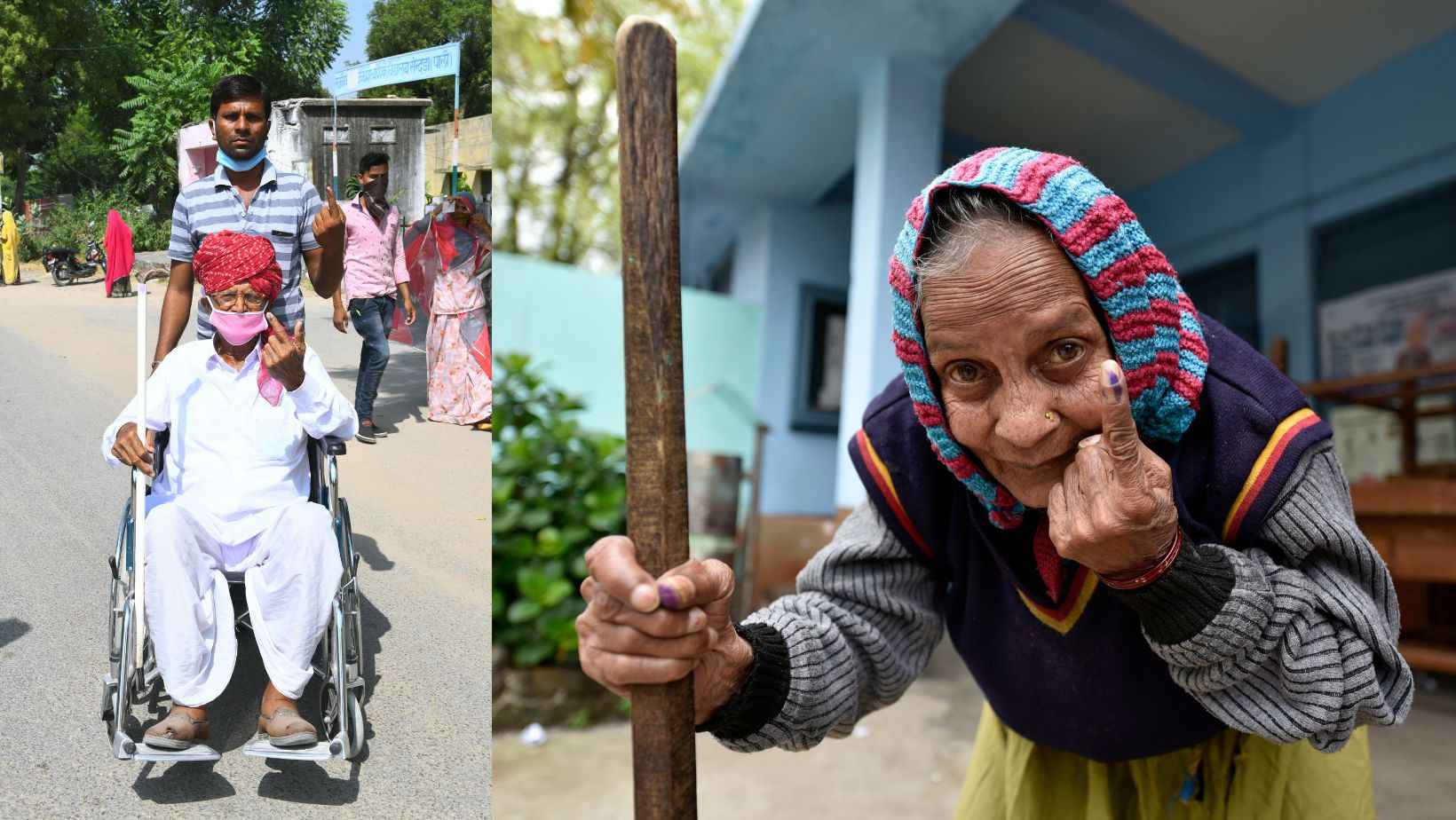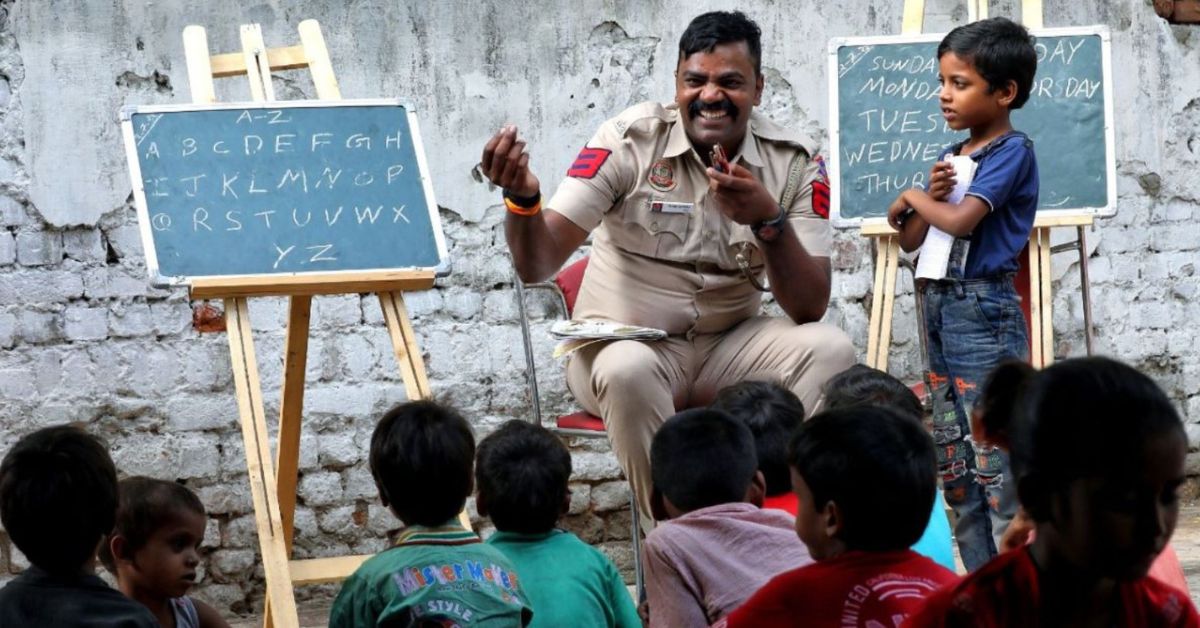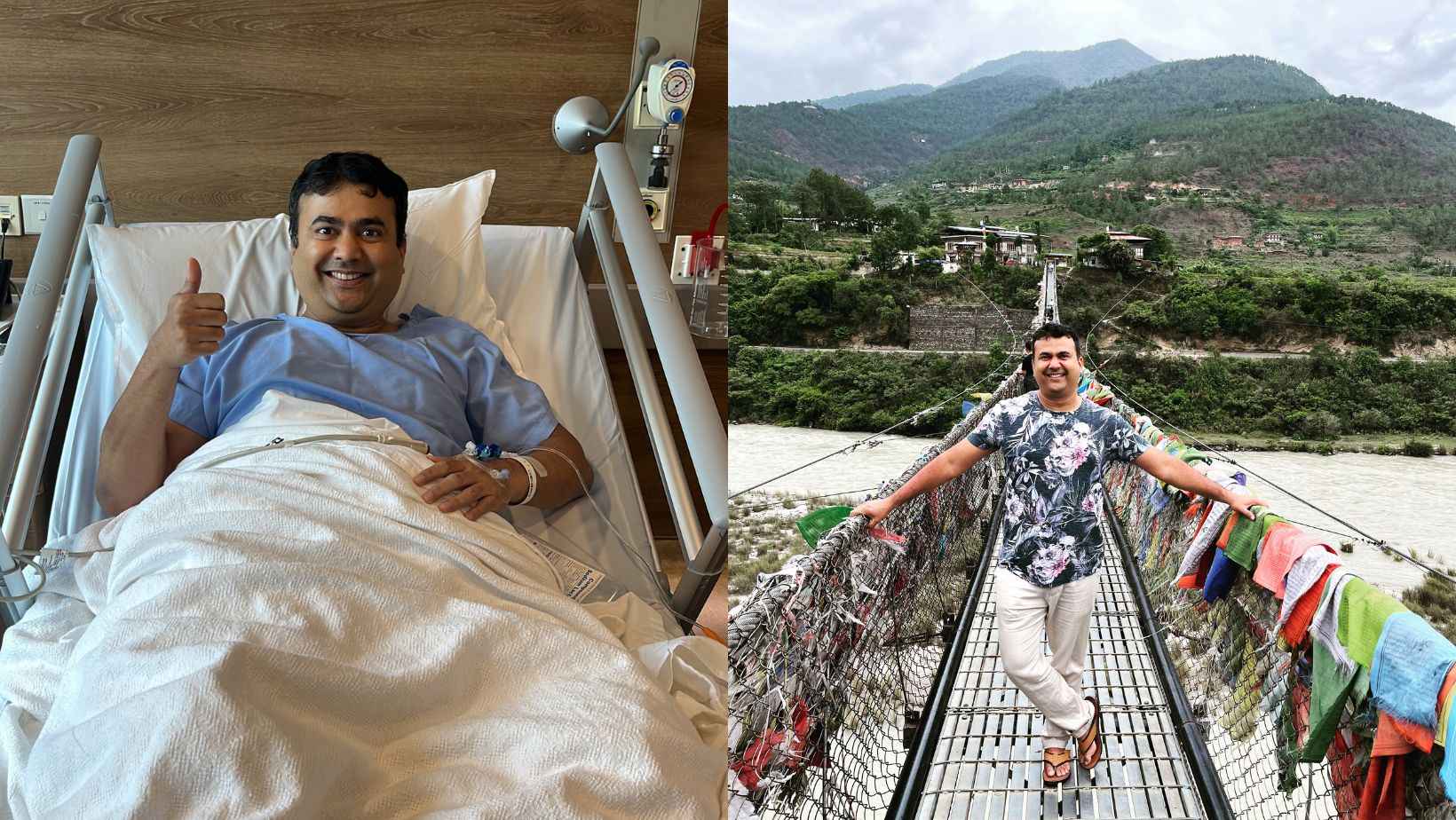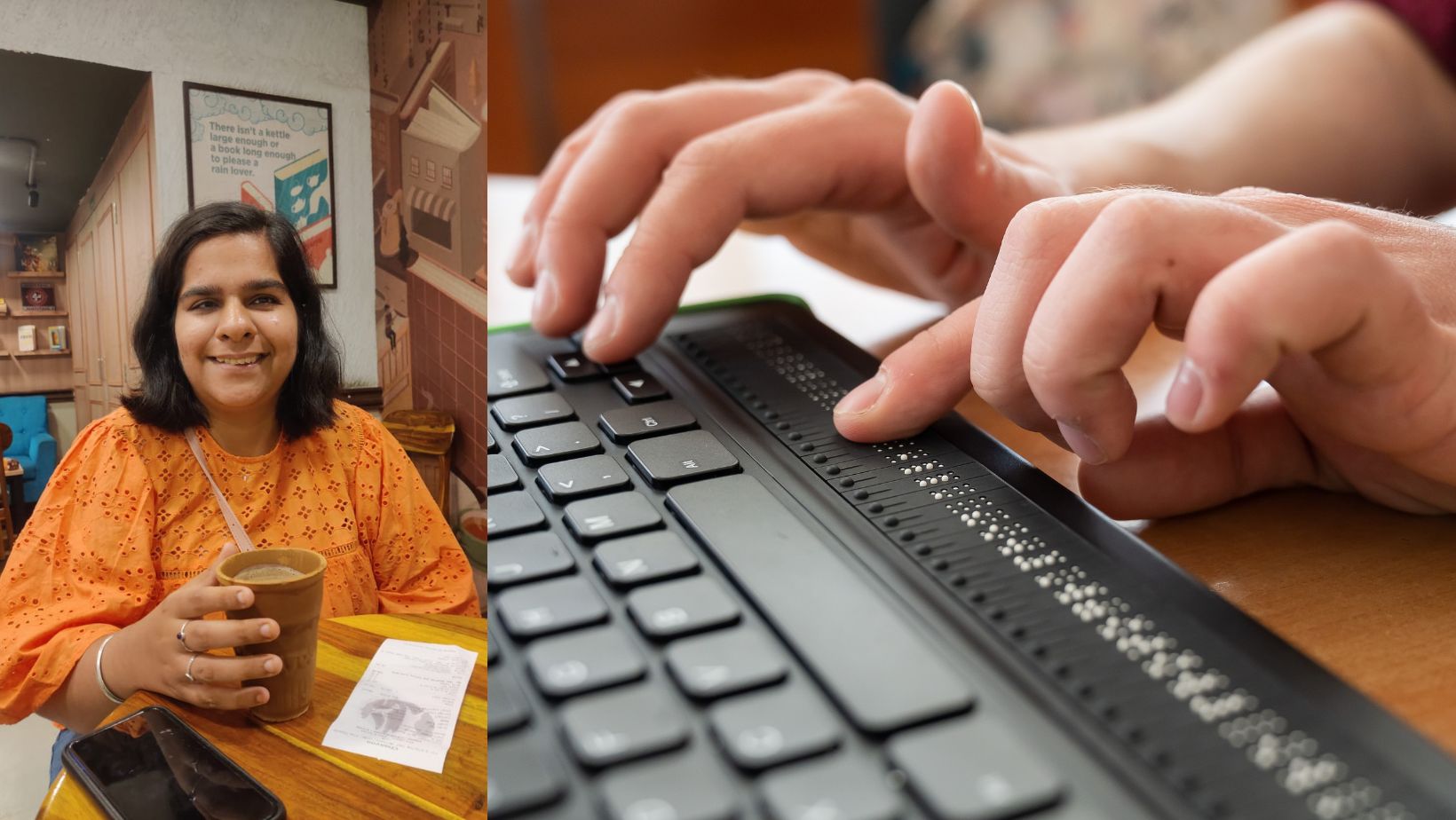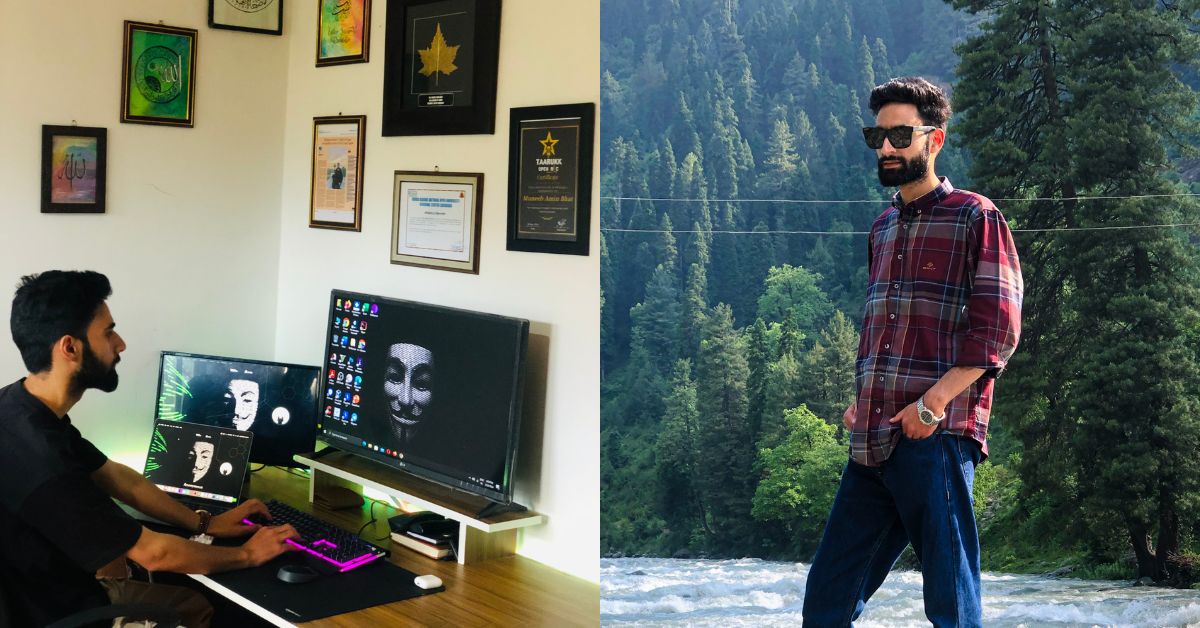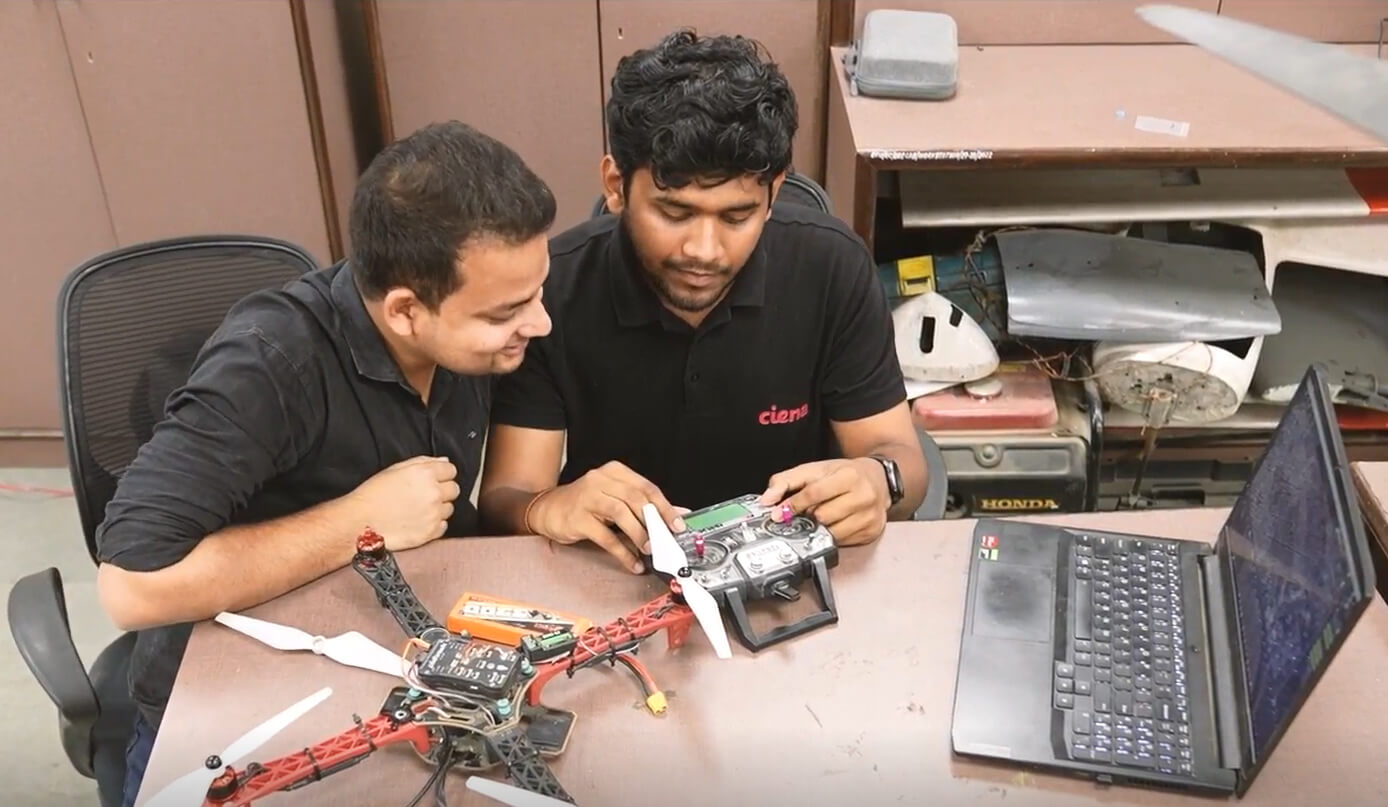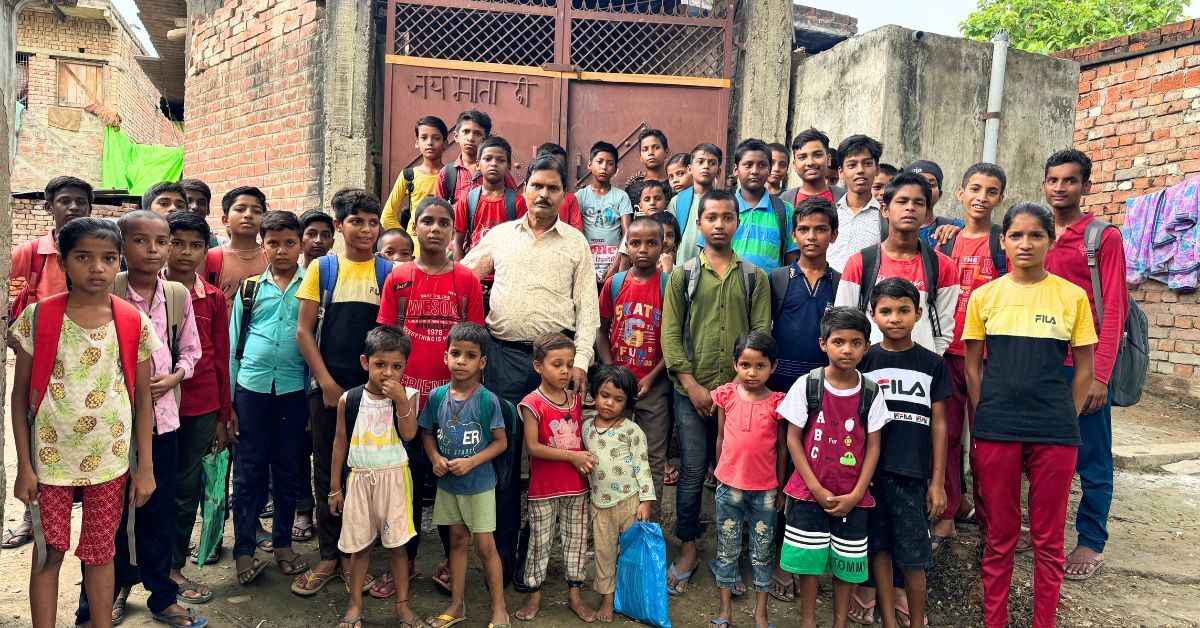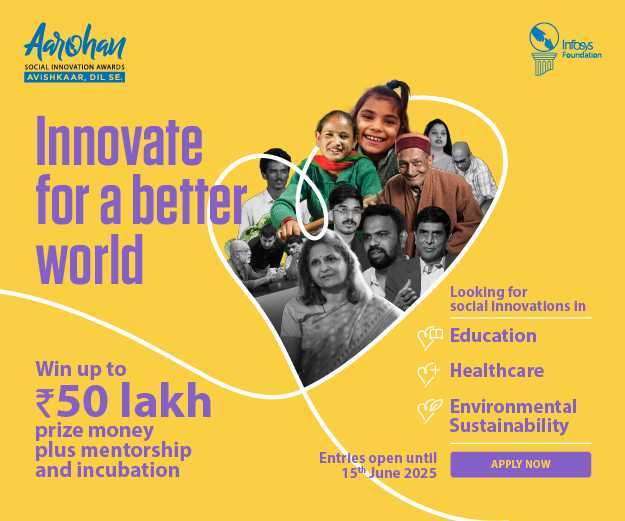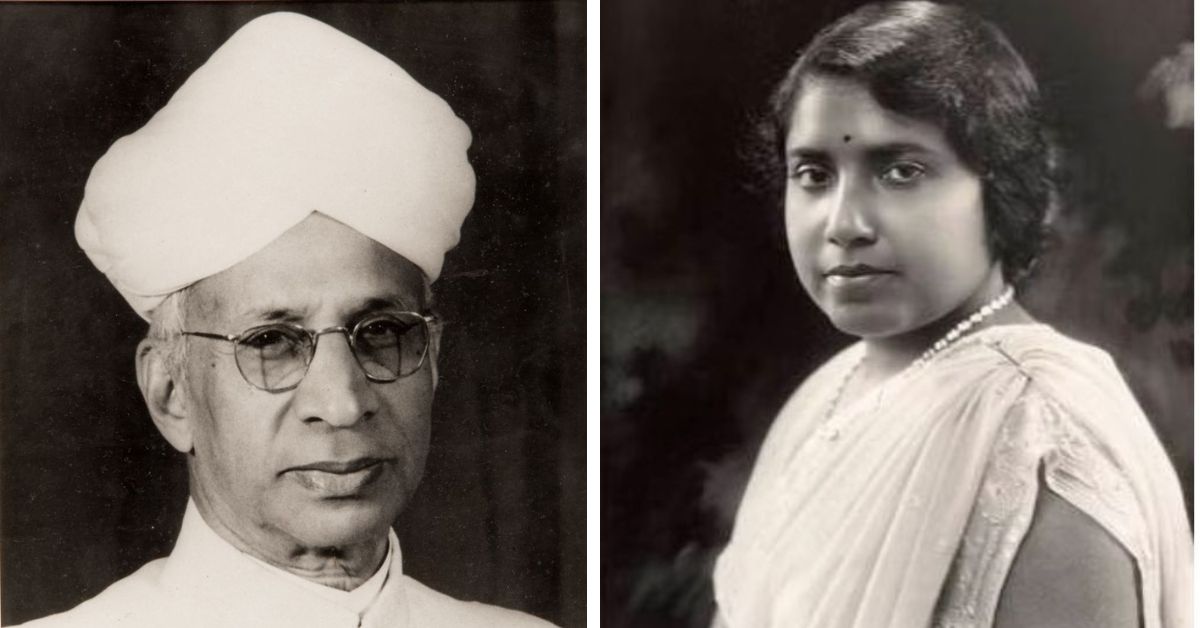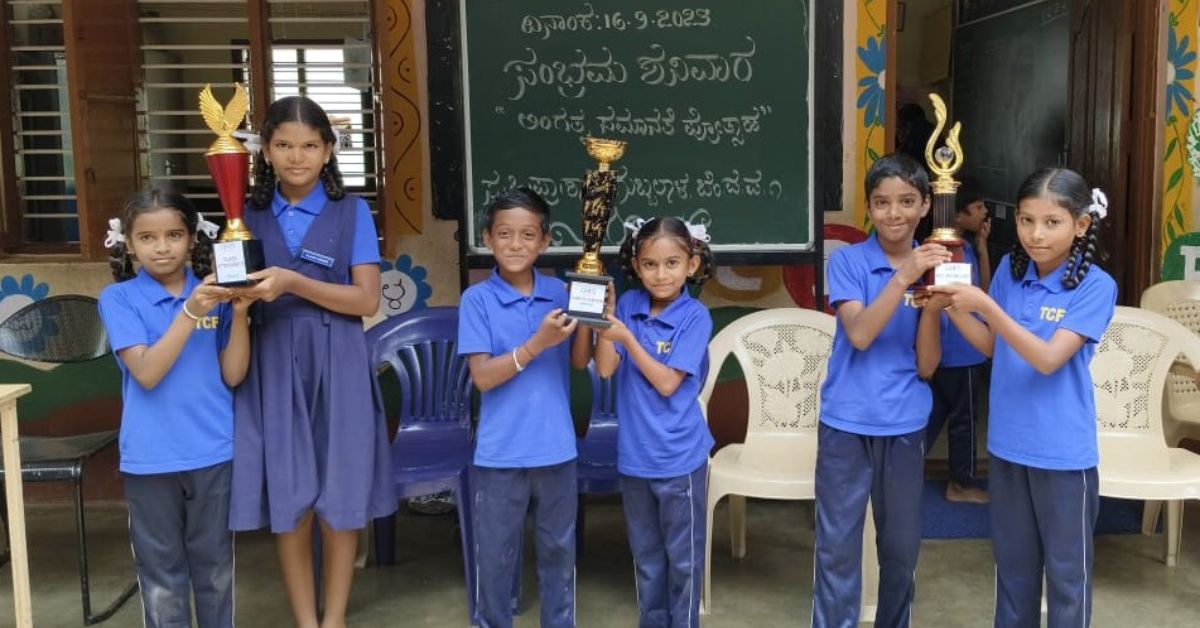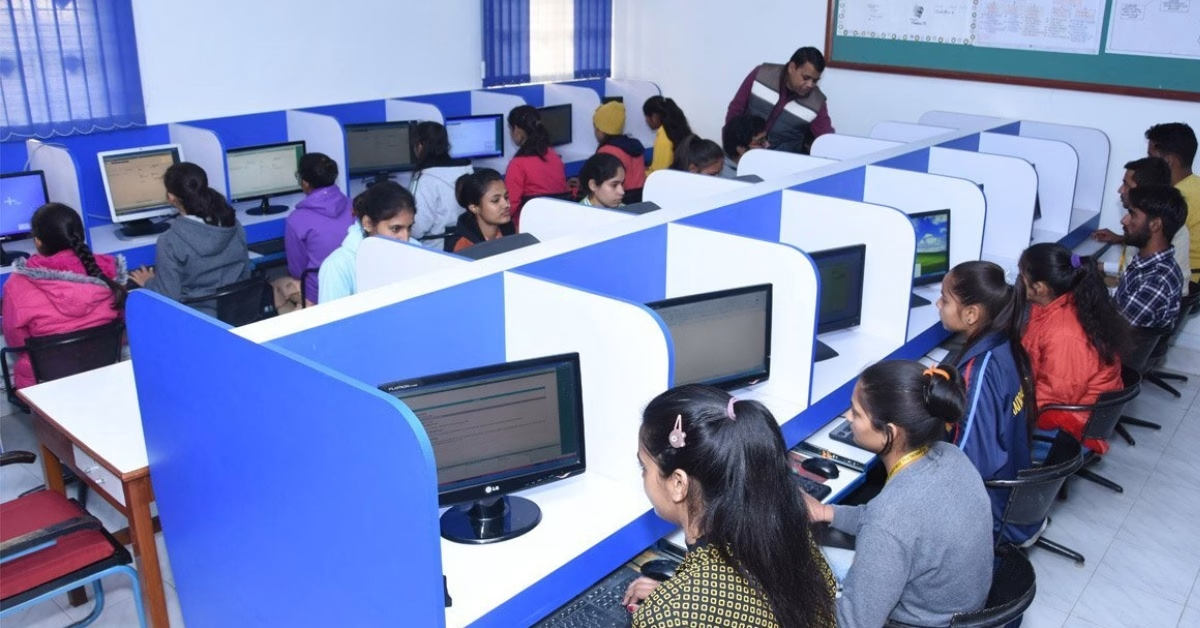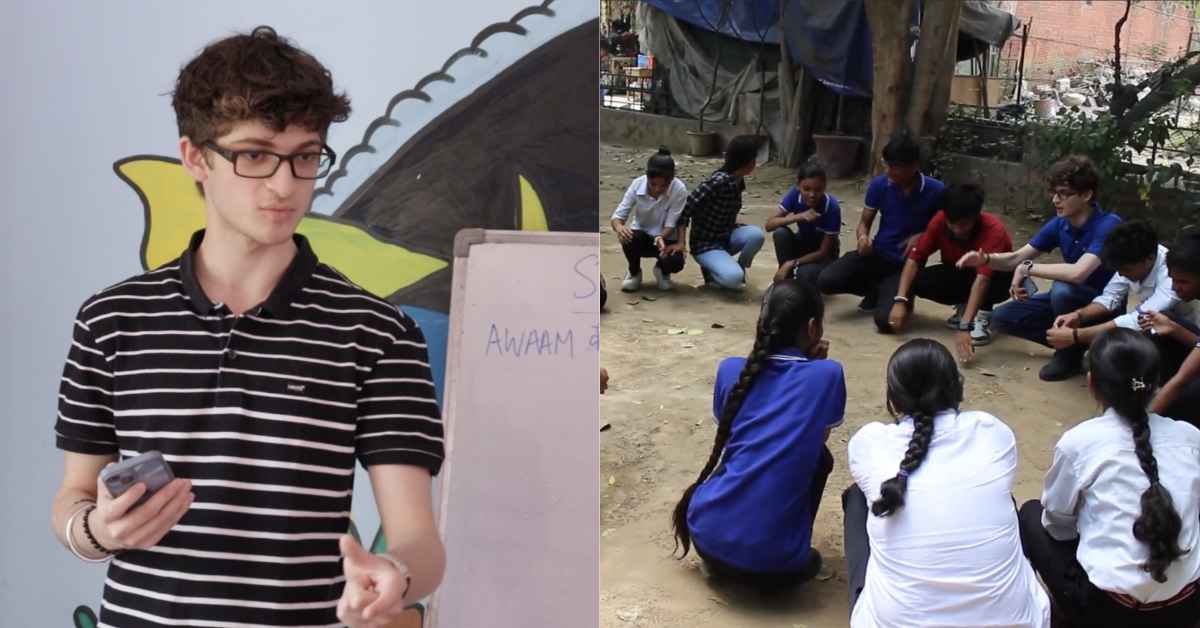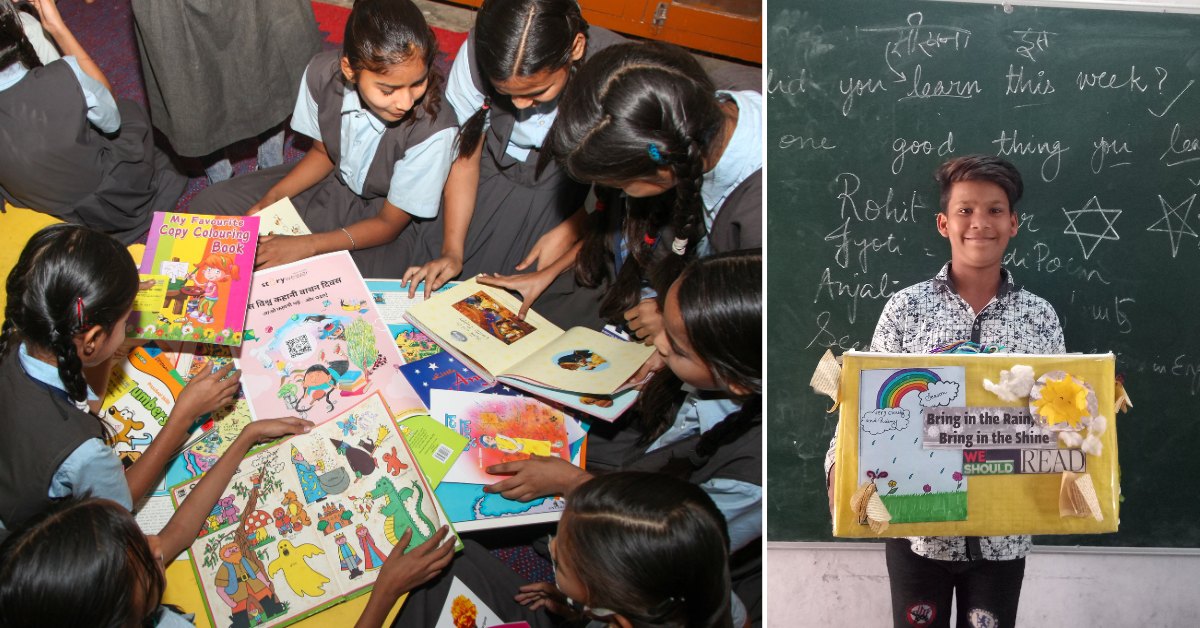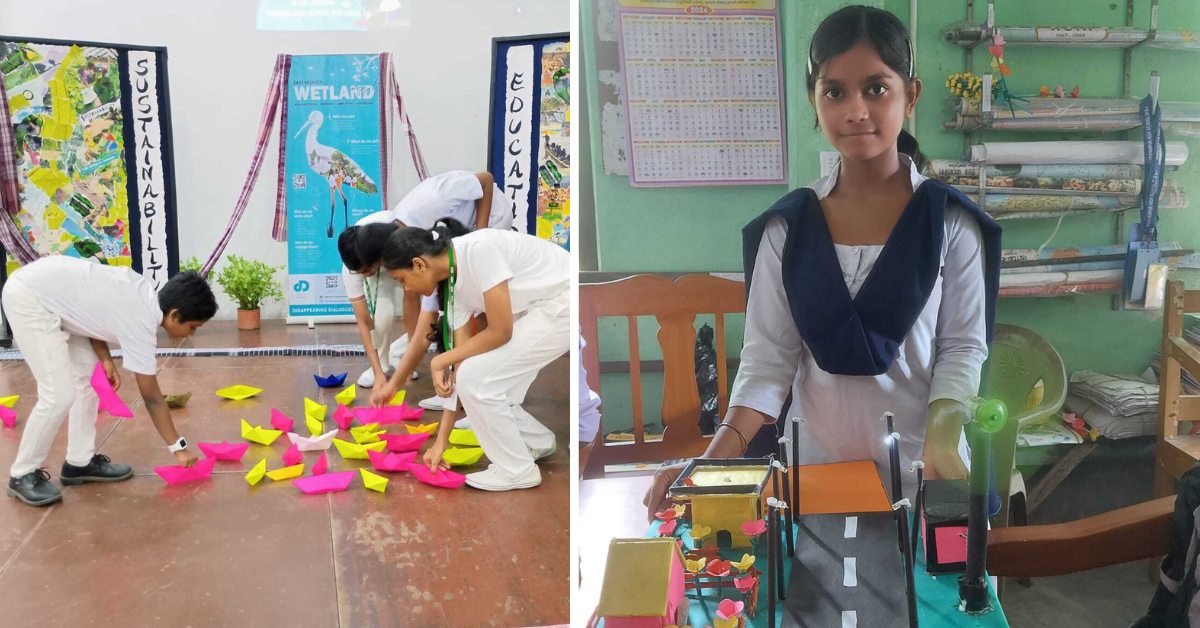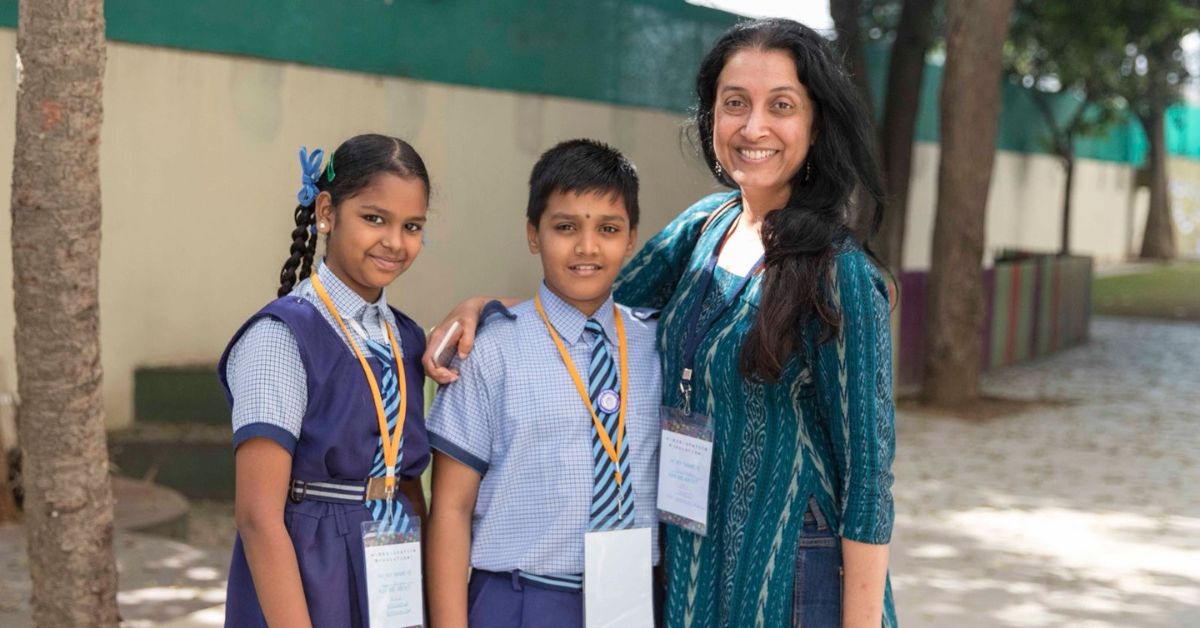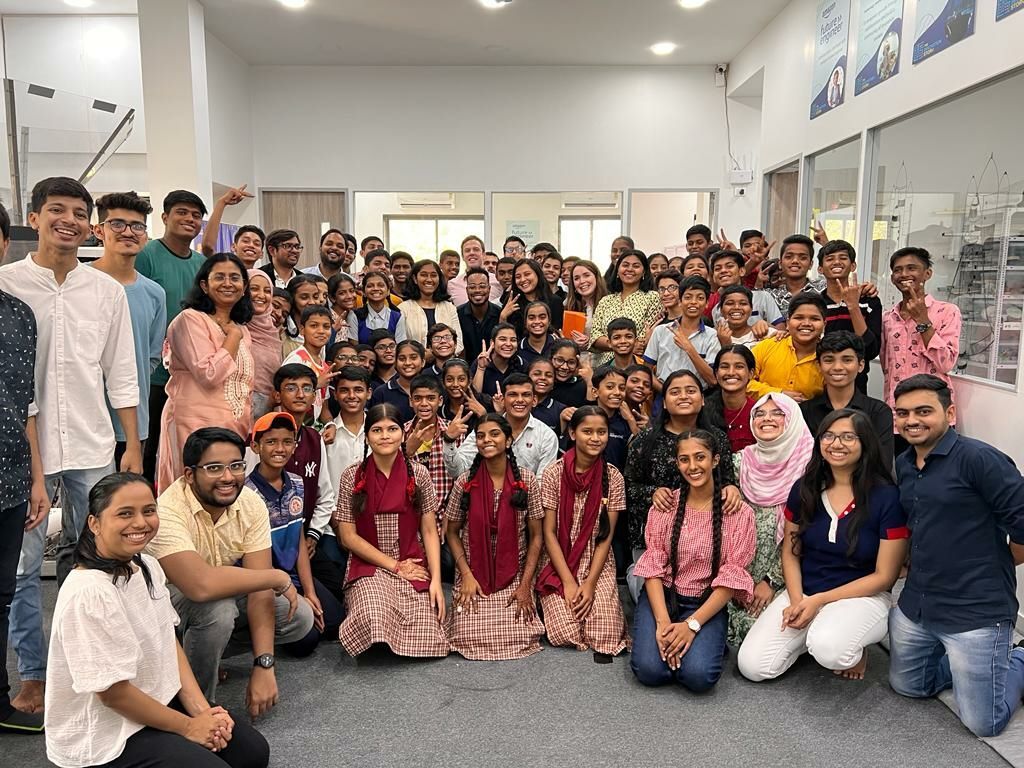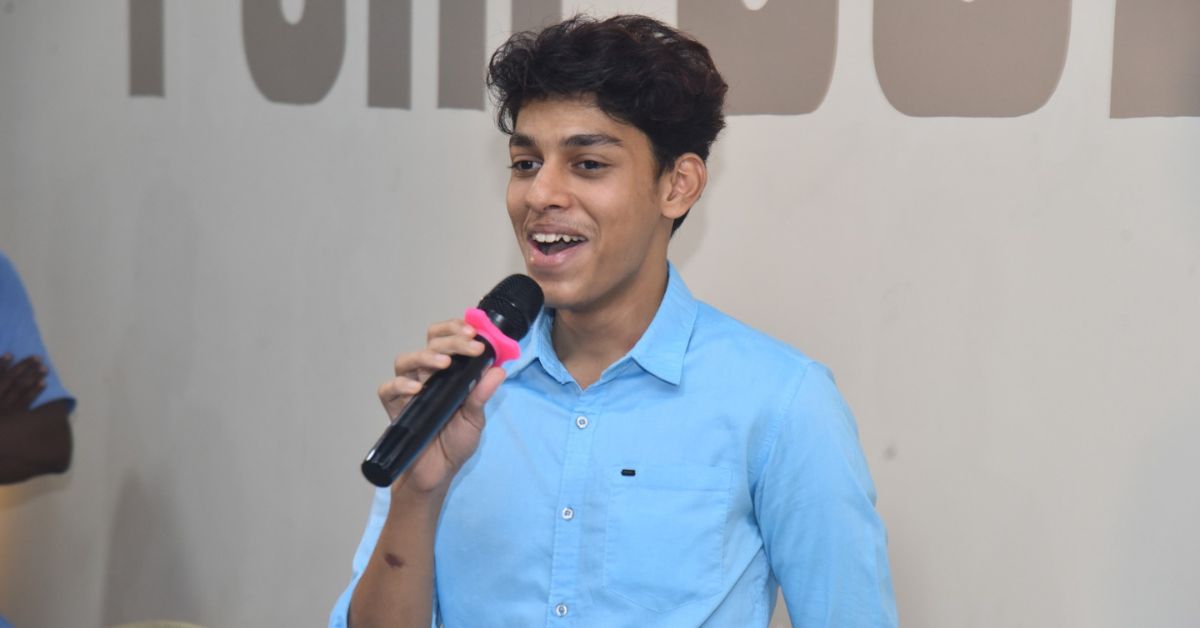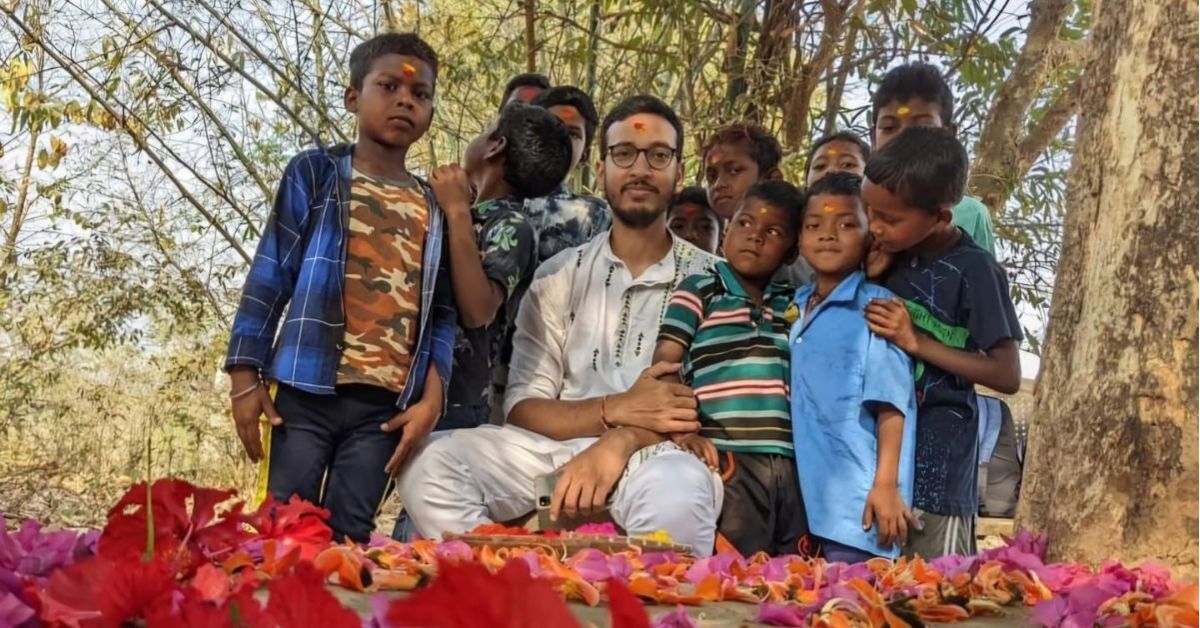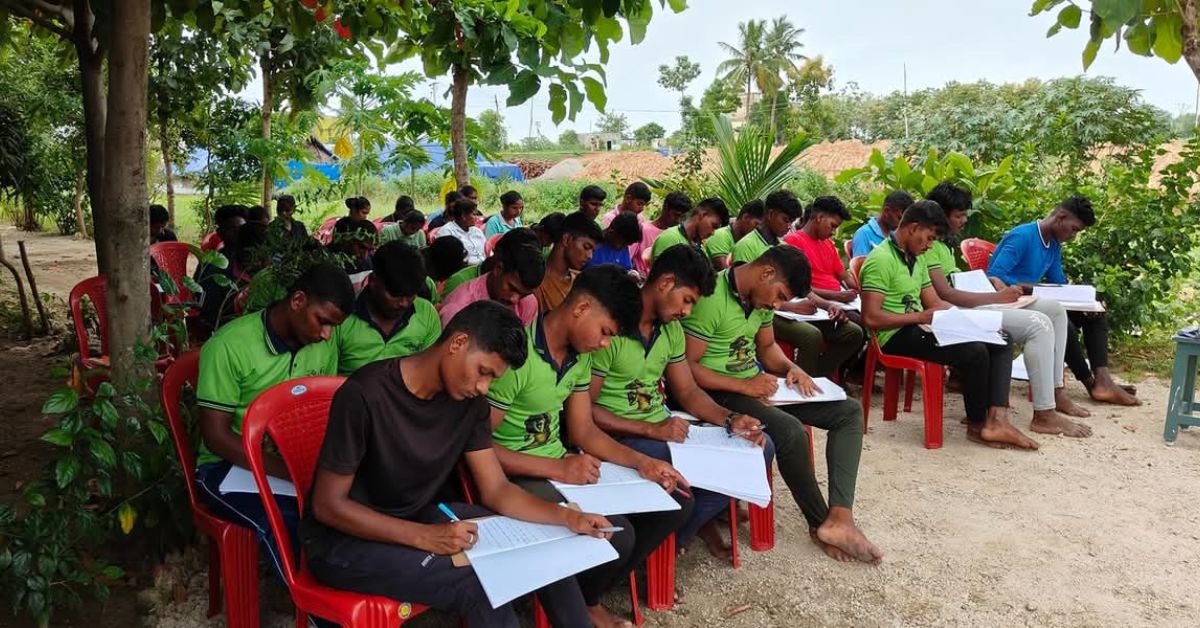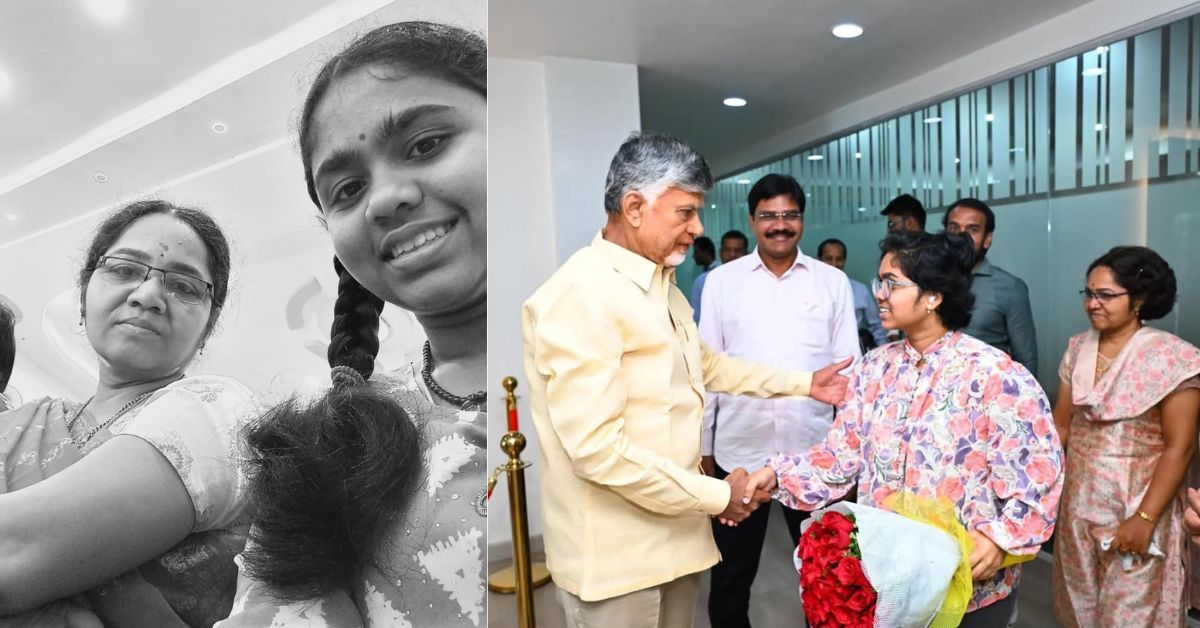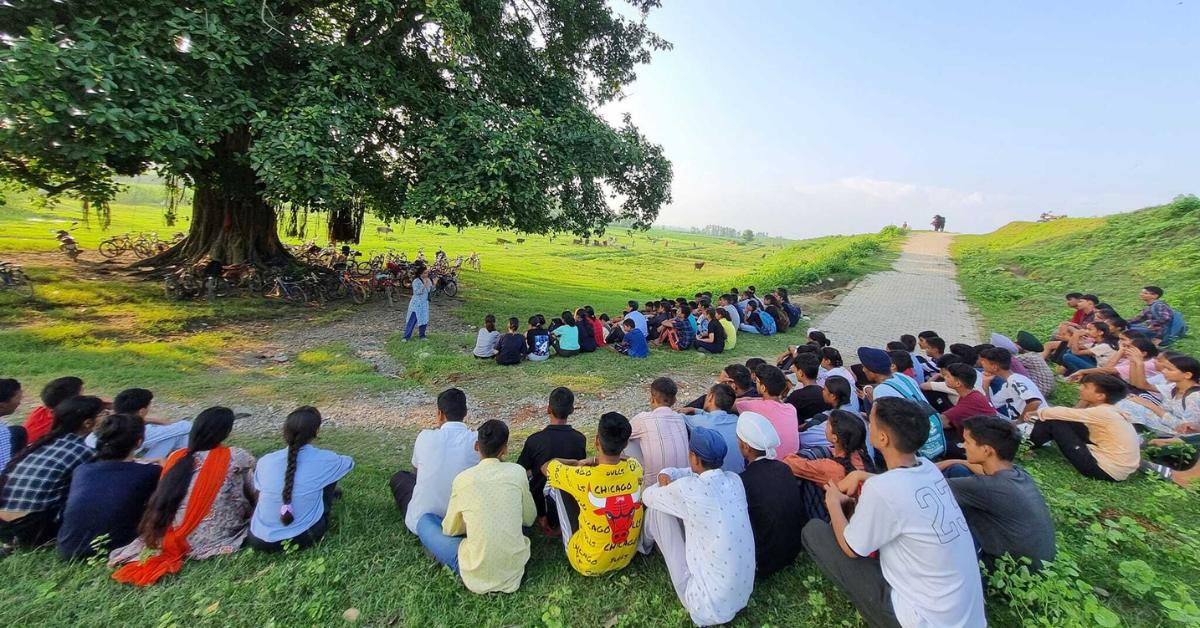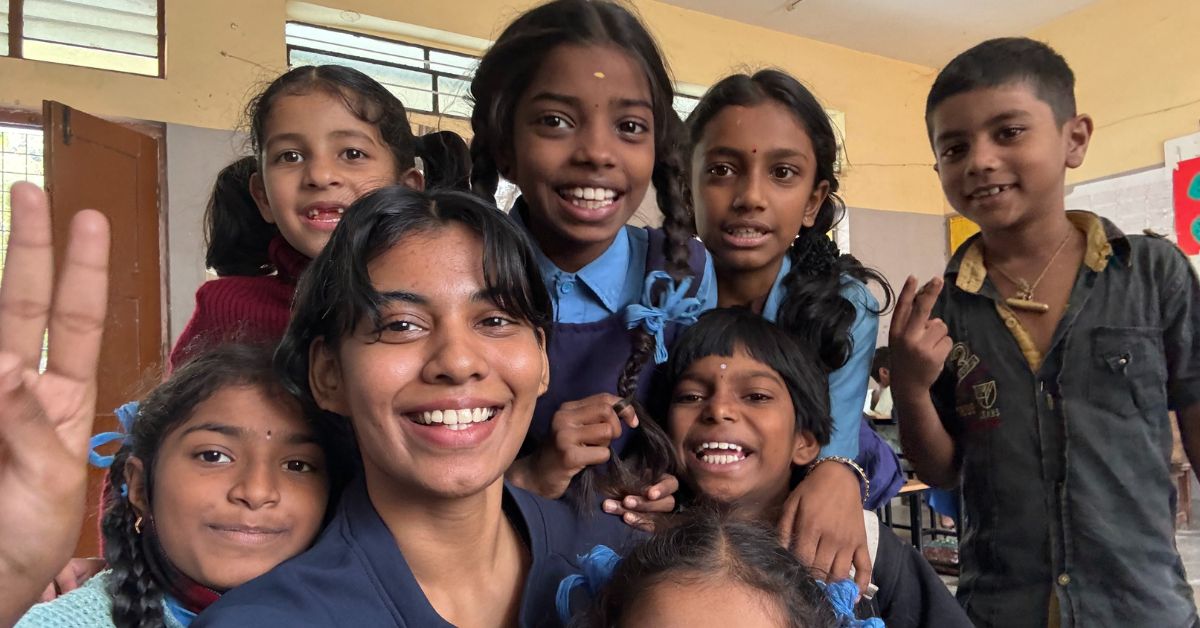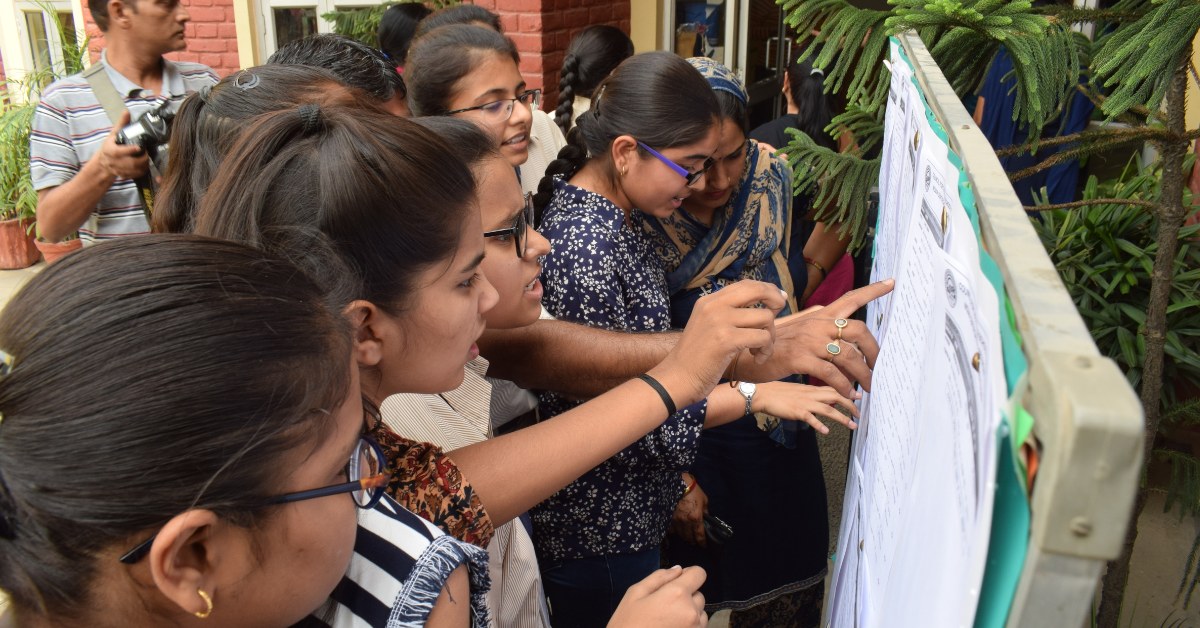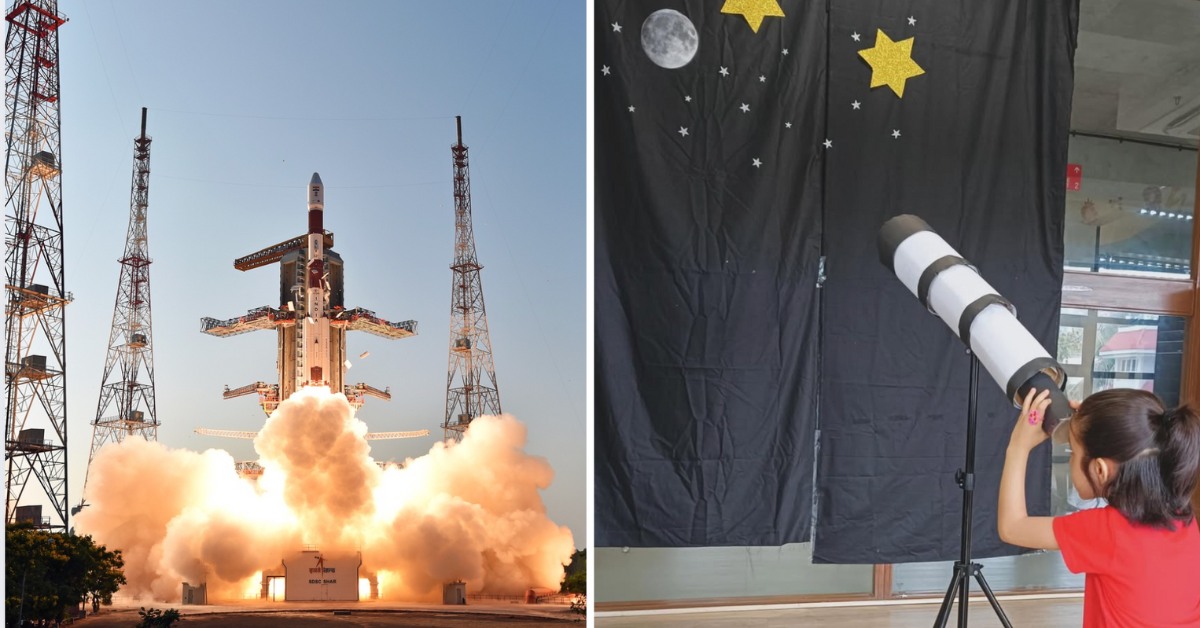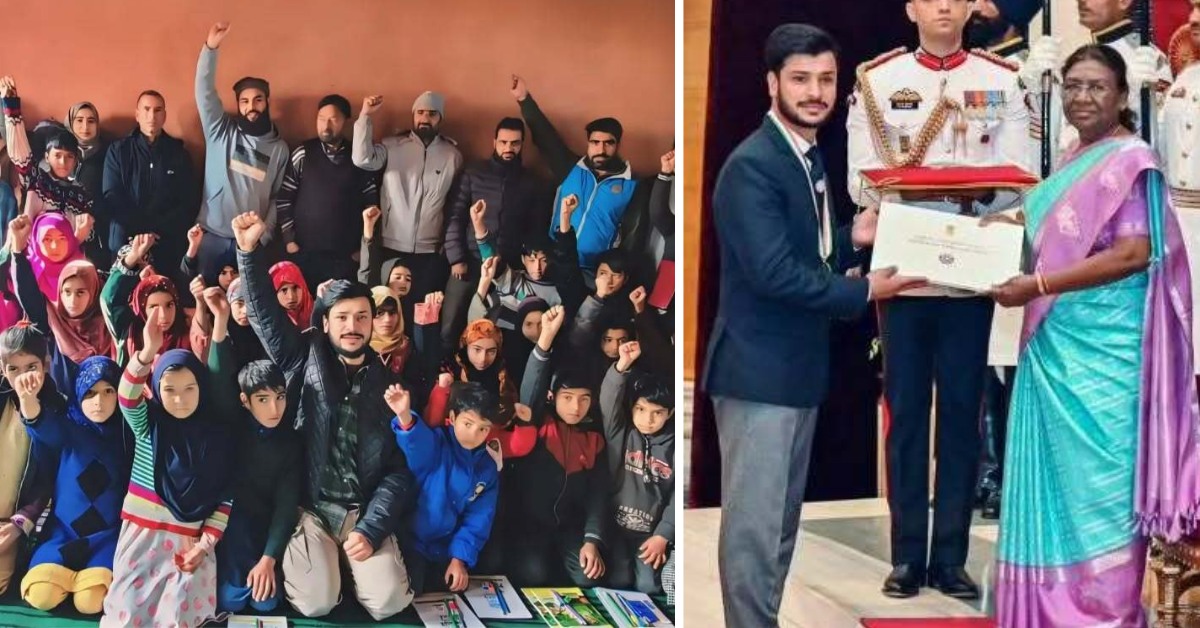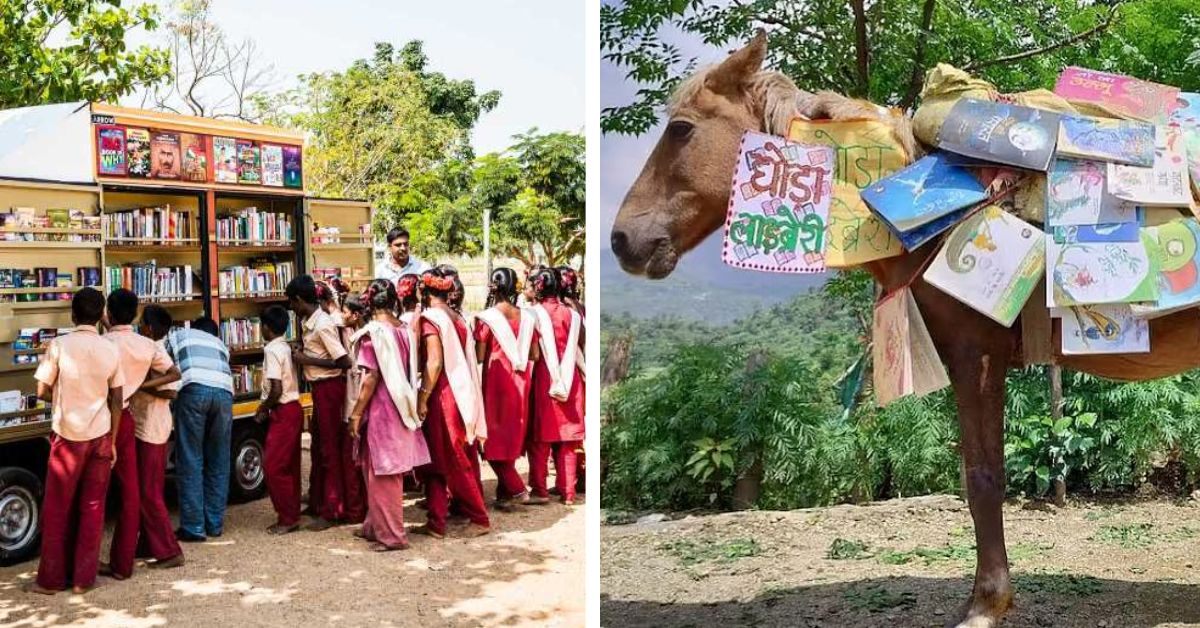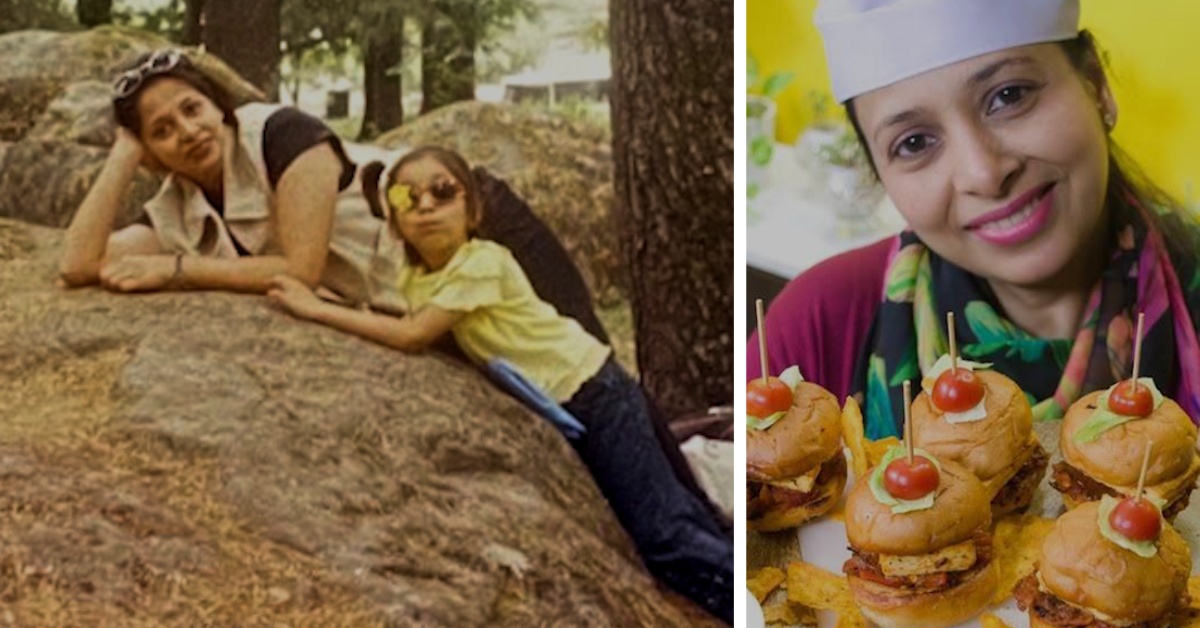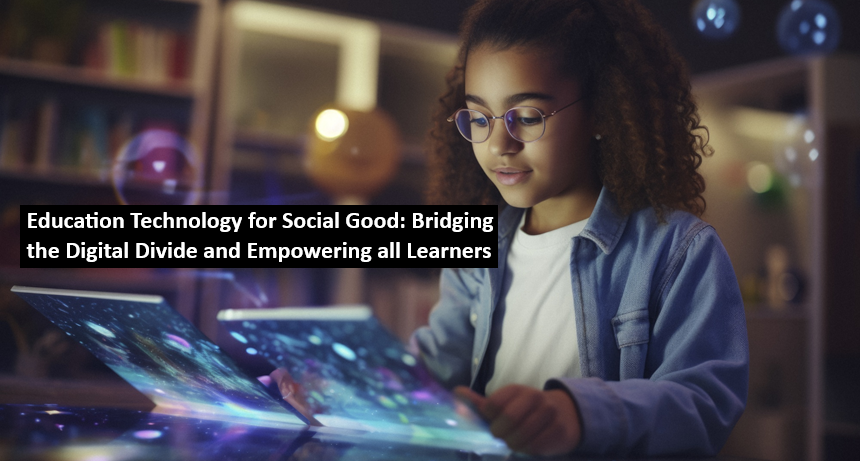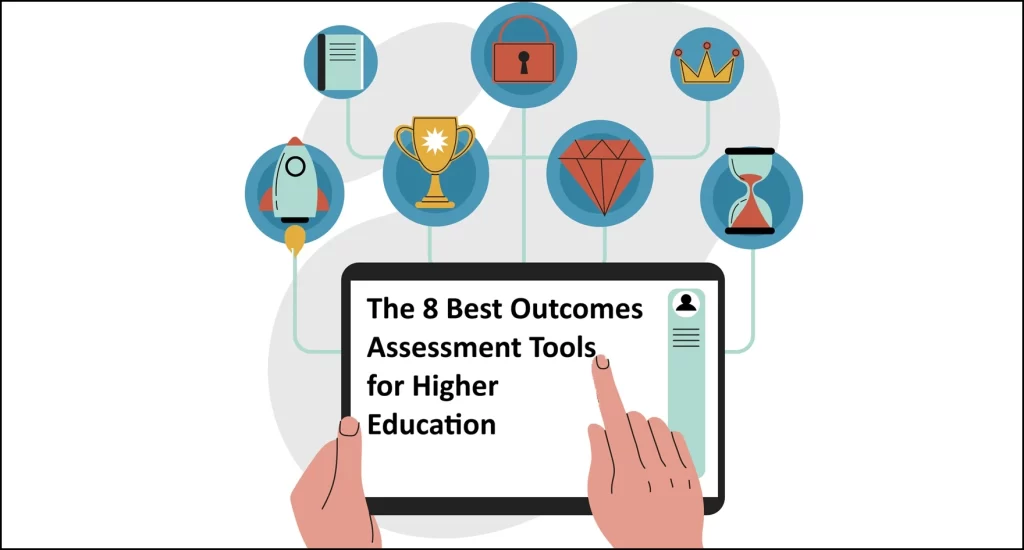In the Kukda gram panchayat of Rajasthan’s Rajsamand district, a humble classroom waits in eager silence. The air carries a sense of anticipation as a group of preschool children sit cross-legged, eyes glued to the door of the anganwadi centre.
Then, the door opens. The moment Abhilasha steps in, their faces light up with pure joy. Her bag overflows with treasures: clay, storybooks, number cards, colourful beaded ropes, vegetable illustrations, and an assortment of toys meant to spark learning.
A day in the life of a mentor mother
Abhilasha, a ‘mentor mother’, begins her day by distributing learning kits. Tiny hands dive into the clay, moulding shapes and refining their fine motor skills. Others start counting beads, taking their first steps in arithmetic. Slowly, the room transforms into a vibrant stage of creativity and curiosity.
“A magical transformation unfolds before me,” Abhilasha says, her voice carrying a mix of pride and wonder. “I watch as shy glances are replaced with curiosity, and hesitant voices find the courage to ask ‘why’ and ‘how’. In these moments, true learning begins.”

She narrates classic tales like The Rabbit and the Tortoise to teach moral values and patience to children aged three to six years. “These children not only gain academic skills but also learn about social skills and empathy. We have noticed behavioural changes too. They learn patience, and at home, they have started organising their almirahs, keeping shoes in order, and understanding cleanliness,” she adds.
Learning beyond classrooms
Miles away, in Jhalpa village, laughter echoes inside Hemlata’s modest home. Here, clinking utensils of different sizes and shapes turn into learning tools, and fresh vegetables become colourful teaching aids.

As children gather, Hemlata asks, “What vegetables did your parents bring home this week?” With this, she sparks a guessing game of red tomatoes, leafy greens, and purple brinjals. These simple, everyday items help children recognise colours, shapes, and numbers with ease.
“The villagers notice these changes too,” Hemlata shares. “Parents speak of children who once hid behind them now confidently reciting poems and introducing themselves without a catch in their voices.”
For Hemlata and Abhilasha, each curious question from a child feels like a step forward in their own journey, too. With every moment of teaching, they discover a little more about who they are.
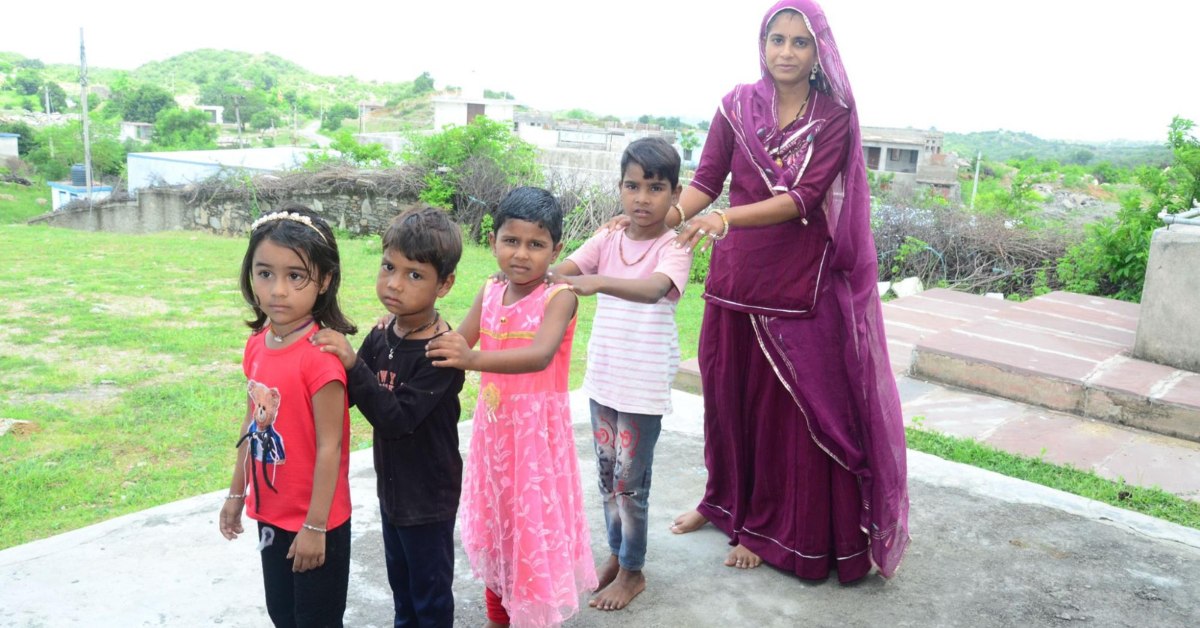
Empowering women to lead change
Hemlata, who studied till Class 12, longed to make a difference beyond her household. Since 2021, she has been working as a mentor mother under the Saajhi Shiksha Project of Larsen & Toubro (L&T), being implemented in partnership with an NGO. This initiative empowers women to become early educators for preschoolers in remote villages.
Hemlata’s confidence is evident. “In teaching, I found my voice,” she asserts. Beside her, Abhilasha nods in agreement: “Now, when I introduce myself, I stand as Abhilasha — not just someone’s daughter-in-law.”

Multiple challenges, one solution
The rugged landscapes of Bhim in the Rajsamand district have always known the struggles of water scarcity. When the L&T team first entered the region, its mission was singular: deliver water to those in desperate need.
But as water flowed into homes, another unquenched thirst surfaced — the thirst for education.
“The schools in Bhim are distant from the hamlets, separated by rough and hilly terrain. This makes it difficult for children to regularly attend school due to long travel times and challenging paths, especially for small children,” explains Mabel Abraham, head of the CSR (Corporate Social Responsibility) wing at L&T.

She adds that many families rely on marginal farming or migrate to cities for work, making it hard to prioritise or afford education for their children. “Access to preschool education is also limited, as anganwadi centres (government-run childcare centres) are few due to the low population density. This means early childhood education often goes unattended since reaching these centres requires long walks that are impractical for young children and their mothers.”
The challenges don’t end there. Schools often lack adequate infrastructure and teachers. “Sometimes, just two teachers manage classes across Classes 1 to 8. This multi-grade teaching in a single room further hampers quality education. The pandemic worsened the situation, as rural children had nearly no access to digital resources,” Mabel notes.
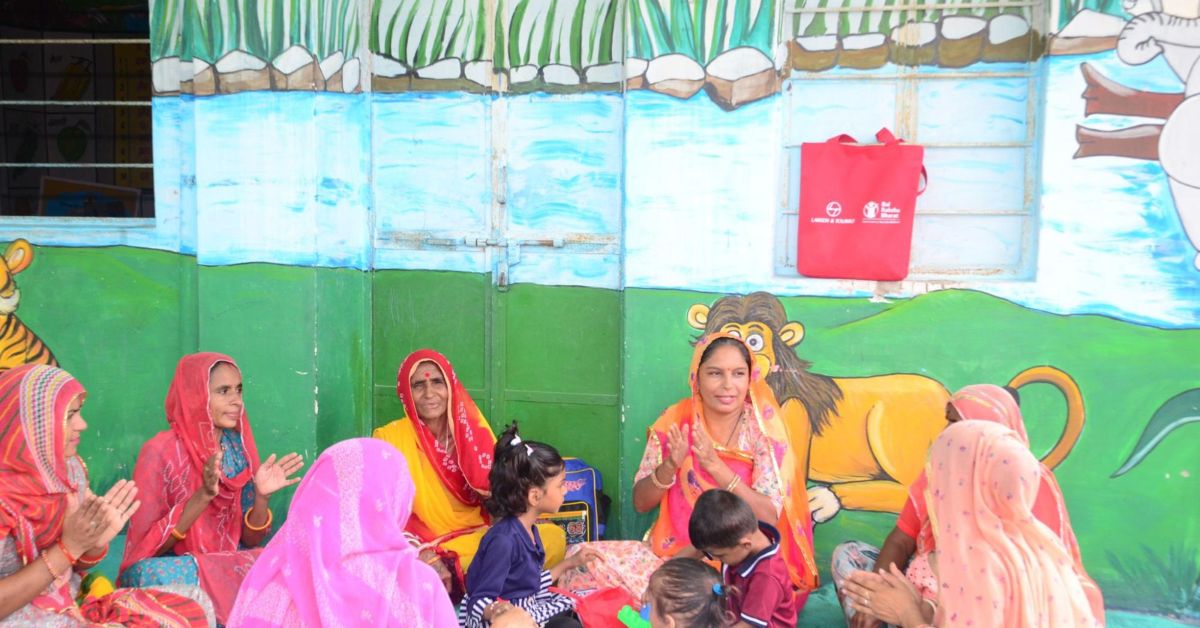
Laying the first stone for change
From this struggle came a bold idea for community-based learning. The goal was simple yet ambitious — to keep education alive even when schools were closed. This vision shaped the ‘Saajhi Shiksha Project’, designed to create locally managed education systems and break through longstanding barriers.
“The initiative’s aim is not only to address these gaps but also to create a sustainable model of community-driven education that can continue independently, empowering the community and improving educational outcomes,” says Mabel.

How one project is transforming rural learning
In partnership with L&T, ‘Bal Raksha Bharat’ (known globally as Save the Children), brought the vision of the Saajhi Shiksha project to life at the grassroots level. Neema Pant, operations lead with the non-profit for 15 years, explains, “Our goal was to involve the community, especially the mothers and the youth, to make education a shared responsibility.”
Besides mentor mothers, central to this mission are youth volunteers — passionate individuals from the same communities they serve, driven by a desire to give back. They receive extensive training not only in pedagogy and life skills but also in designing engaging teaching materials for children aged six to 15.

“They were trained to become mentors rather than mere tutors, helping children through subjects like maths, science, and language after school hours. These sessions take place in study centres created by repurposing unused buildings, including panchayat offices. Communities even donated spaces for these centres, proving this was not just an NGO initiative, but their own,” says Neema.
A day at a study centre
Every study centre hums with the chatter and laughter of children eager to learn. A typical day begins with volunteers arriving early to make the space inviting. Children break into small groups for lessons, where interactive games make learning fun. Difficult concepts are explained with relatable examples, often drawn from daily life.
The story doesn’t end in the classroom.
As the sun sets, the day ends with closing sessions led by volunteers. Children reflect on what they have learnt, ask questions, and discuss challenges. It’s more than academic support — it’s a safe space for building confidence and support.

For Laxmi, a BA graduate from Lasadiya Gram Panchayat who joined as a youth volunteer in 2020, these moments hold special meaning. Reflecting on her journey, she shares, “Training to engage with children aged six to 15 has been a transformative experience for me. I teach Hindi and maths, and I use innovative kits with number cards to help the students grasp concepts more clearly. These teaching aids, available at the learning resource centre, have immensely benefited the children.”
What Laxmi loves the most is simplifying complex ideas for the kids. “I believe these methods not only build their confidence but also encourage open communication. It’s rewarding to see them prepare themselves for a brighter future.”
A movement that inspires hope
Today, the Saajhi Shiksha Project operates 19 study centres across eight villages — Kukda, Barla Chauda, Raja Rel, Mohariya, Jhalpa, Lasadiya, Karkala, and Rupa Rel — reaching 465 children, training 40 mothers, and mobilising over 300 youth volunteers in Bhim.
Mabel shares that the project has sparked real change — children are learning better, and mothers are stepping forward as confident changemakers. “Children have shown better performance, and some have secured admission to other schools. Students involved in the programme display a renewed interest in learning and adapt more quickly to classroom activities compared to those without similar support. Besides, community feedback has been positive, and their involvement ensures these initiatives remain sustainable in the long run,” she says.

The once isolated and unengaged community now thrives.
With the Saajhi Shiksha Project at its heart, this change feels alive in every child and every home. Back in that humble classroom in Kukda, where curious eyes once waited eagerly at the anganwadi door, the promise has been kept. Each child who now sings, counts, and questions is proof of what a community can achieve when learning becomes a shared dream.
This article is in partnership with Larsen & Toubro.



